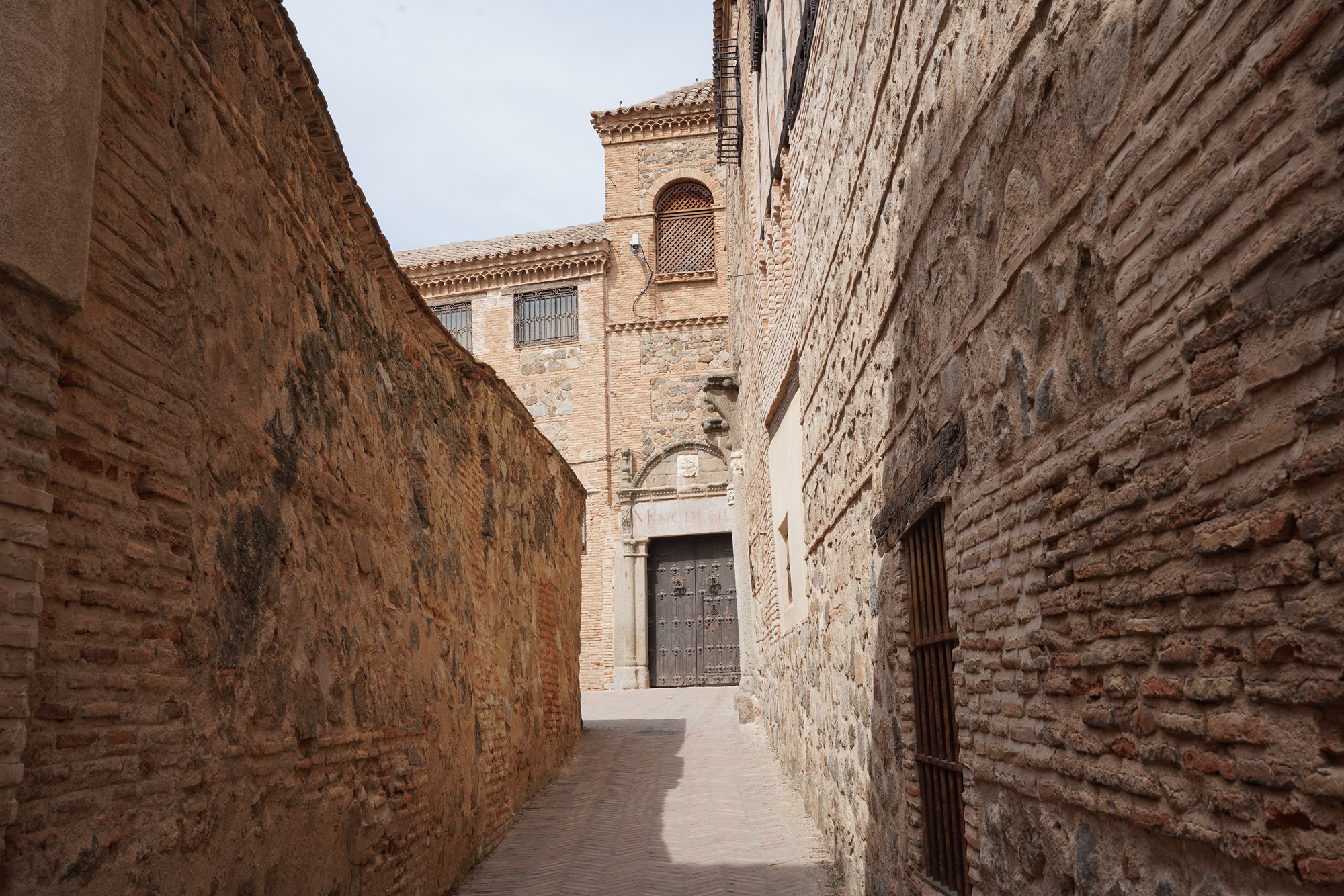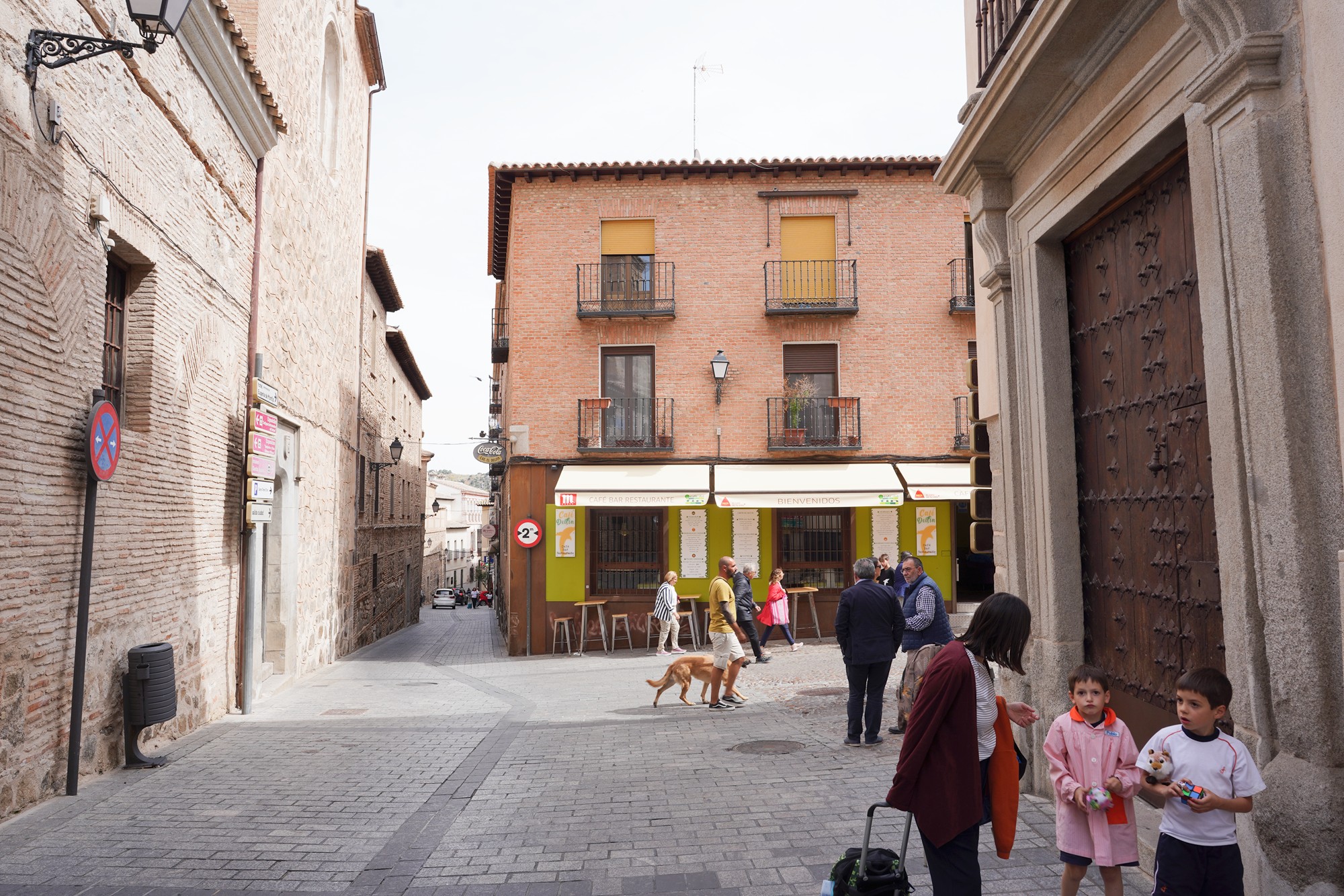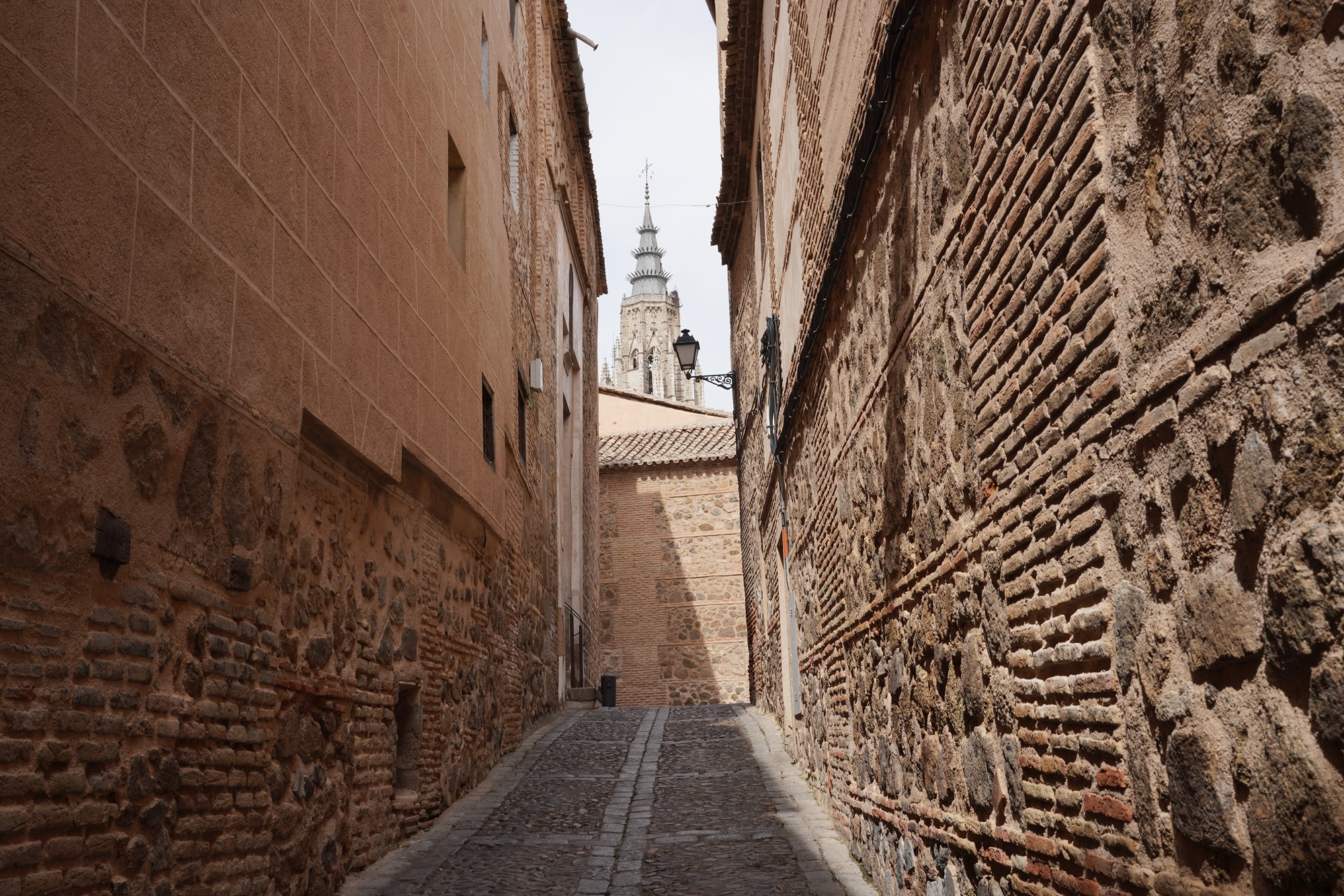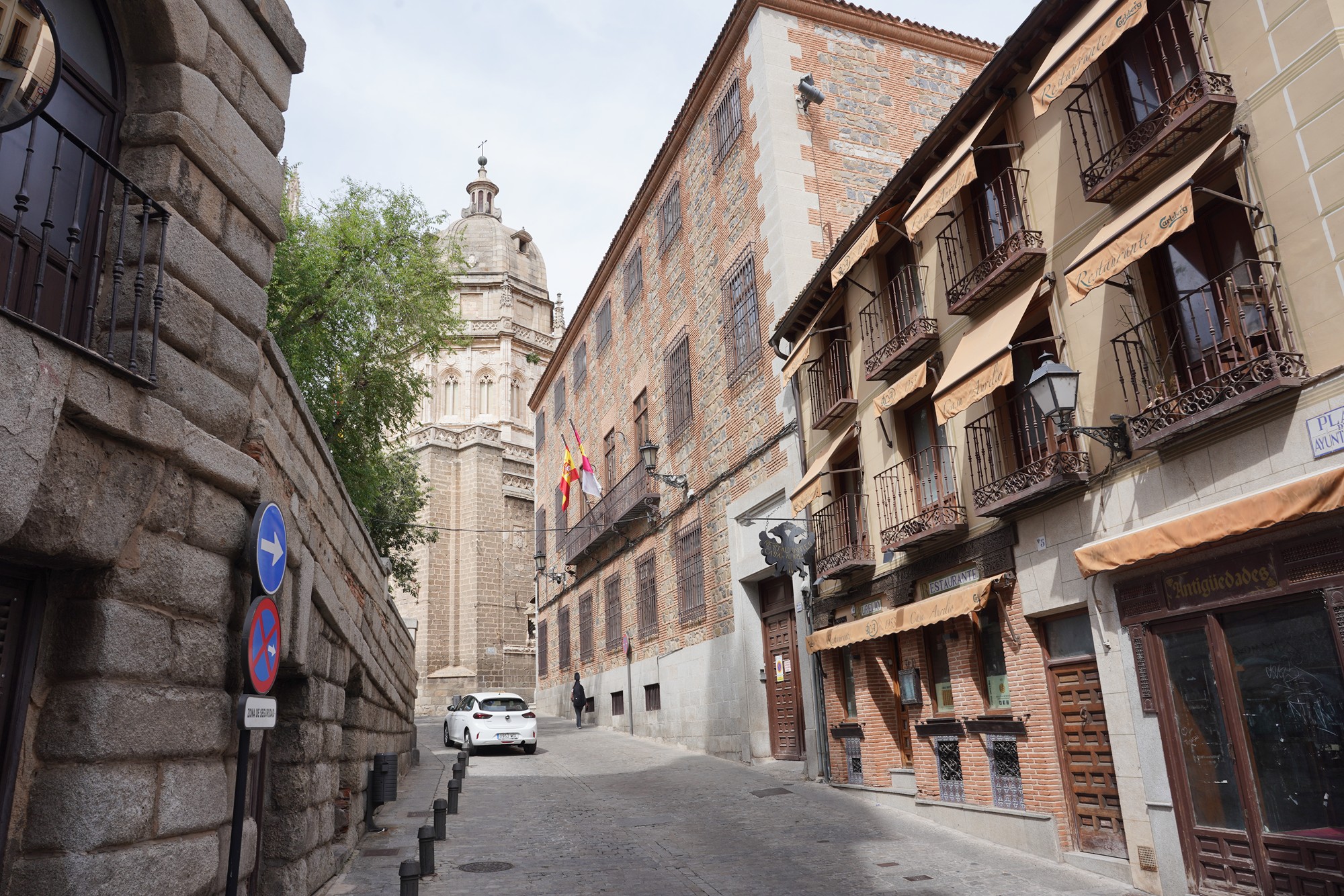Toledo – West Side Walk, Spain
Toledo is a historic city located in central Spain, about 70 kilometers south of Madrid. It is the capital of the province of Toledo and is renowned for its rich history, cultural heritage, and architectural beauty. 682
Toledo: Calle Cardenal Cisneros, 1, 45002 Toledo, Spain
Date Picture Taken: May 2023
Toledo has a long and diverse history that dates back to ancient times. It was first settled by the Celts, and later became a Roman municipality. Under Visigothic rule, it served as the capital of the Visigothic Kingdom in the 6th and 7th centuries. After the Muslim conquest in 711, it became a prominent center of Islamic culture and learning. In 1085, it was captured by Alfonso VI of Castile, marking its incorporation into Christian Spain.
I divided Toledo walking into two sides, the west side and the east side. This blog shows the walk on the west side. The walk started near Plaza del Ayuntamiento.
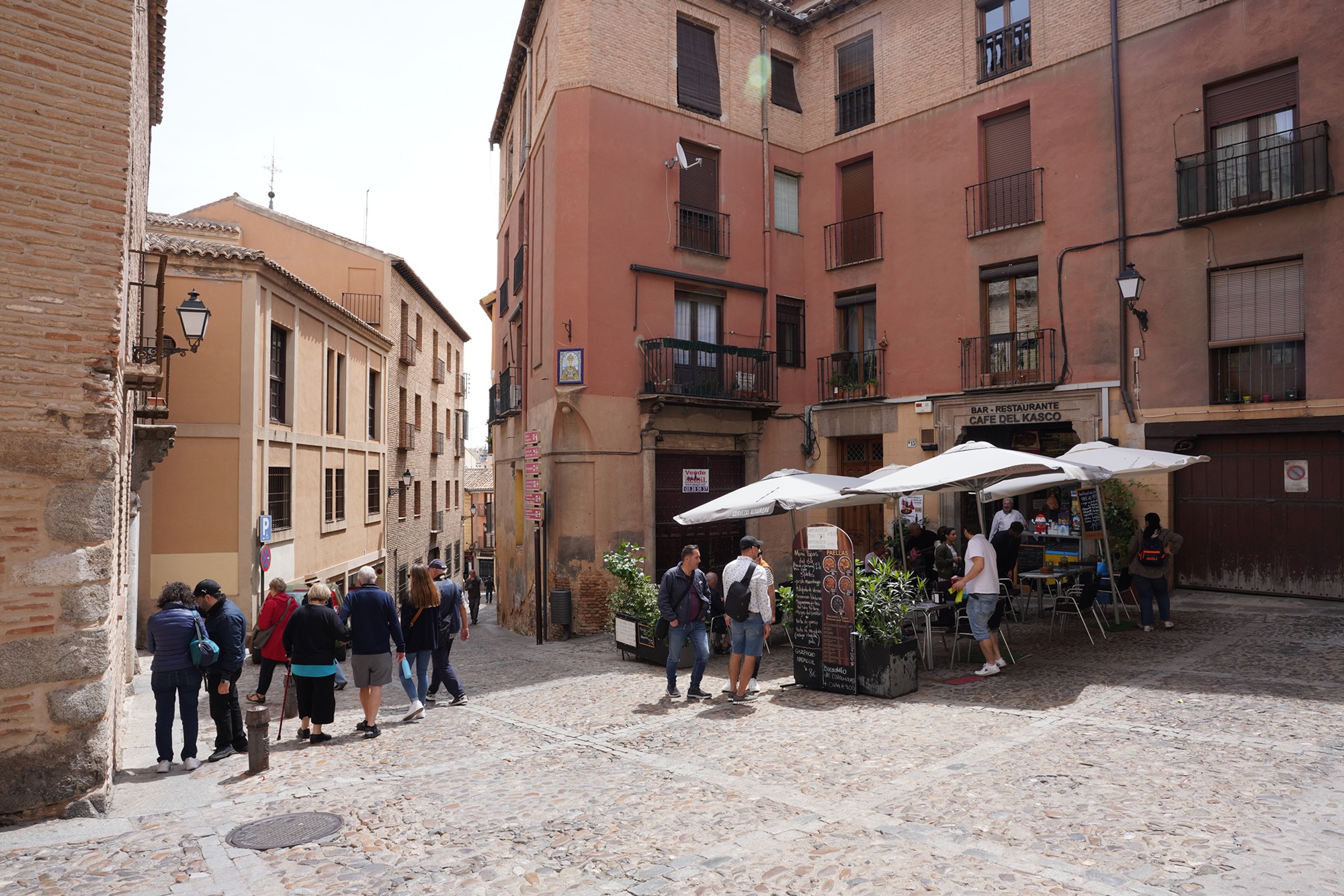
Toledo is full of narrow streets. It seldom has large empty spaces.

The city is hilly, and the road is either inclined or declined.
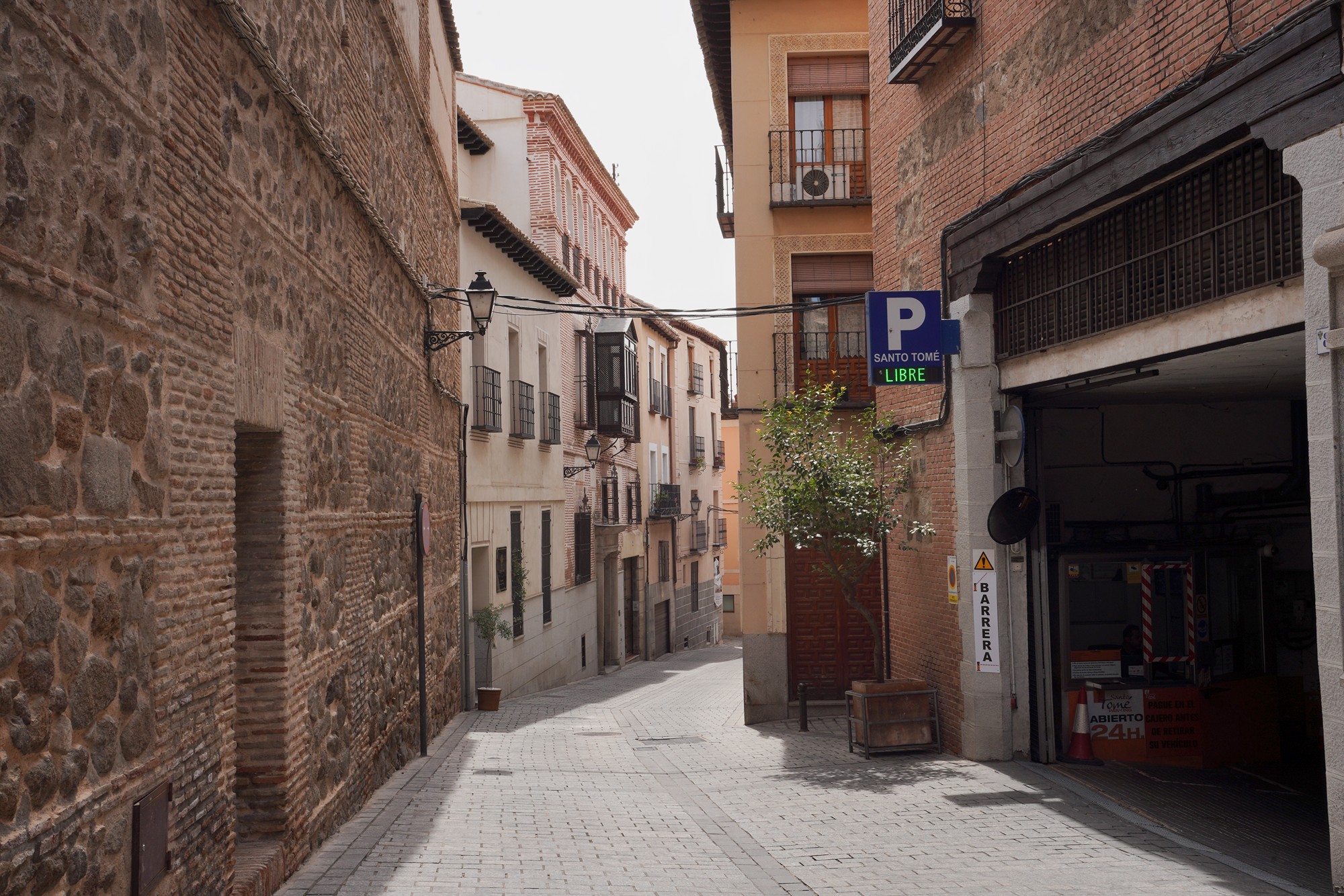
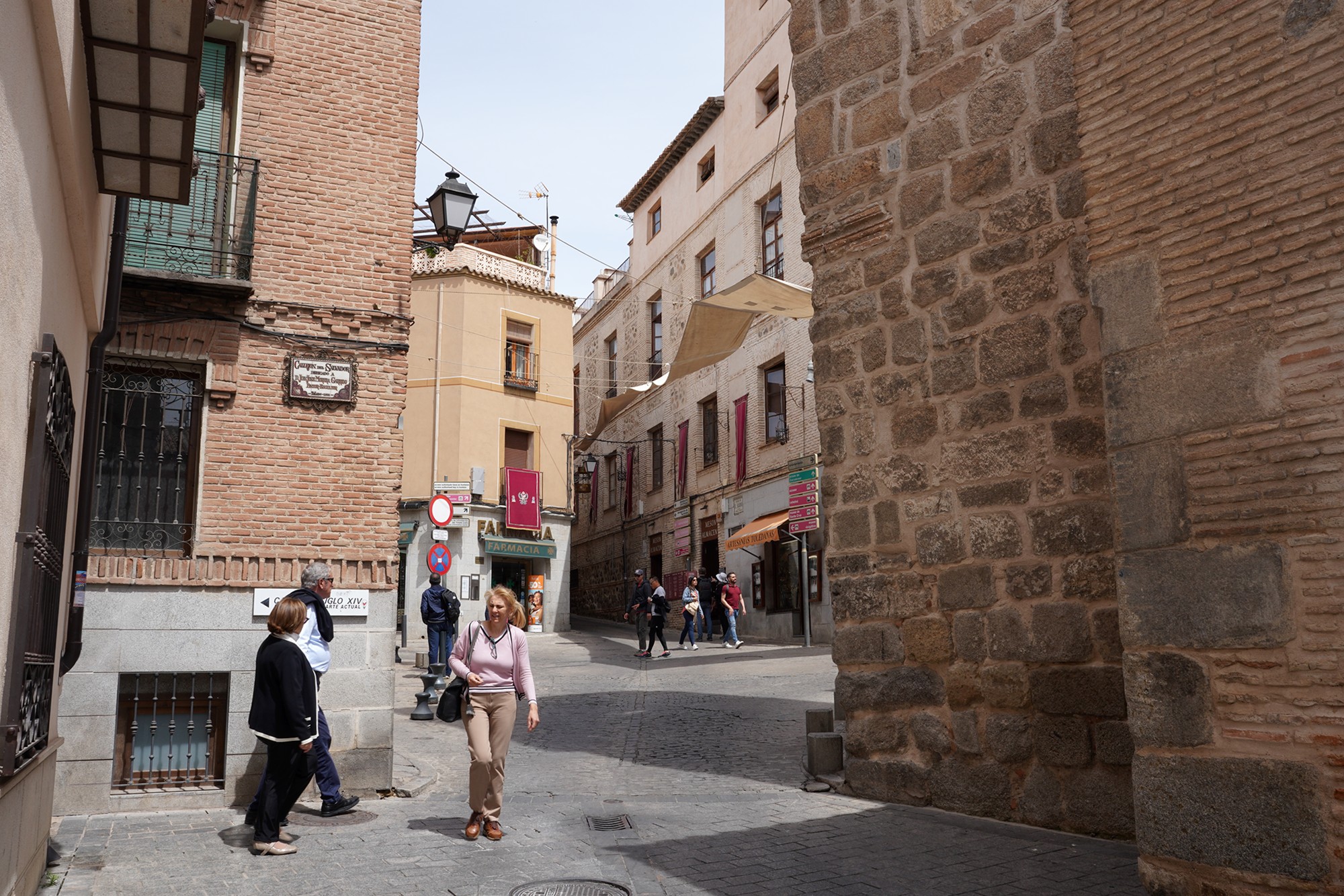


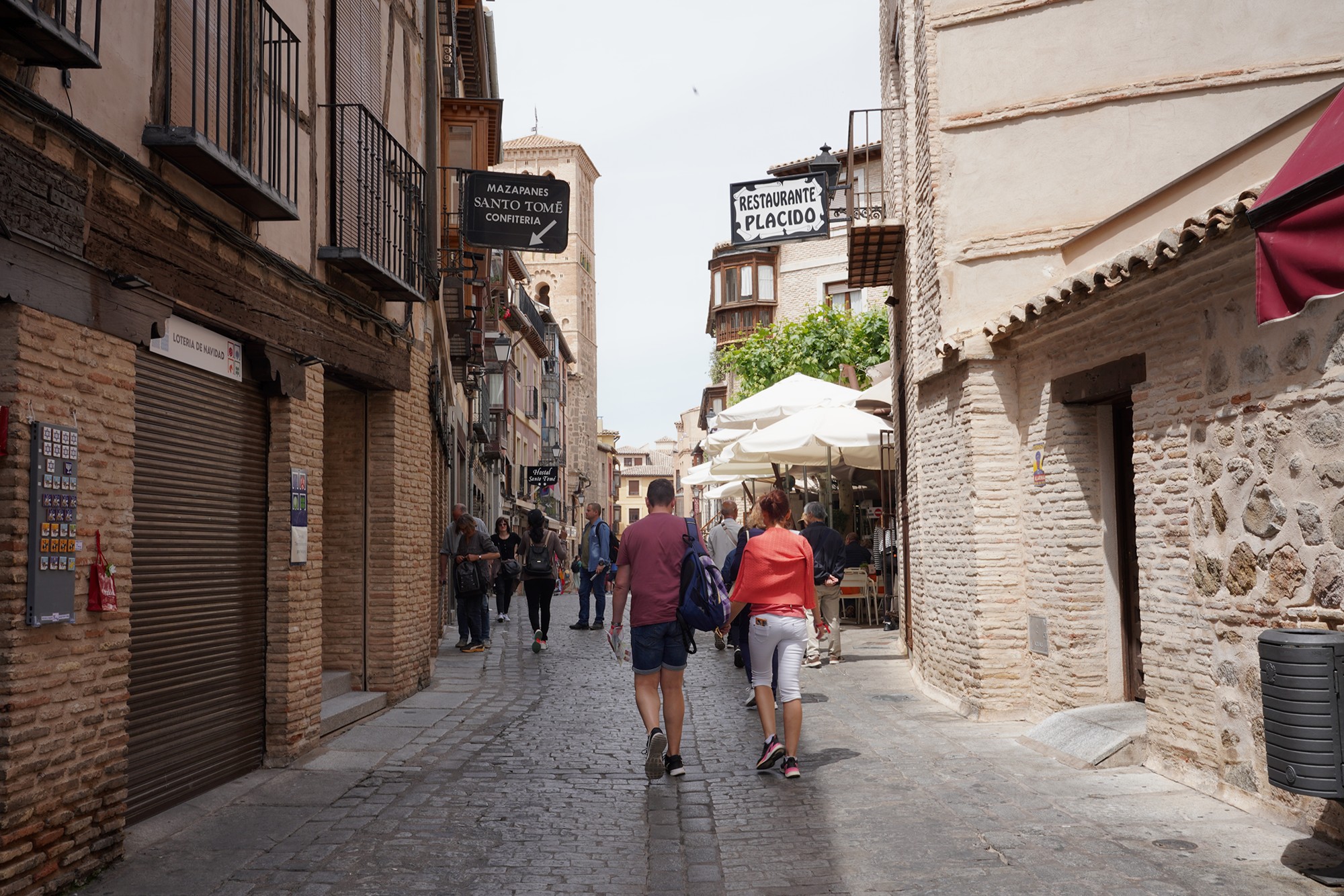
The city existed in medieval times and probably did not change much since then.
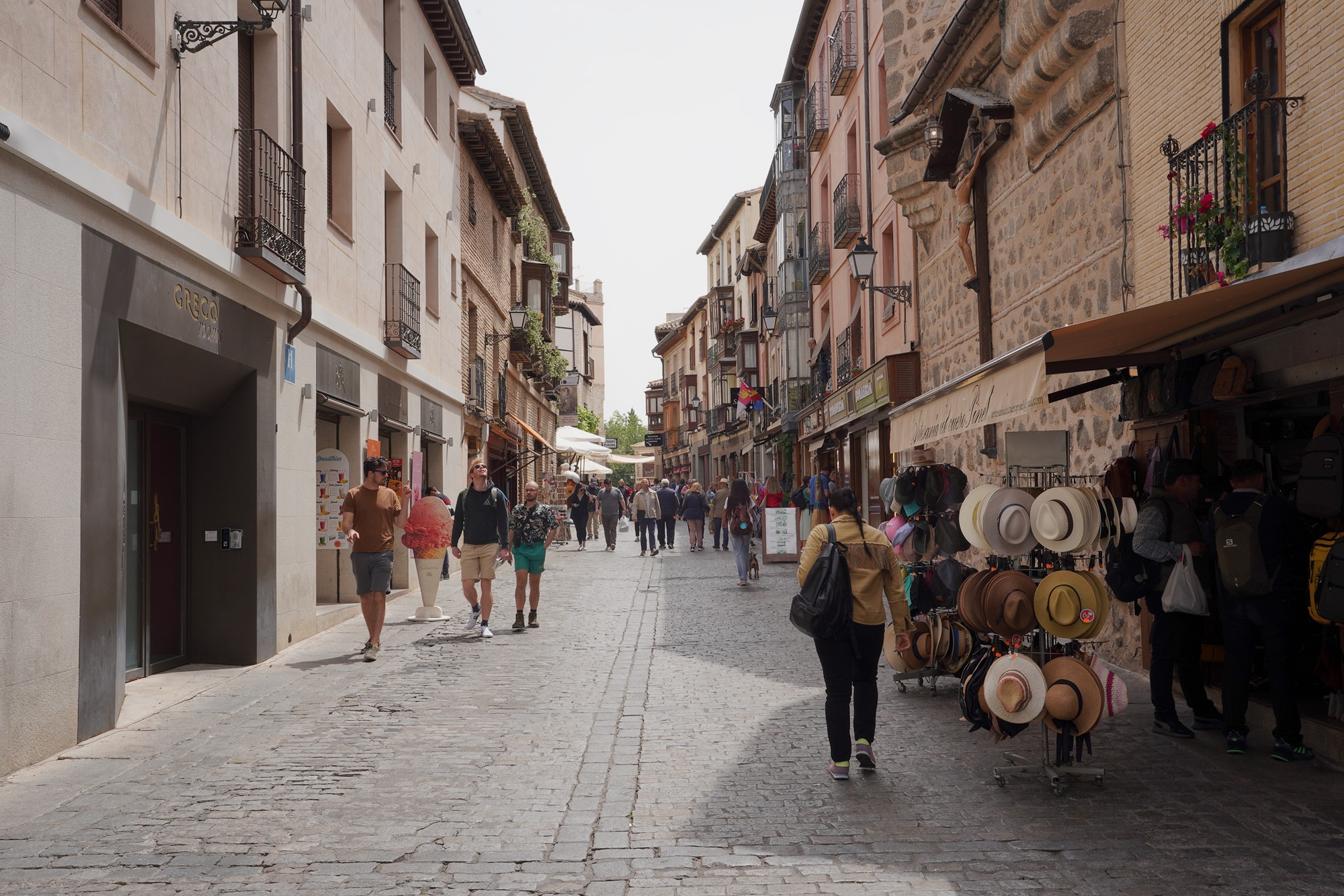
Iglesia de Santo Tomé. The church has a history dating back to the 12th century when it was originally constructed as a mosque during the Islamic rule of Toledo. After the Christian conquest of the city in the 11th century, the mosque was converted into a church dedicated to Santo Tomé (Saint Thomas).
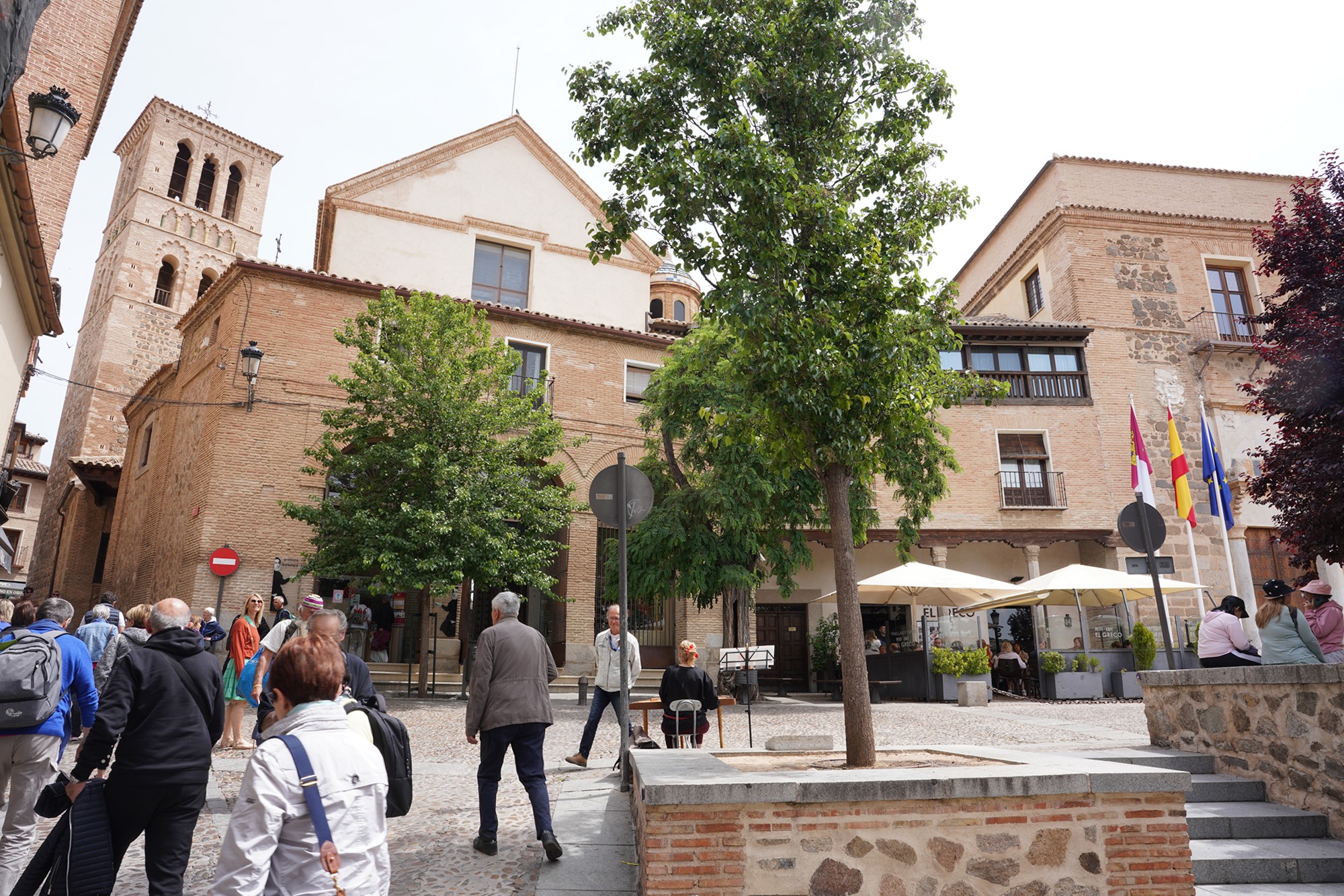
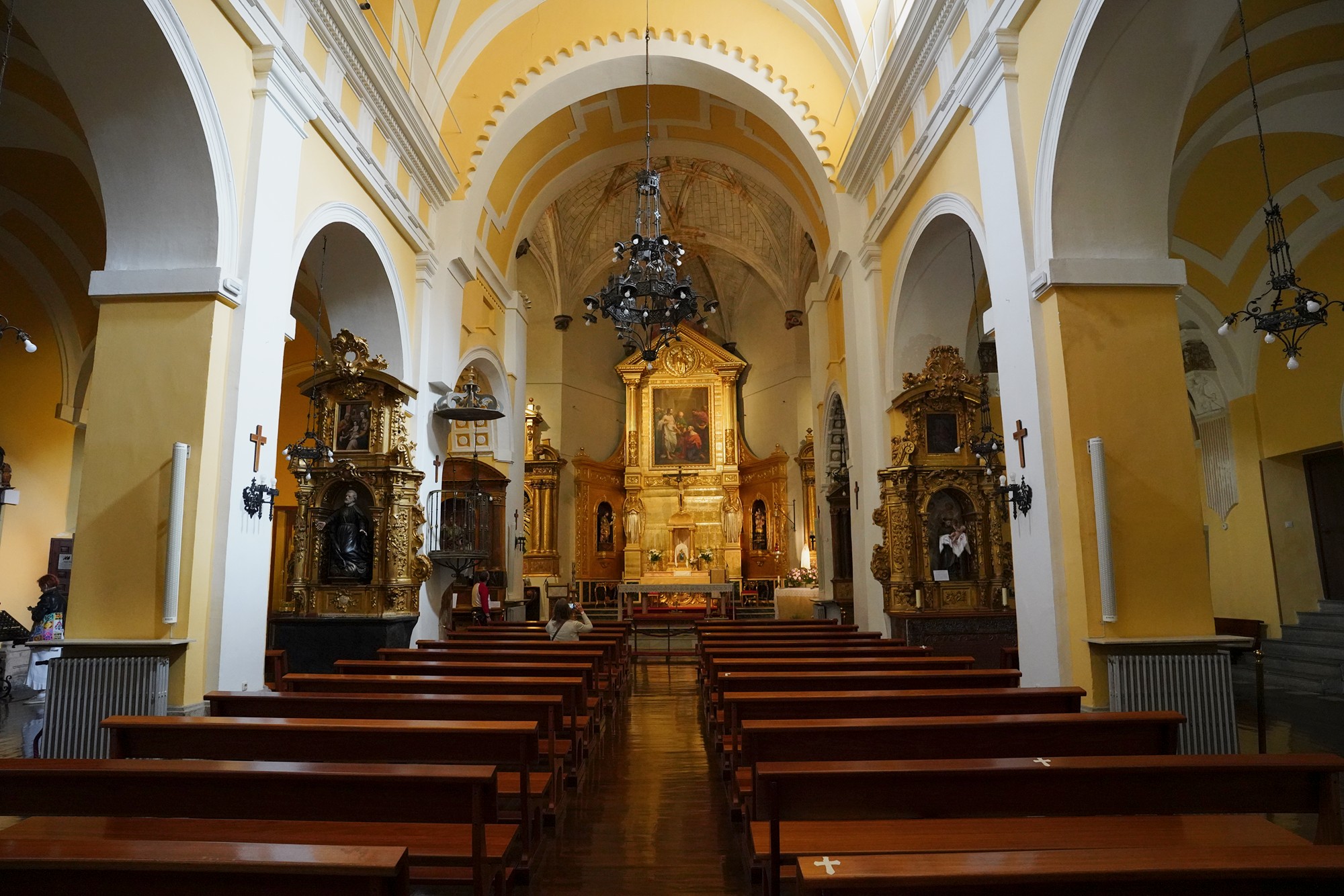
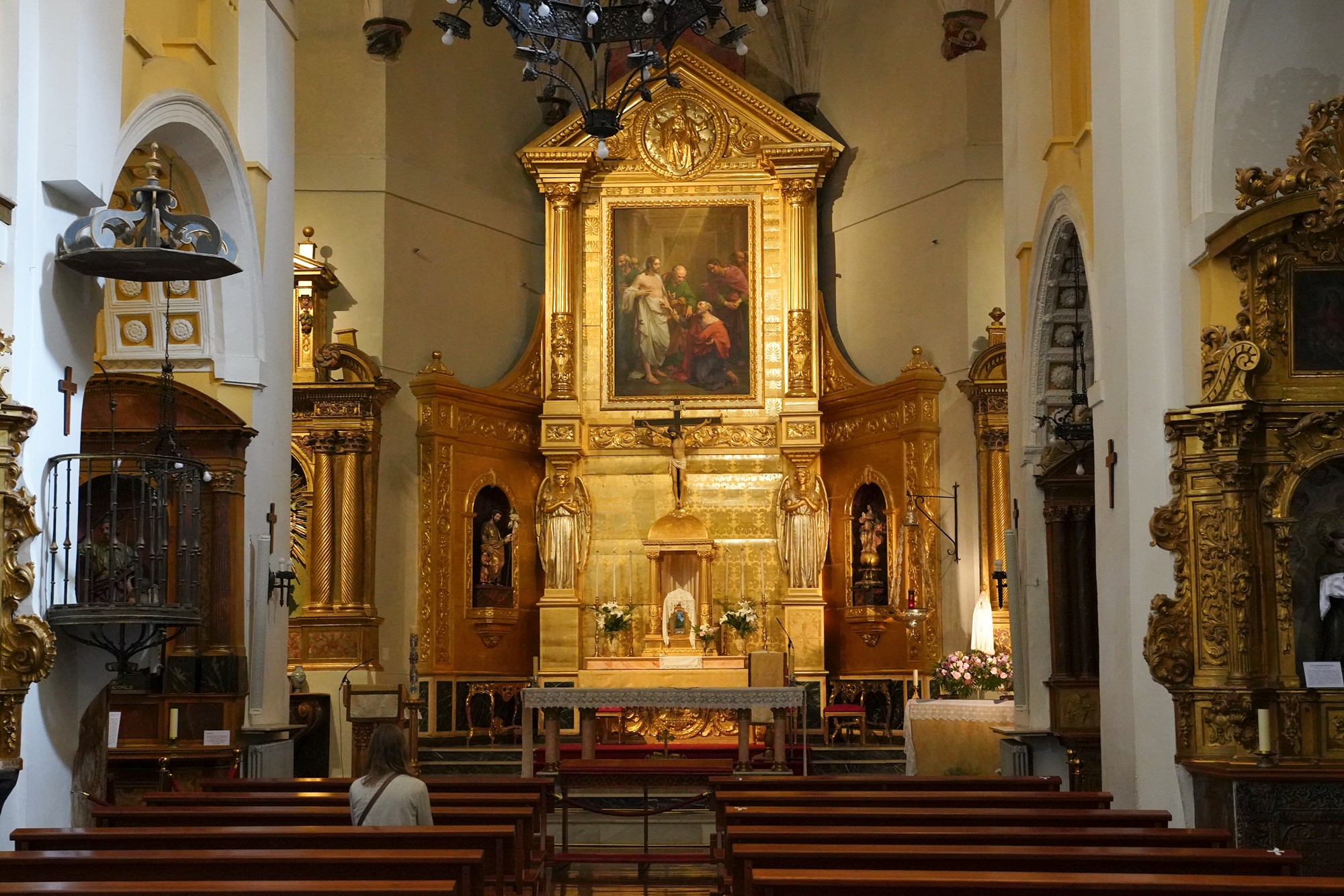
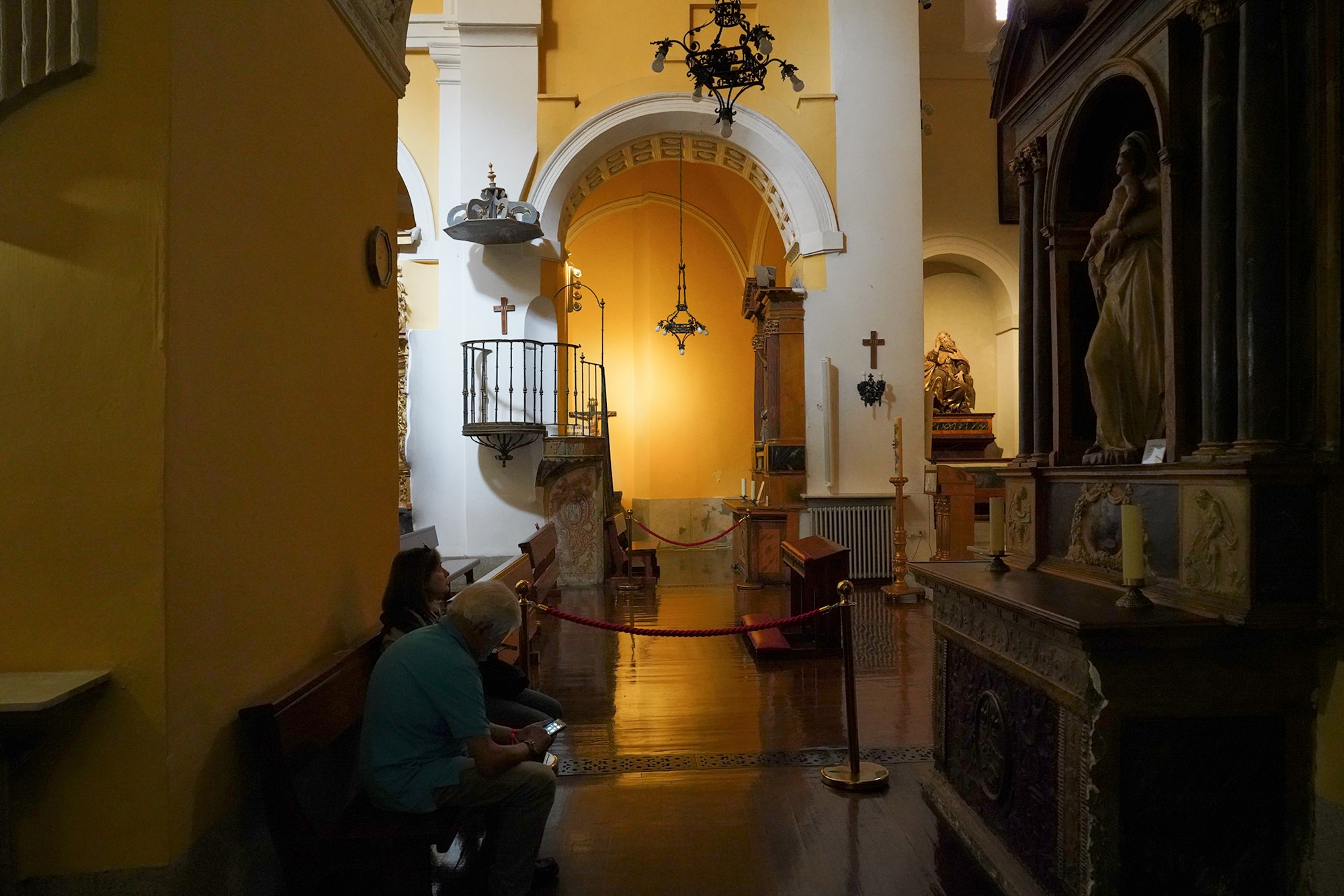
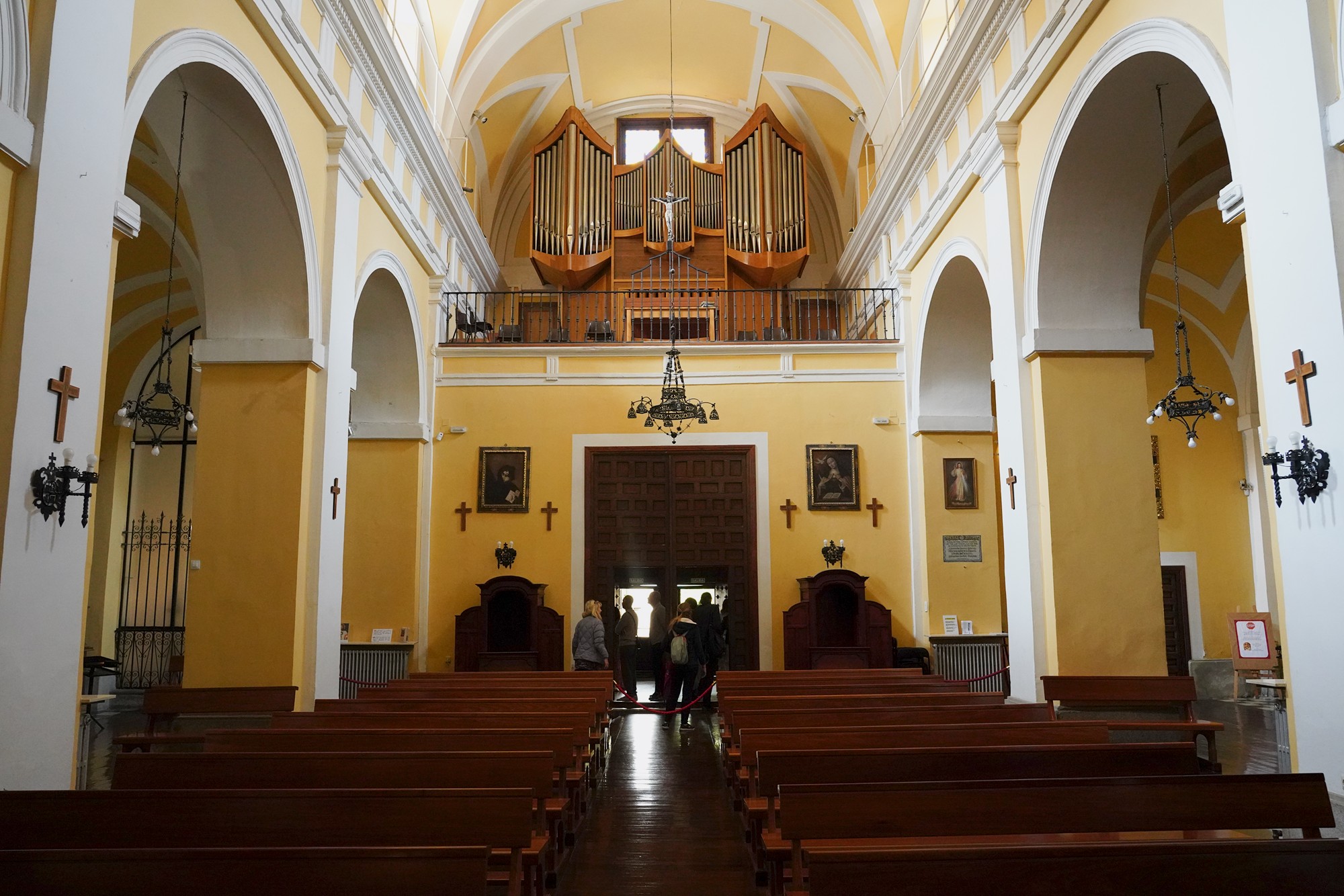
El Greco’s “The Burial of the Count of Orgaz”: The church is best known for housing one of the most famous artworks by the Greek painter El Greco. The altarpiece painting called “The Burial of the Count of Orgaz” (El Entierro del Conde de Orgaz) is located in the chapel of the church. It depicts a legendary event in which the Count of Orgaz is buried in the church, surrounded by saints and angels. This masterpiece is renowned for its striking composition, vivid colors, and emotional intensity.
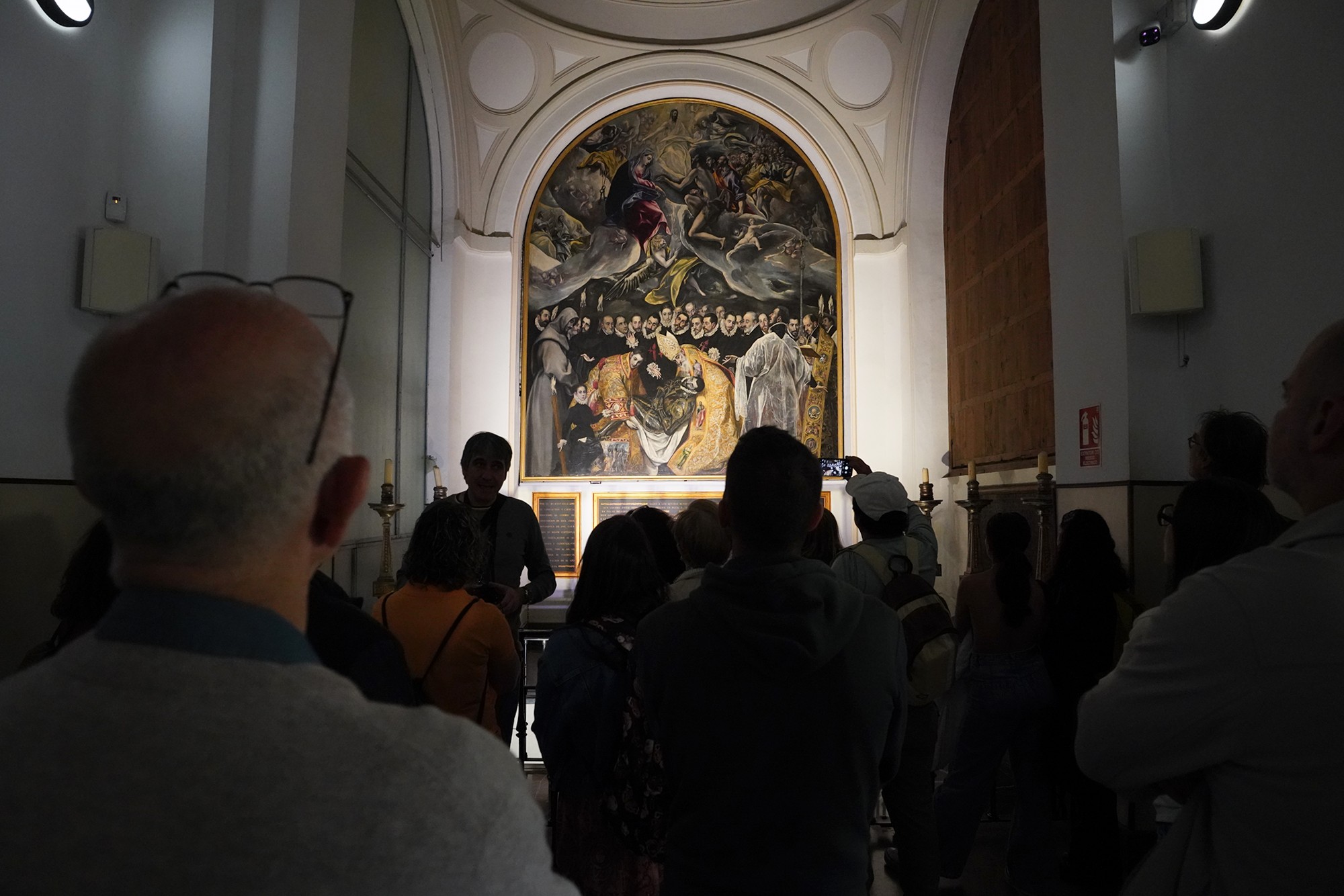


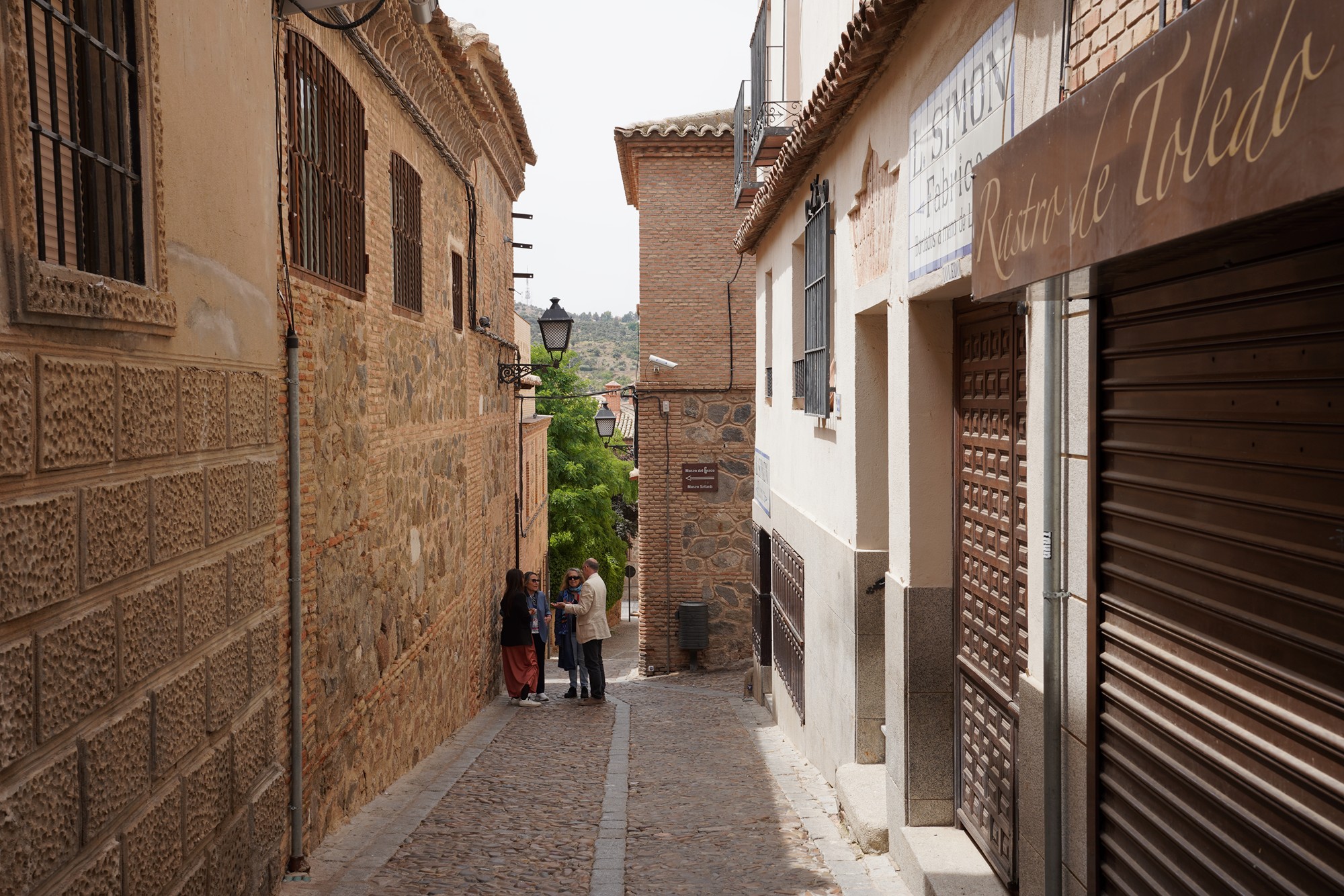
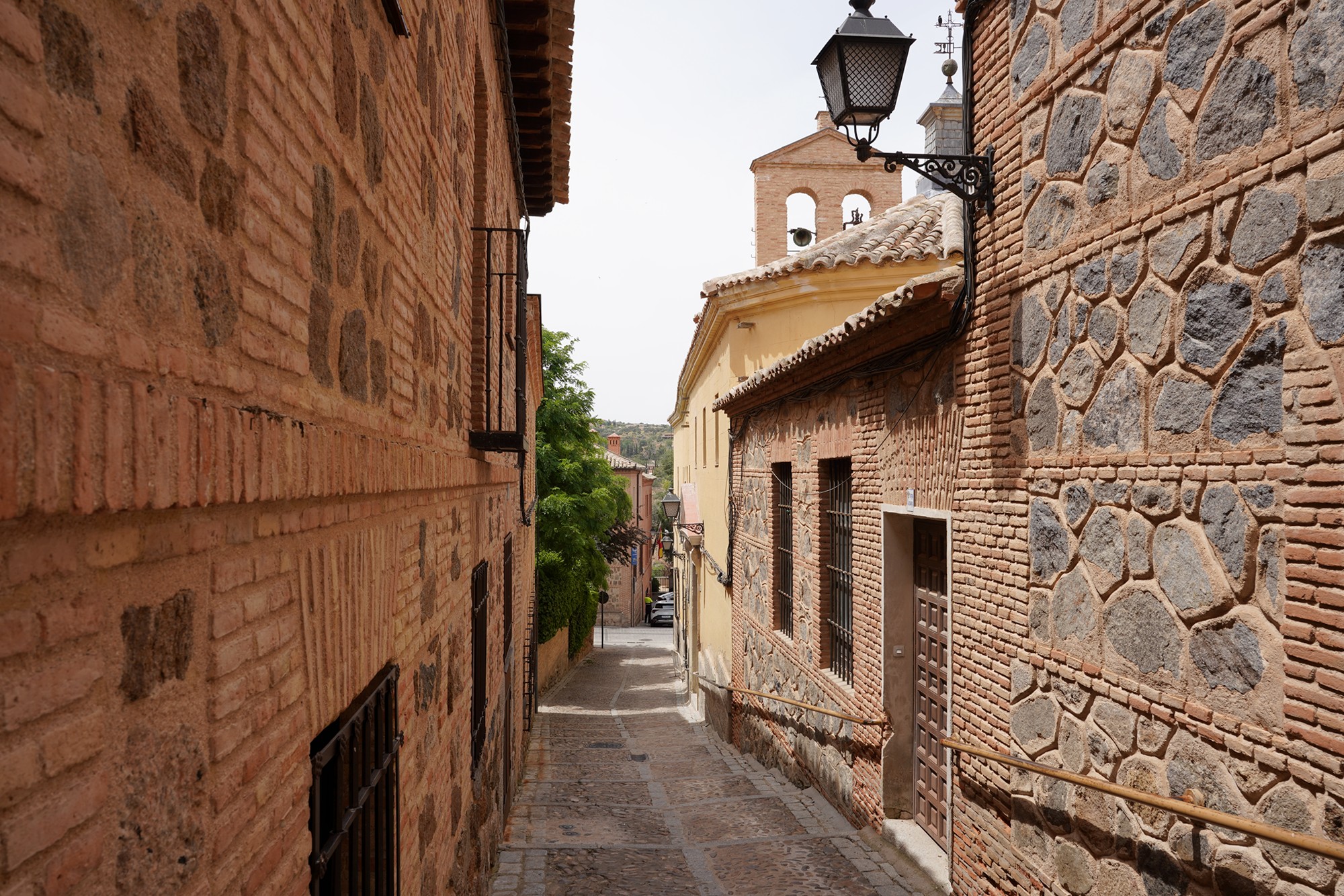
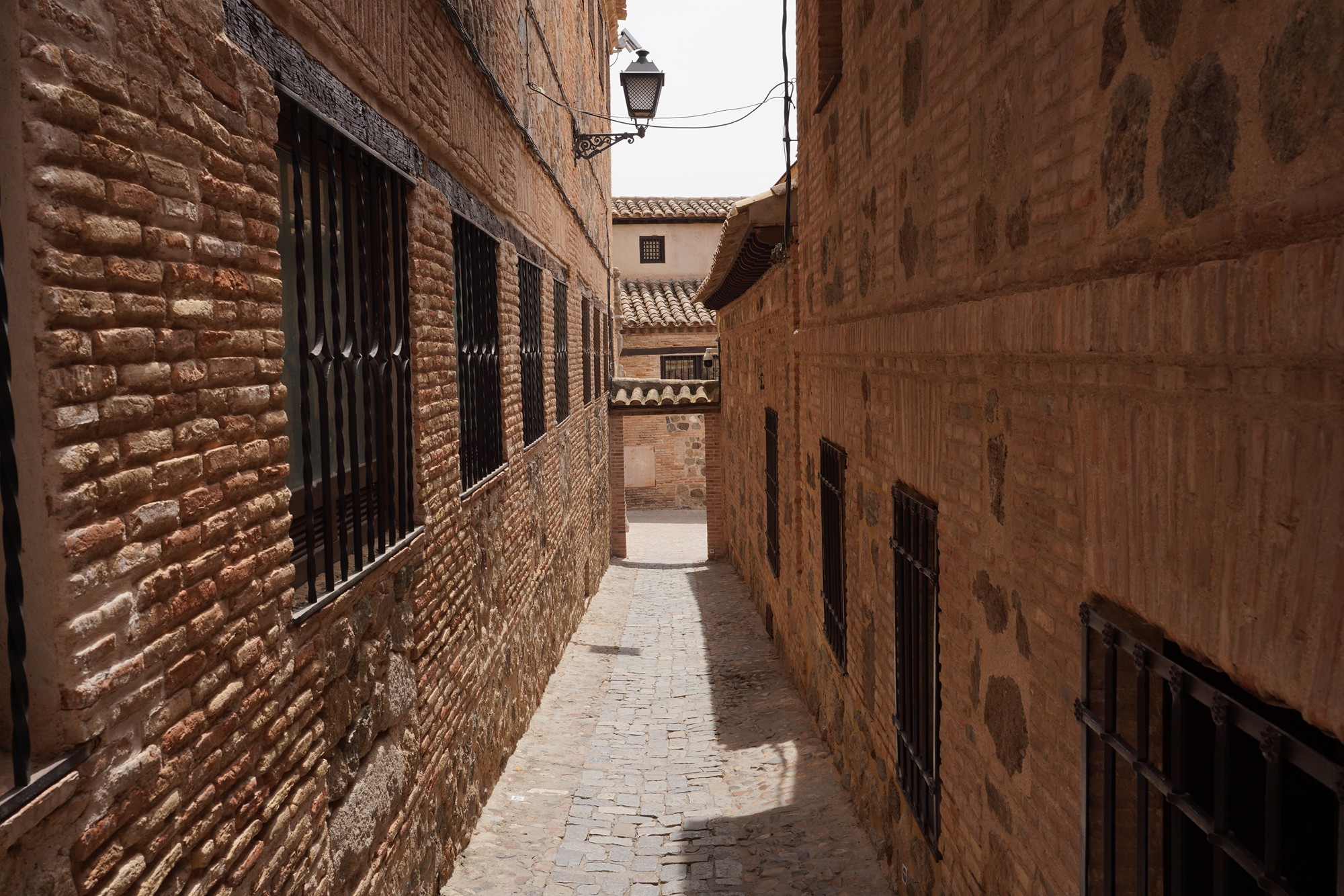
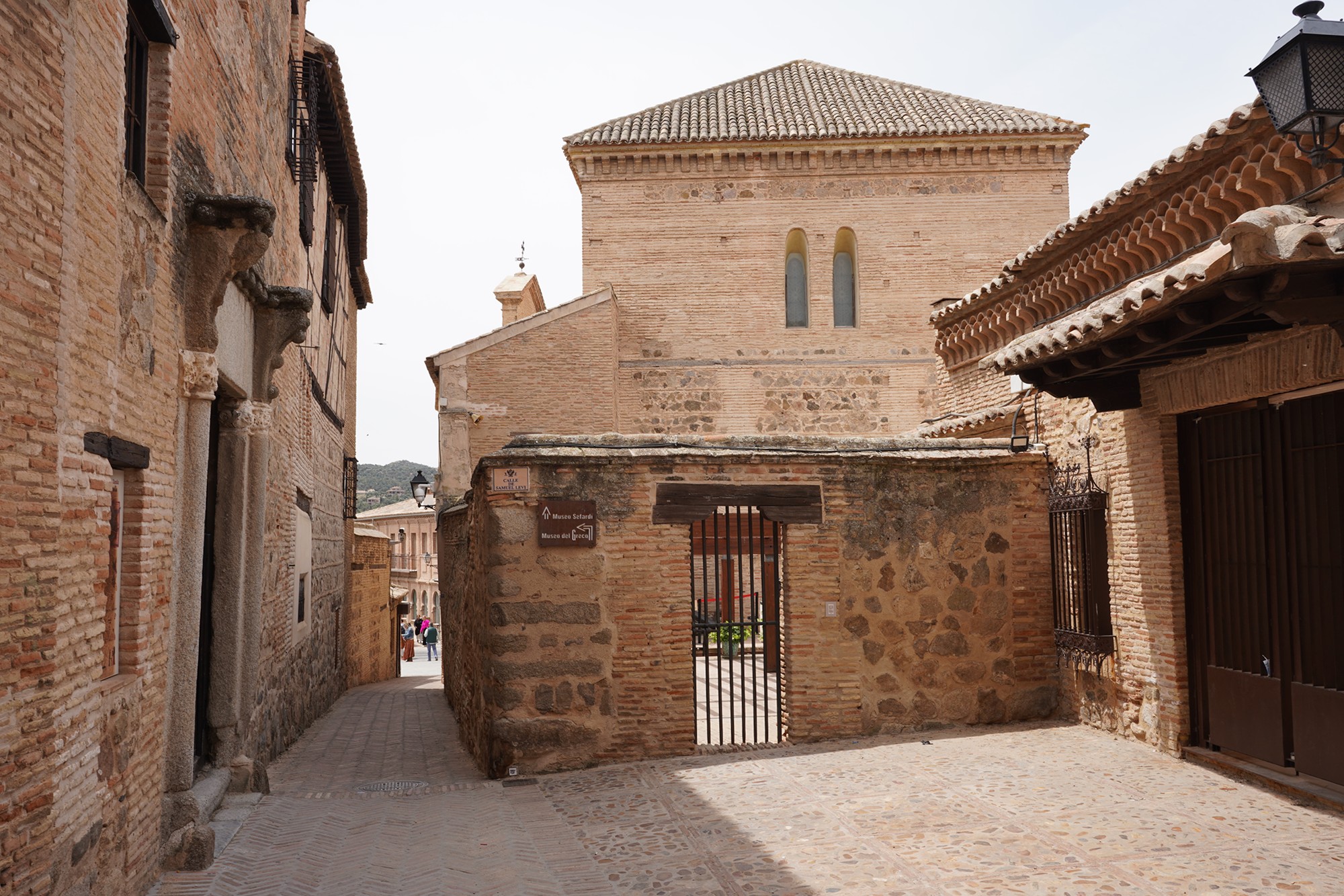
A panoramic view of the river that goes around the city
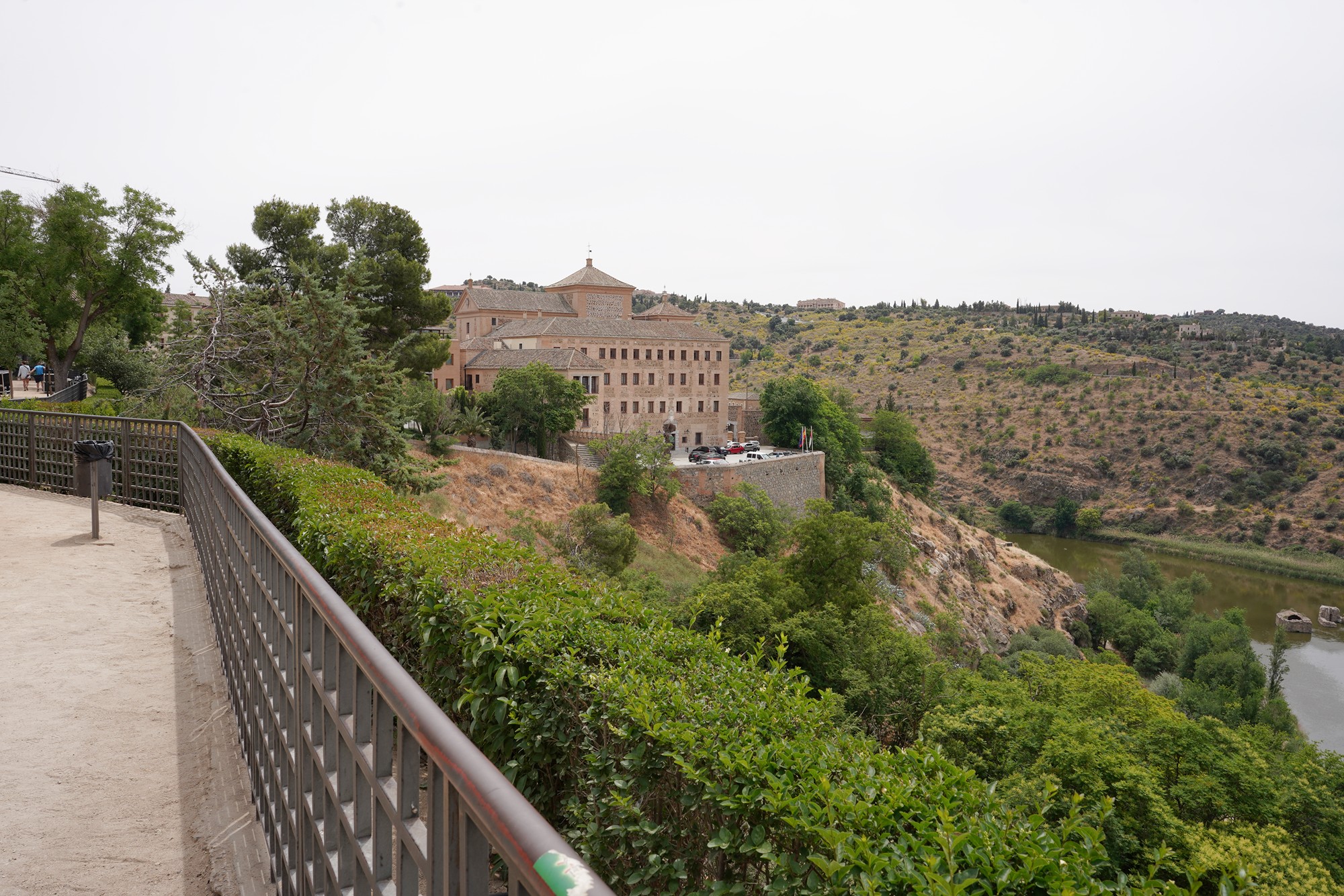
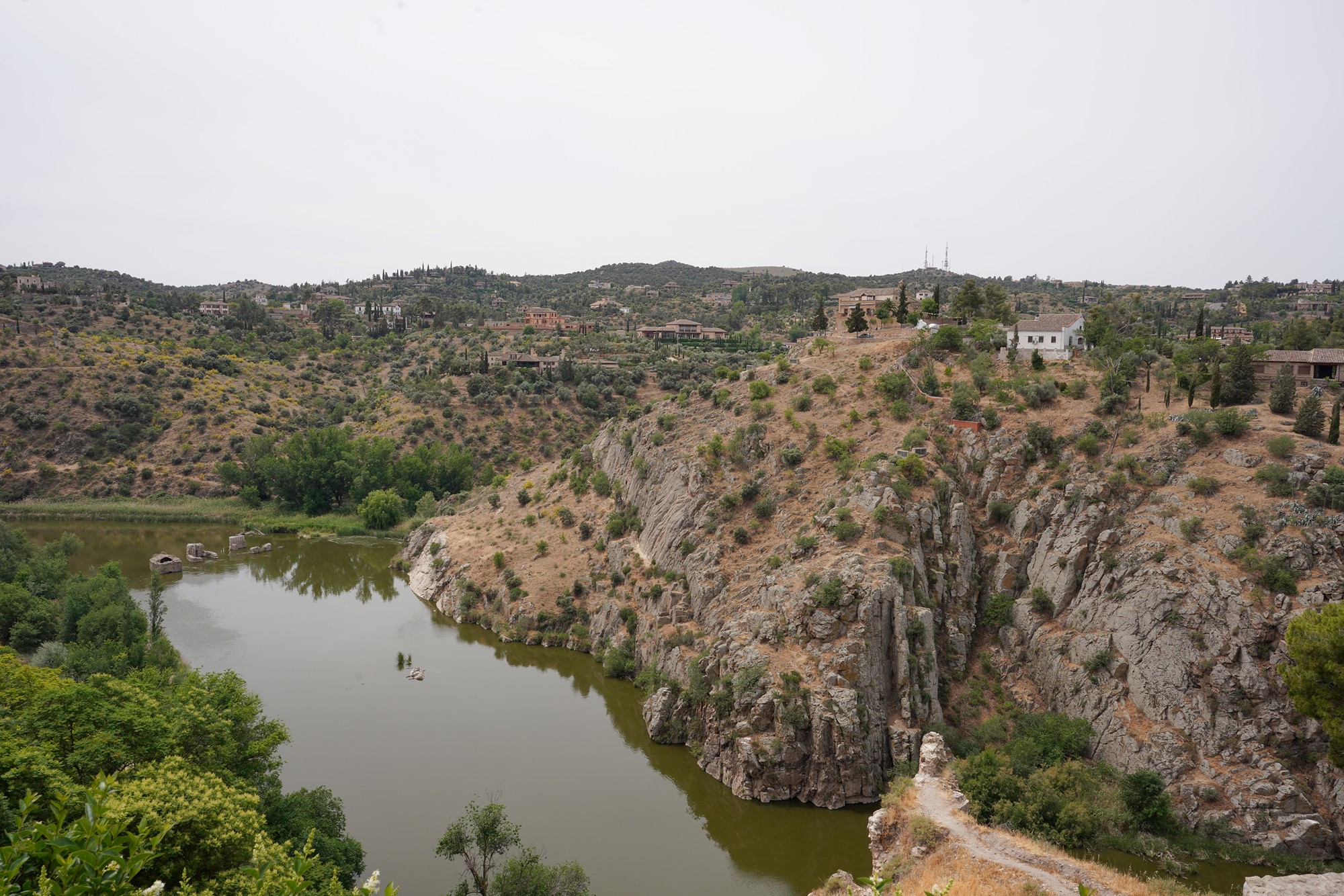

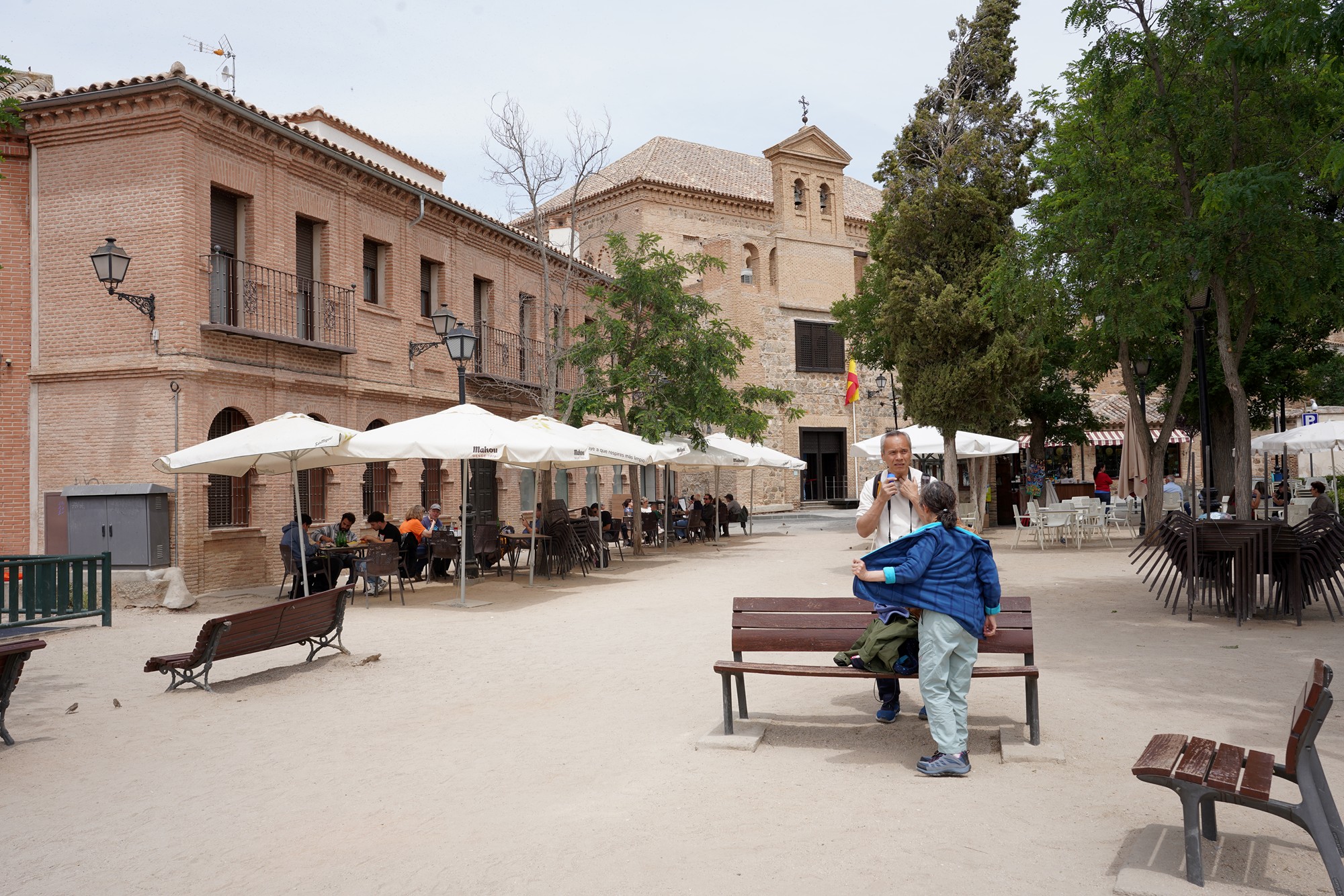
The building in front is the Sinagoga del Tránsito, also known as the Synagogue of El Tránsito. The synagogue was built in the 14th century, during the period of Alhambra Decree (1492), which expelled the Jews from Spain.
The Sinagoga del Tránsito stands as a testament to the rich Jewish heritage that flourished in Toledo during the medieval period. It serves as a reminder of the significant Jewish presence in Spain before the expulsion.
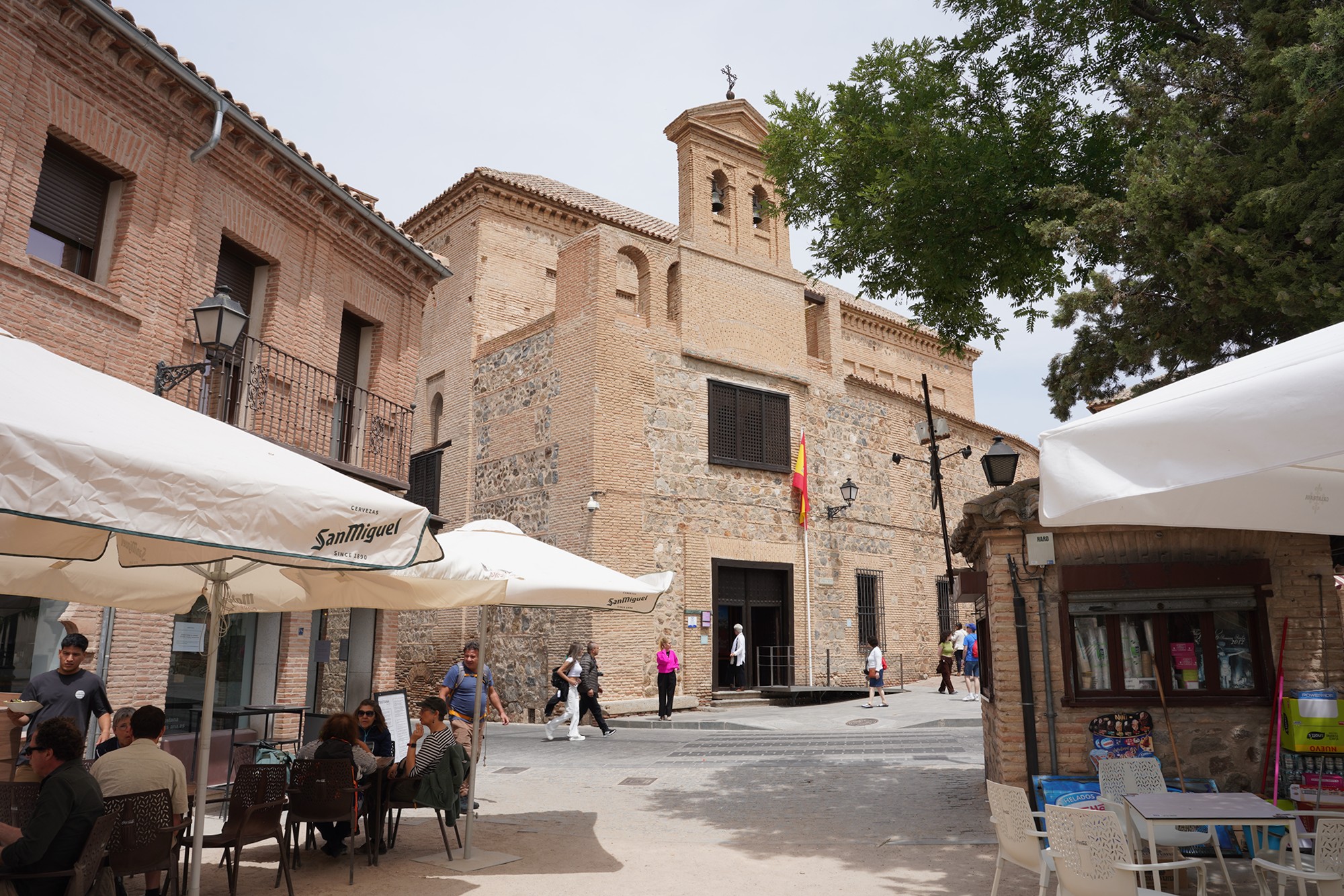
The building now houses the Sephardic Museum (Museo Sefardí), dedicated to preserving and showcasing the Sephardic Jewish heritage of Spain.
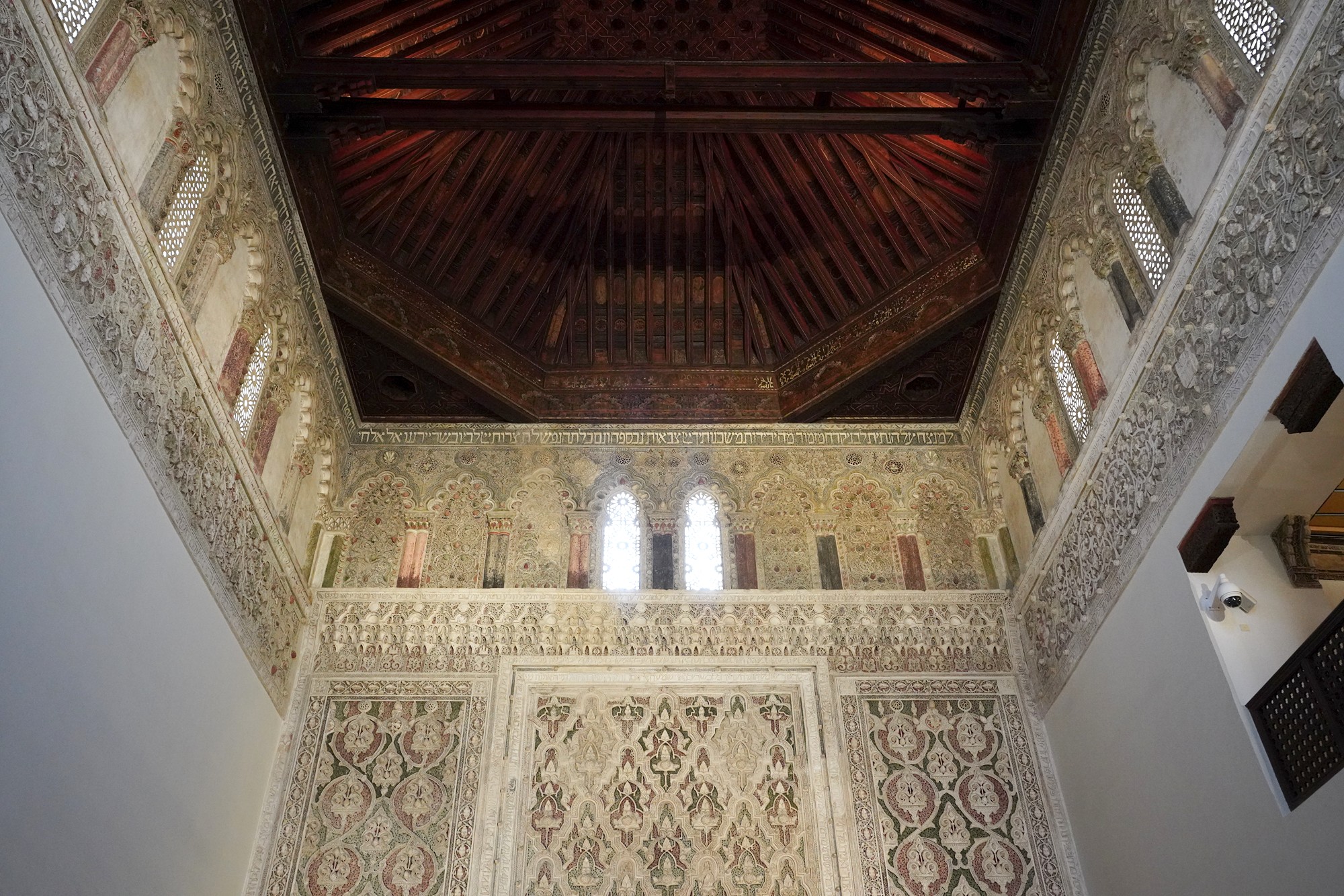
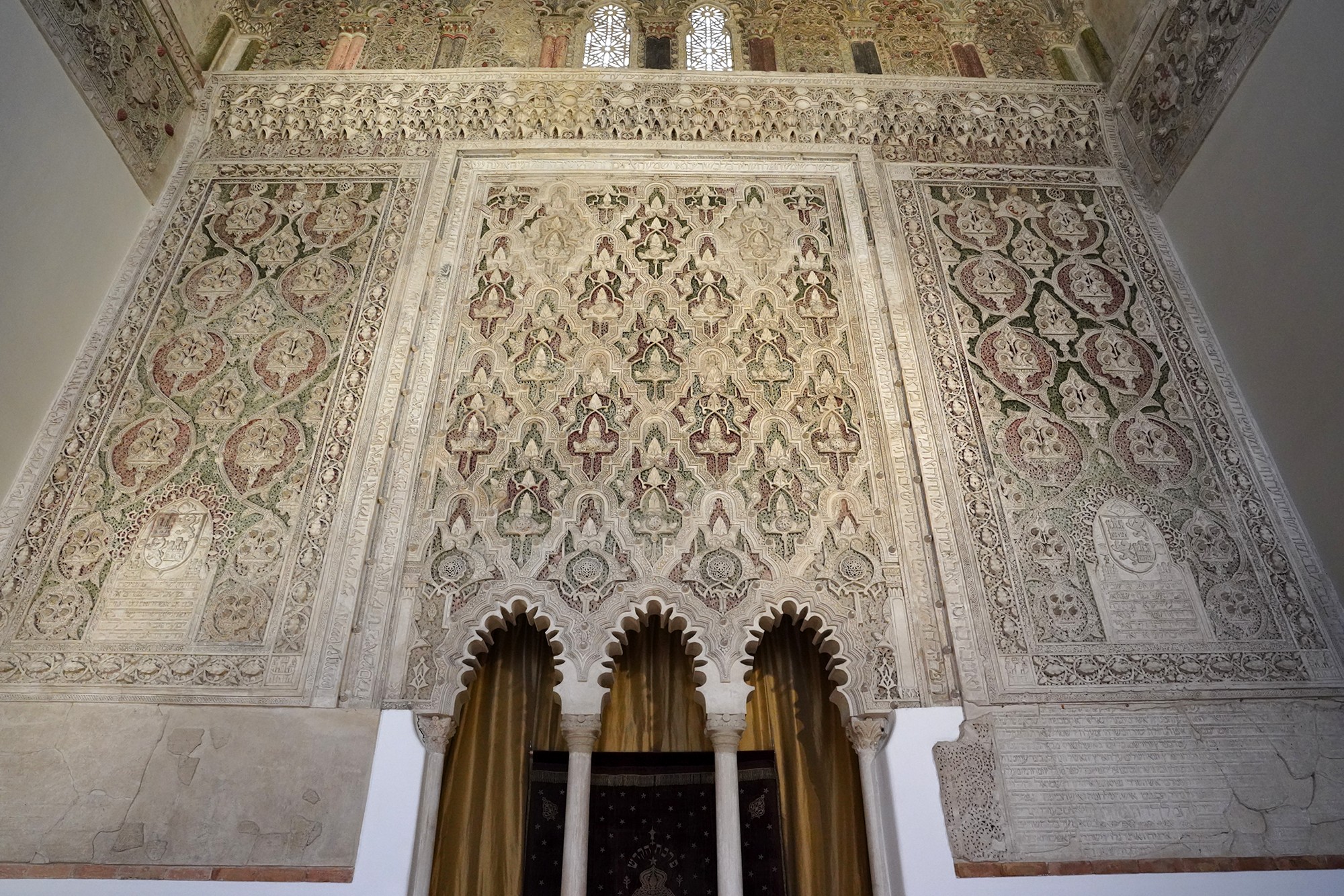
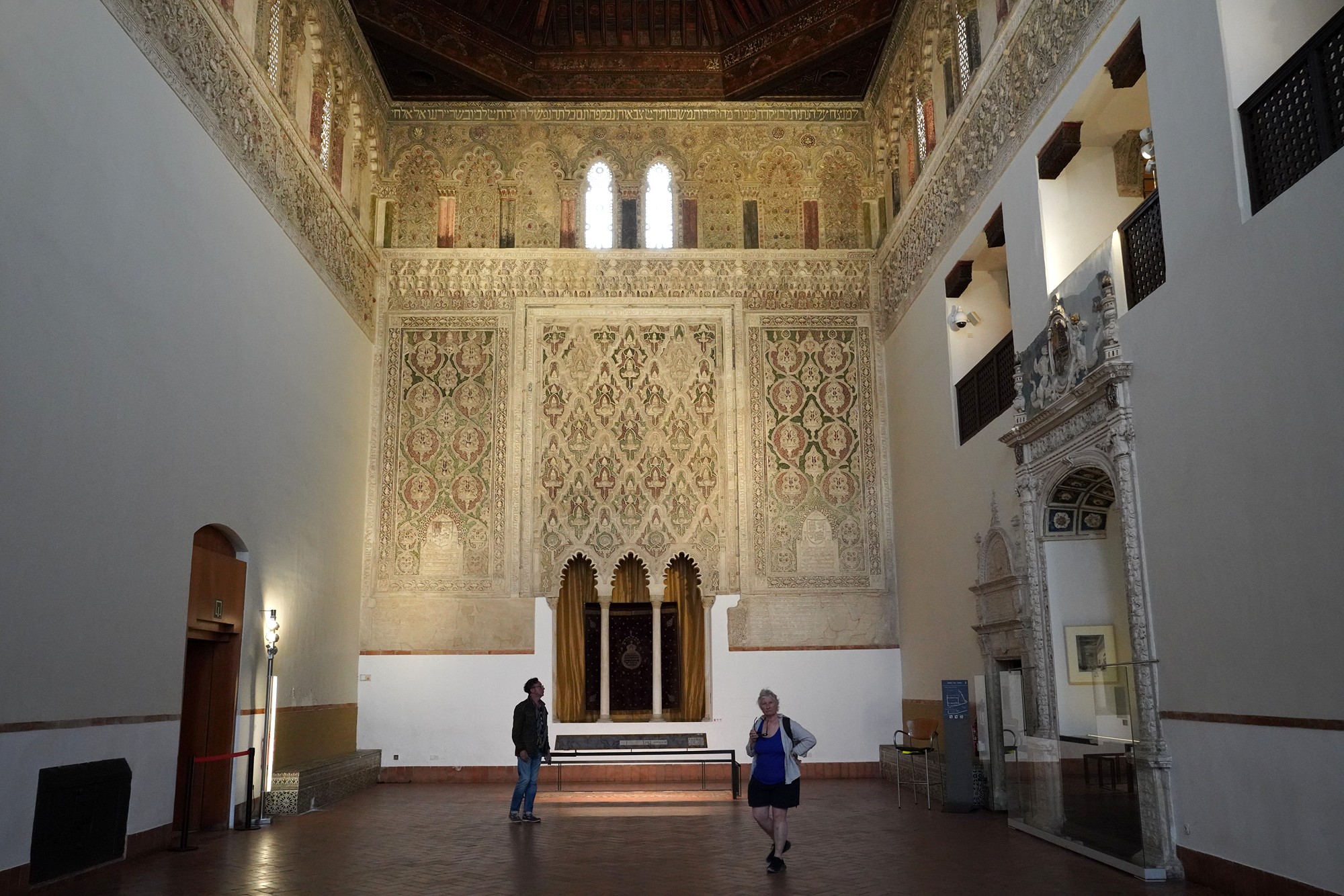
Turned around and looking back
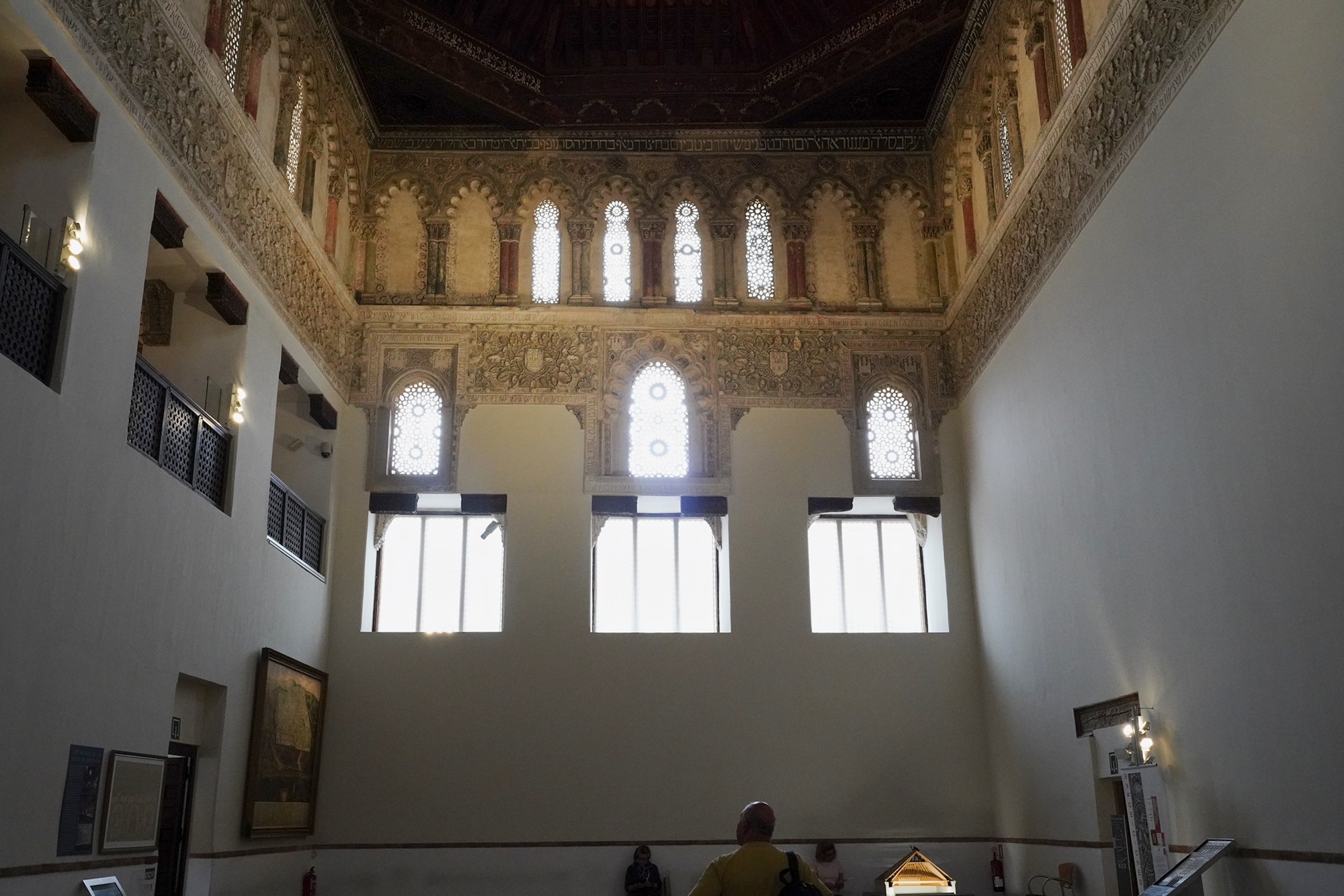
The museum pieces


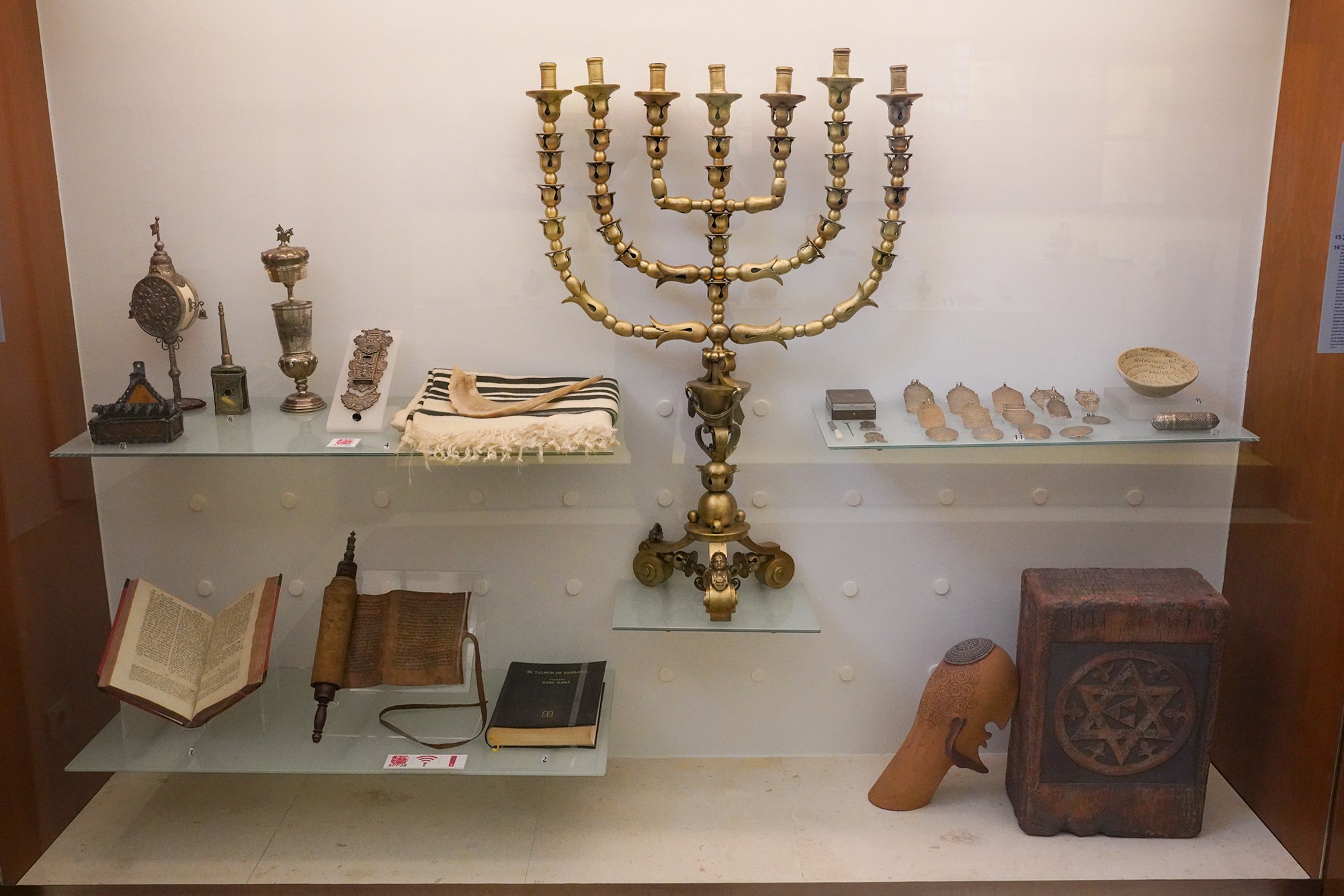
The Torah (or the case for Torah?)
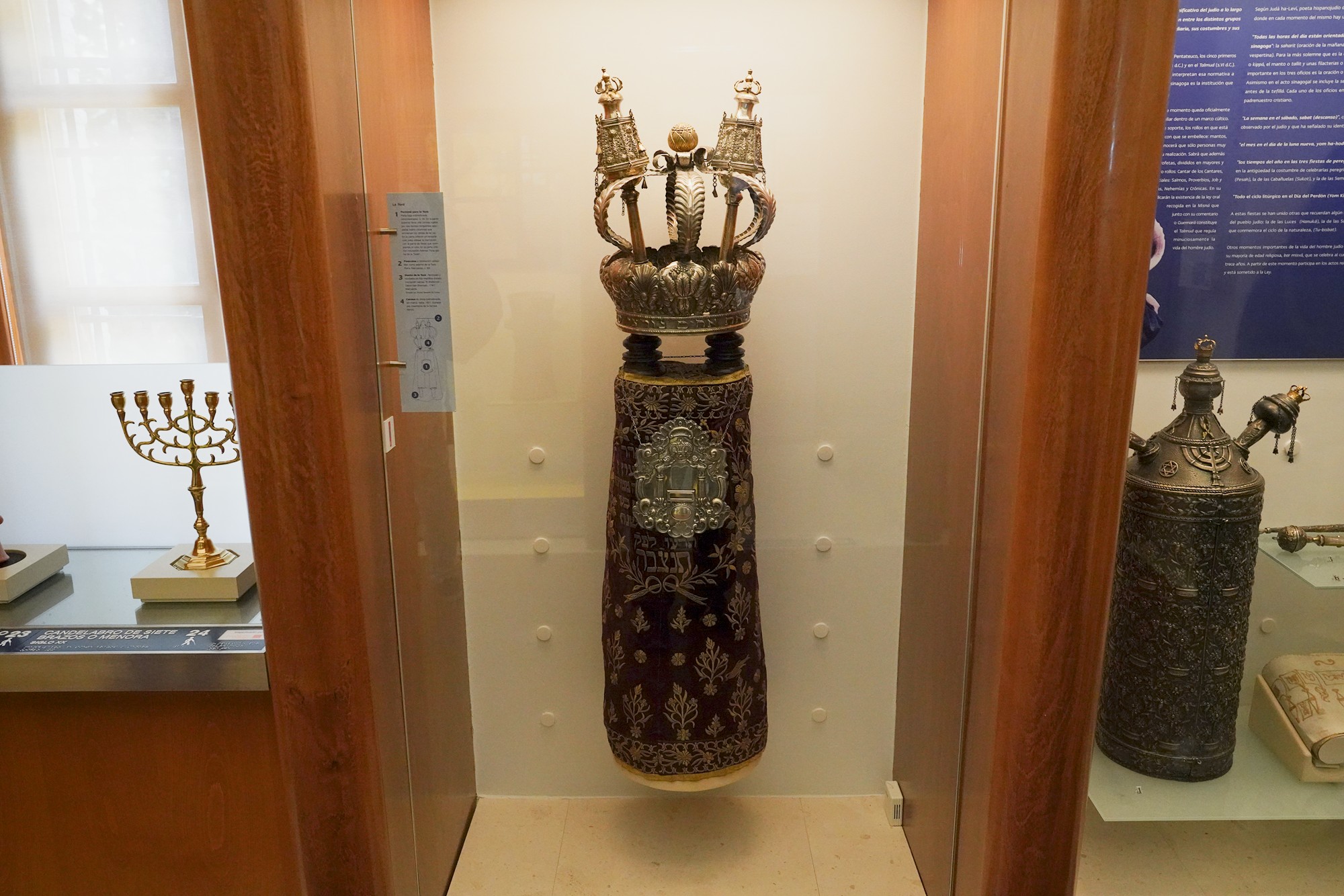

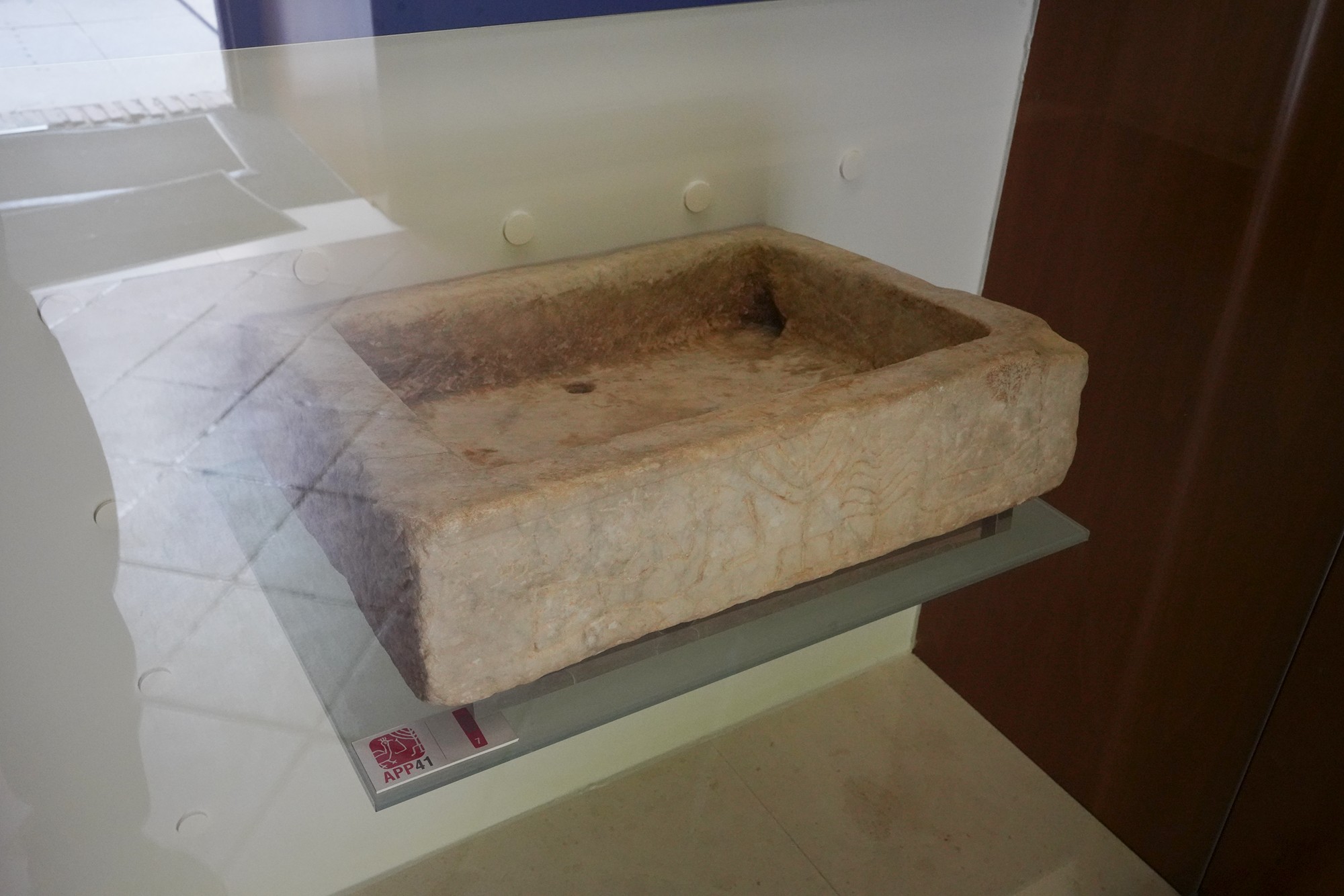
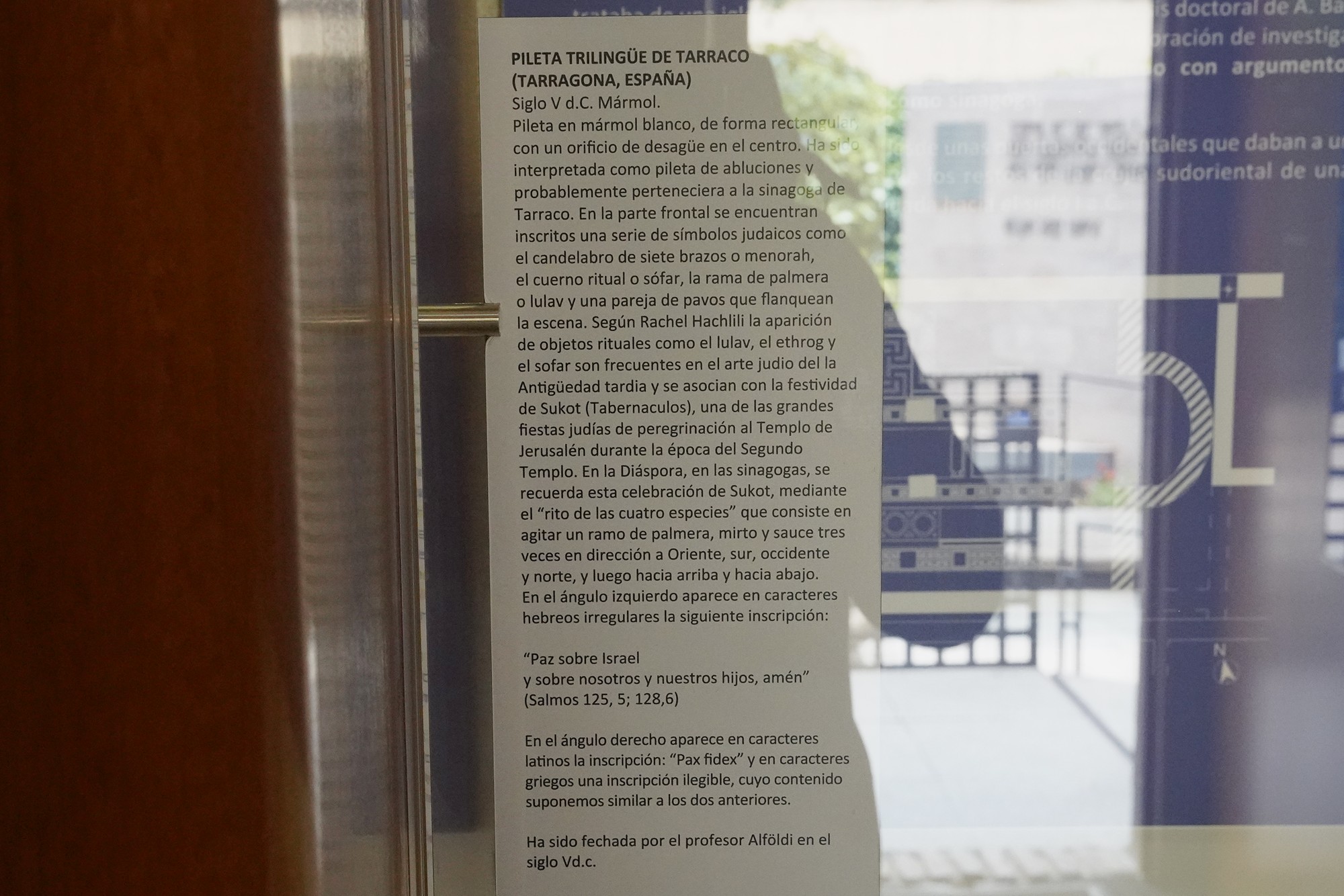
A Hebrew Bible written in the year 1260
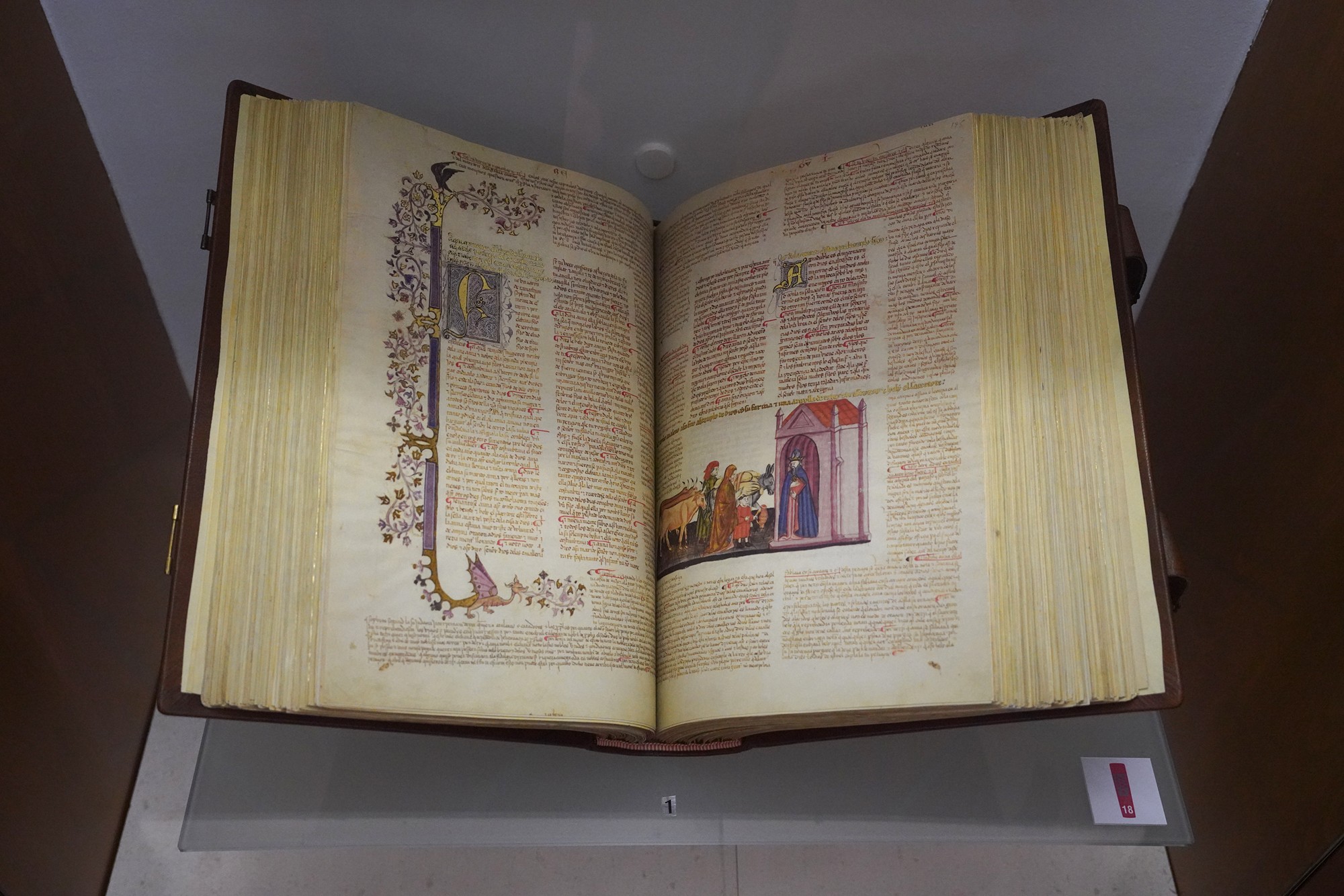
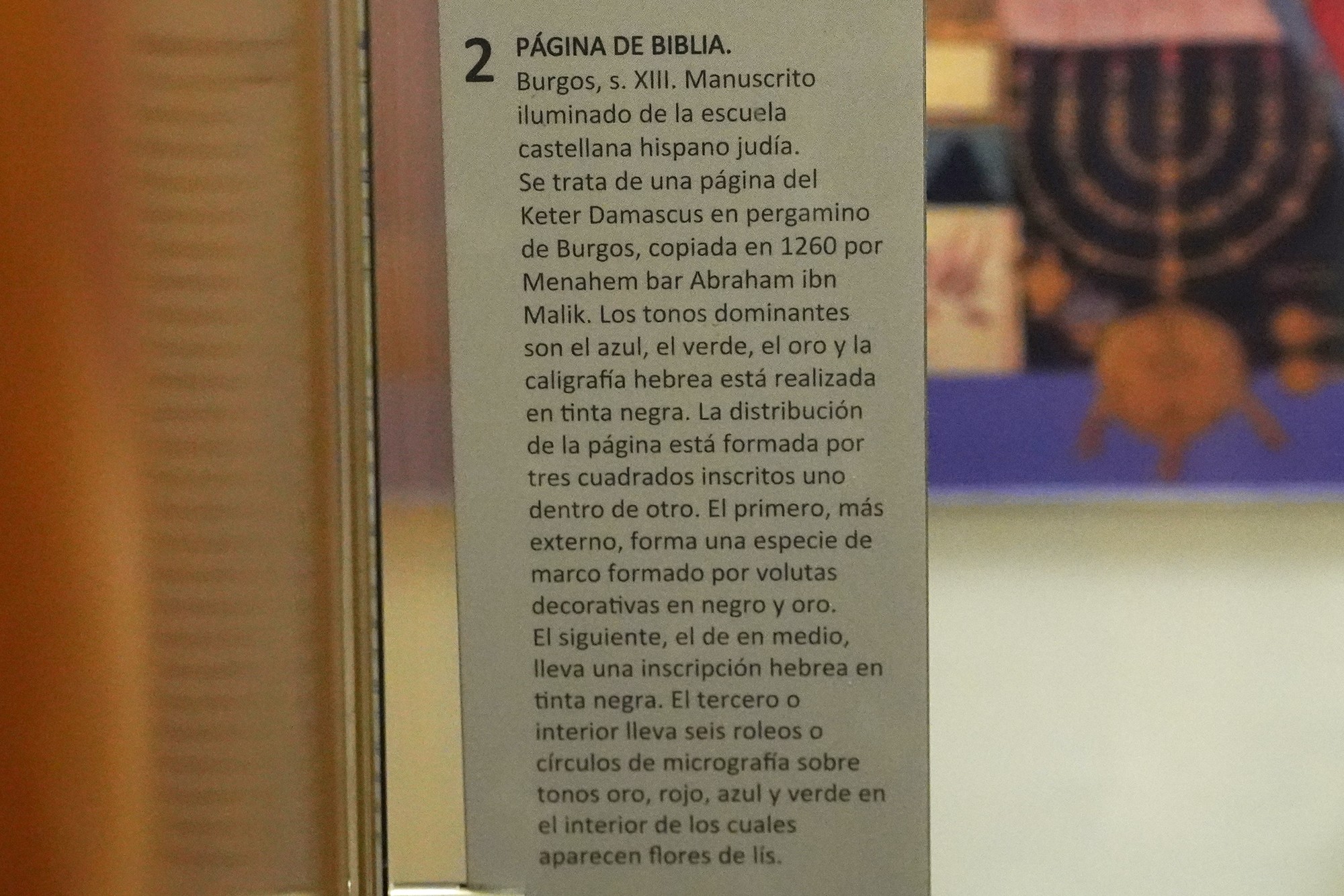
This is what Toledo looked like a long time ago. The center building is the Cathedral.
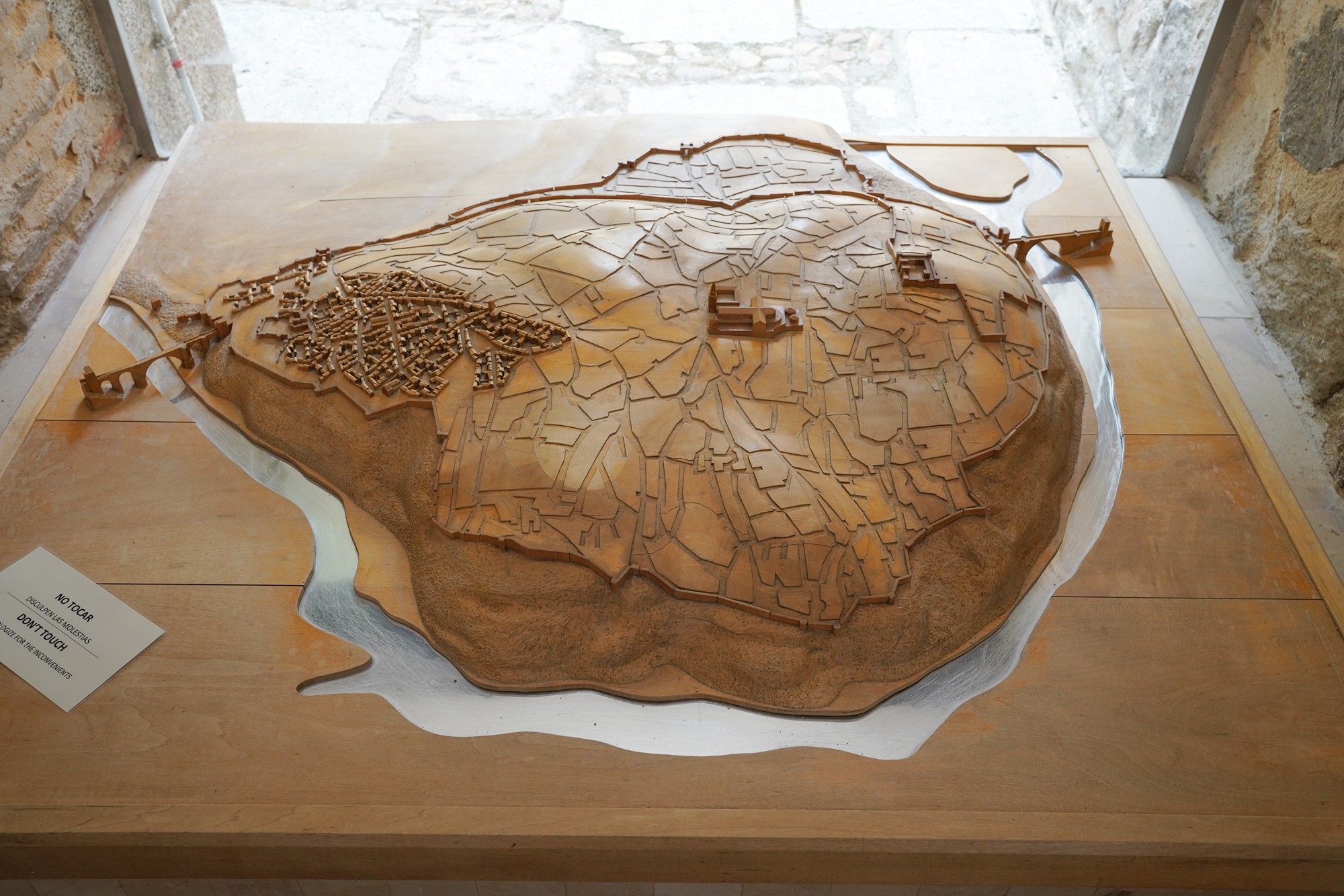
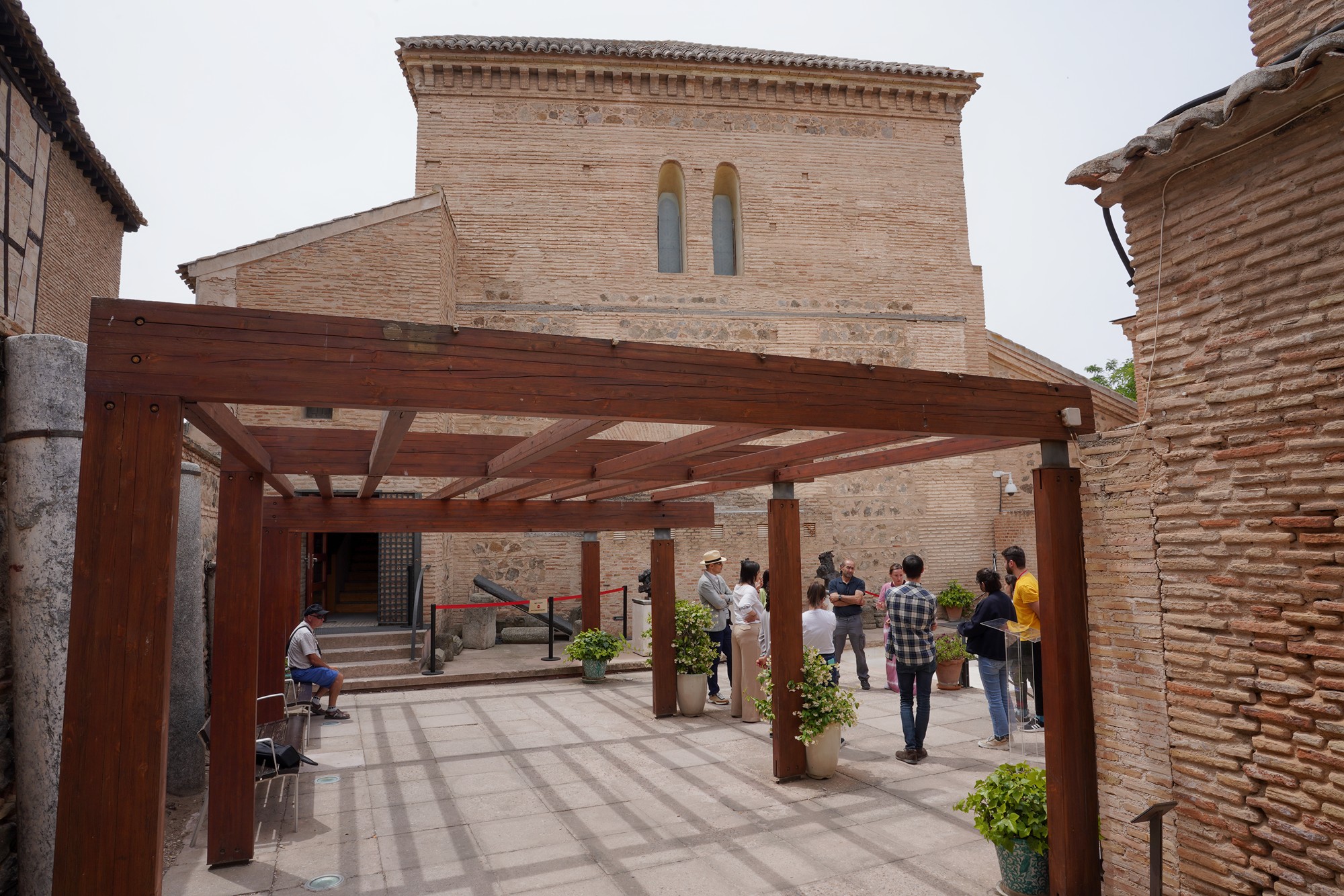

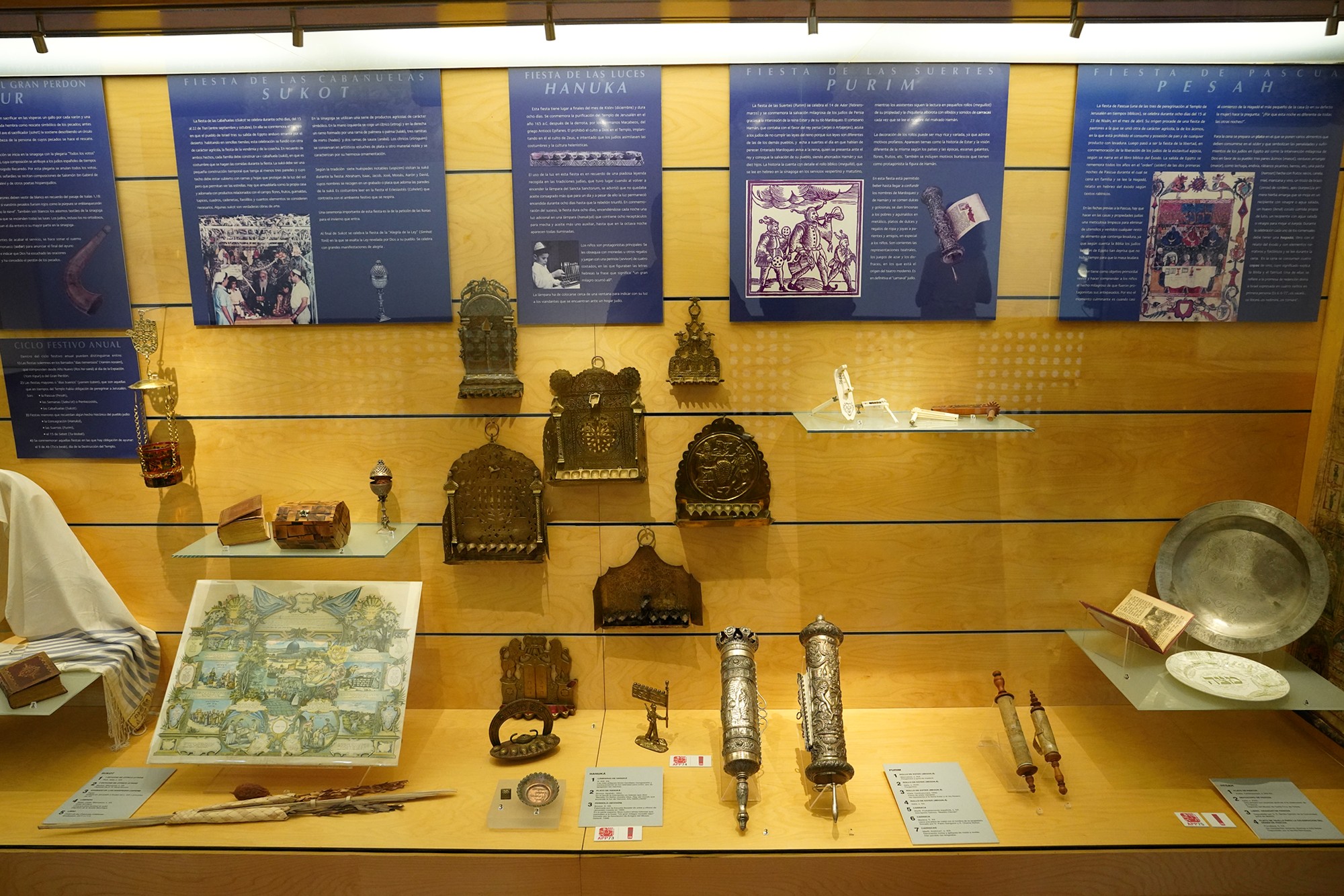
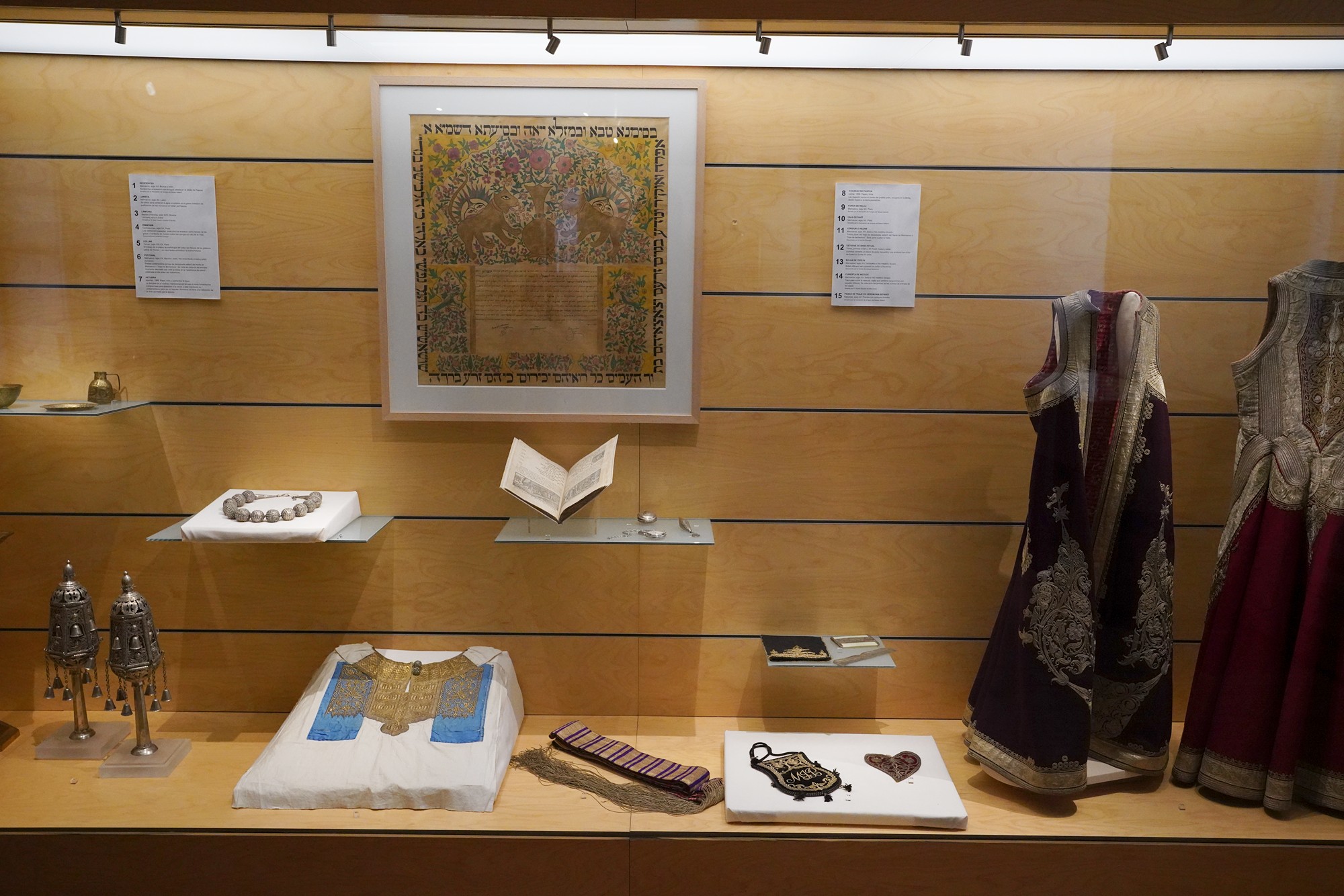
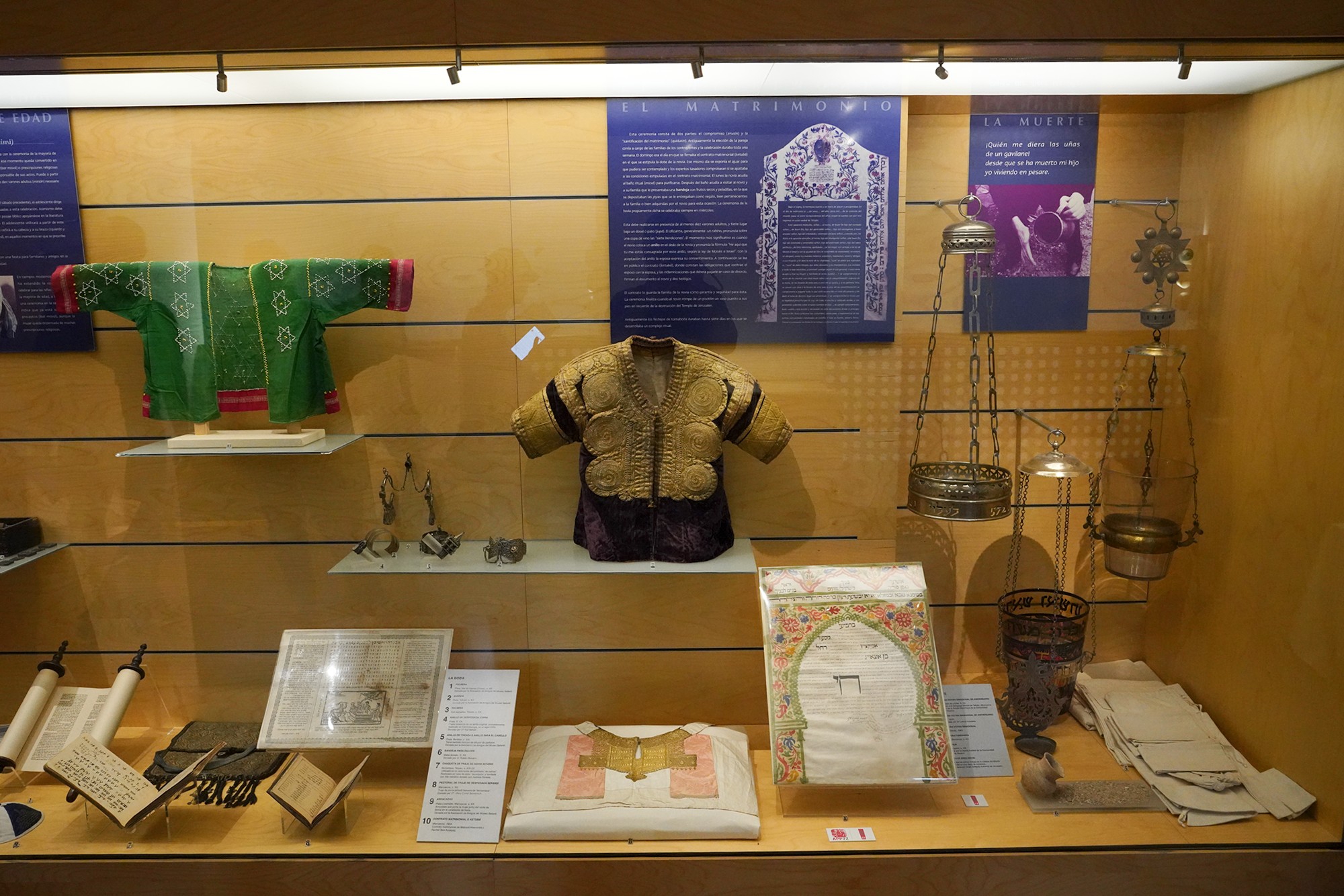
Out from the Synagogue and to Greco Museum.

The Museo del Greco, also known as the Greco Museum, is a museum dedicated to the renowned Greek painter Domenikos Theotokopoulos, commonly known as El Greco.
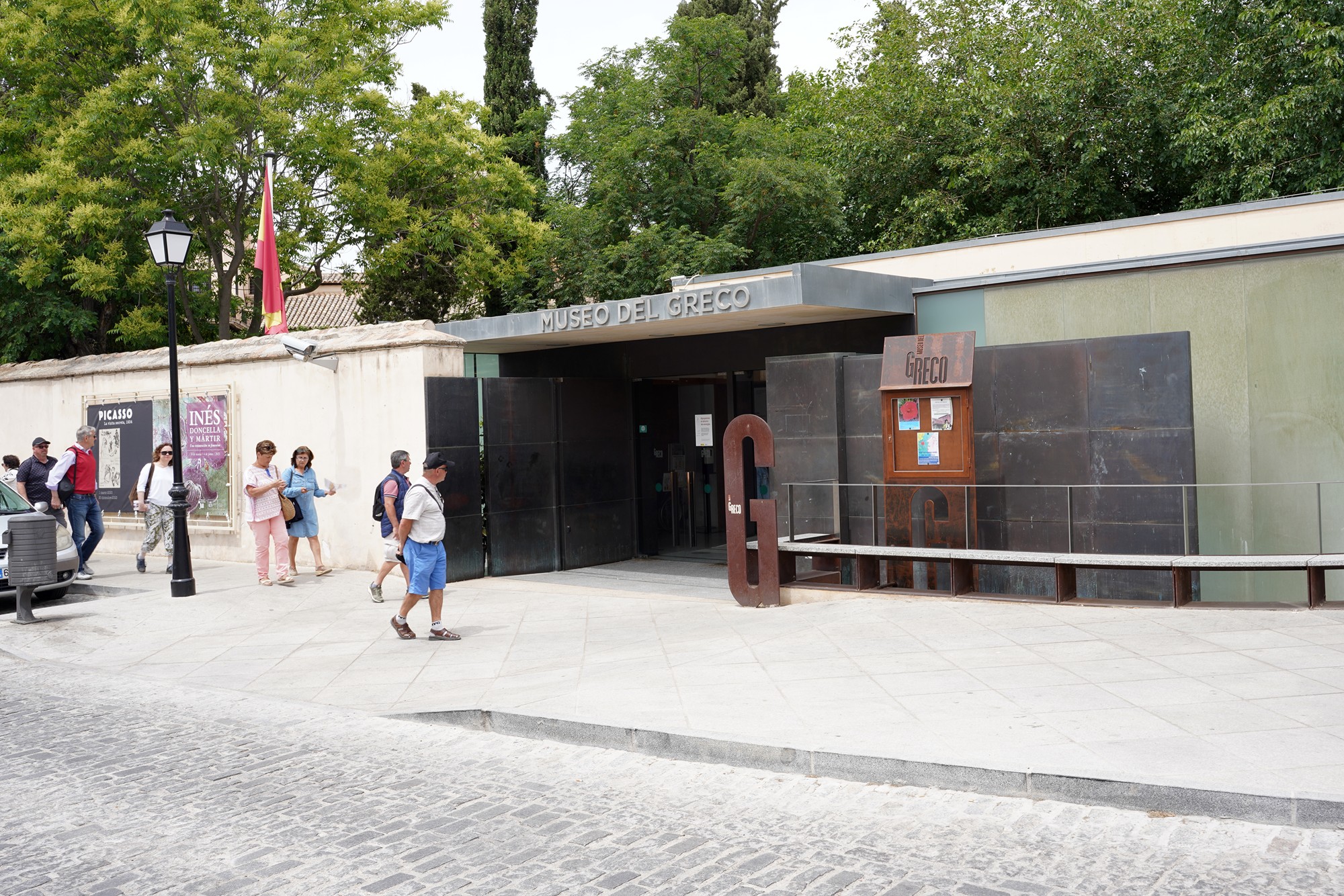
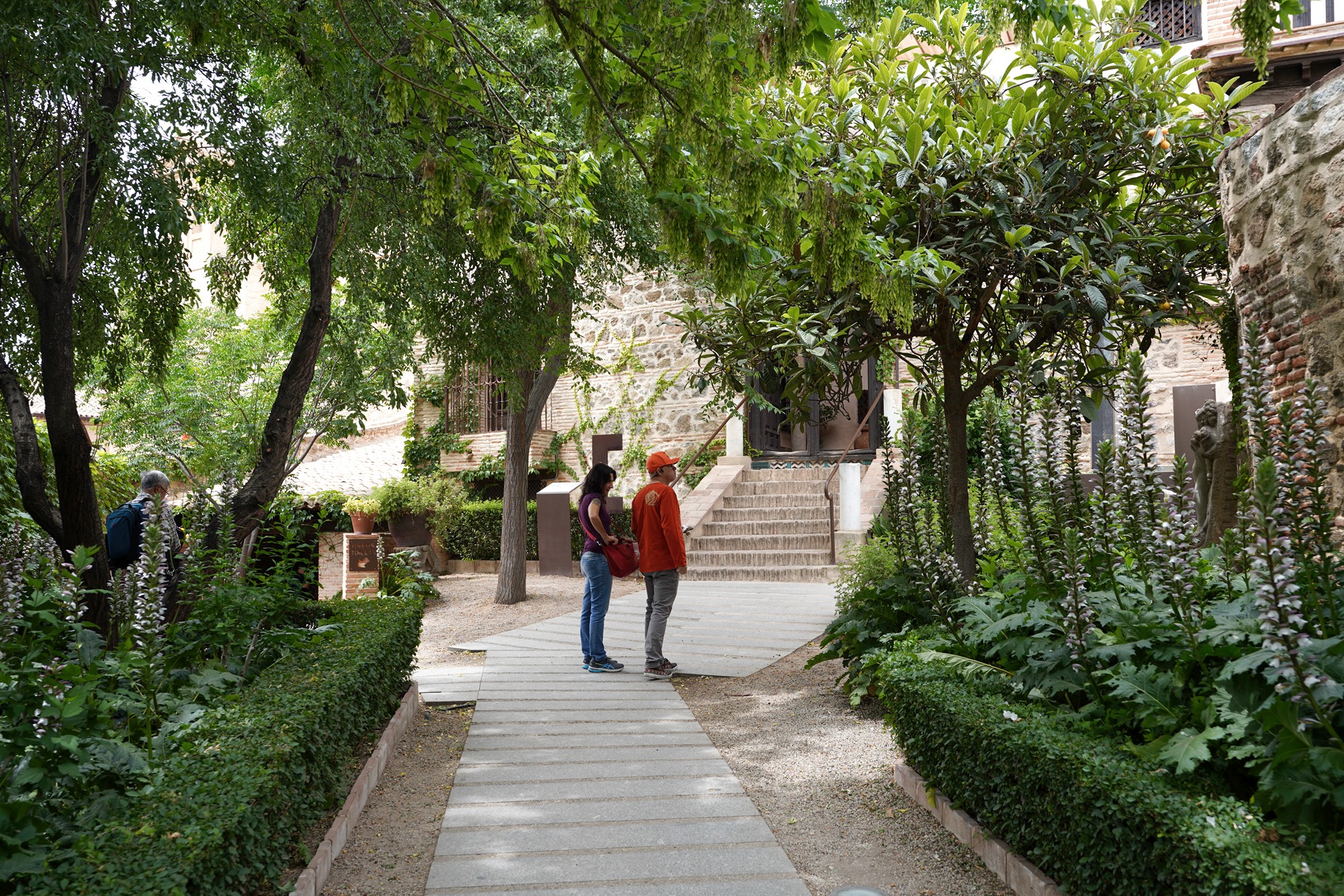
The museum is located in the former residence of El Greco himself, known as the Casa y Museo del Greco. The building is a historic house where El Greco lived during his time in Toledo. It provides a unique opportunity to visit the artist’s former home and gain insights into his personal life and working environment.


The building that houses the Museo del Greco is an example of 16th-century Spanish architecture. It features a central courtyard, elegant galleries, and a charming garden.
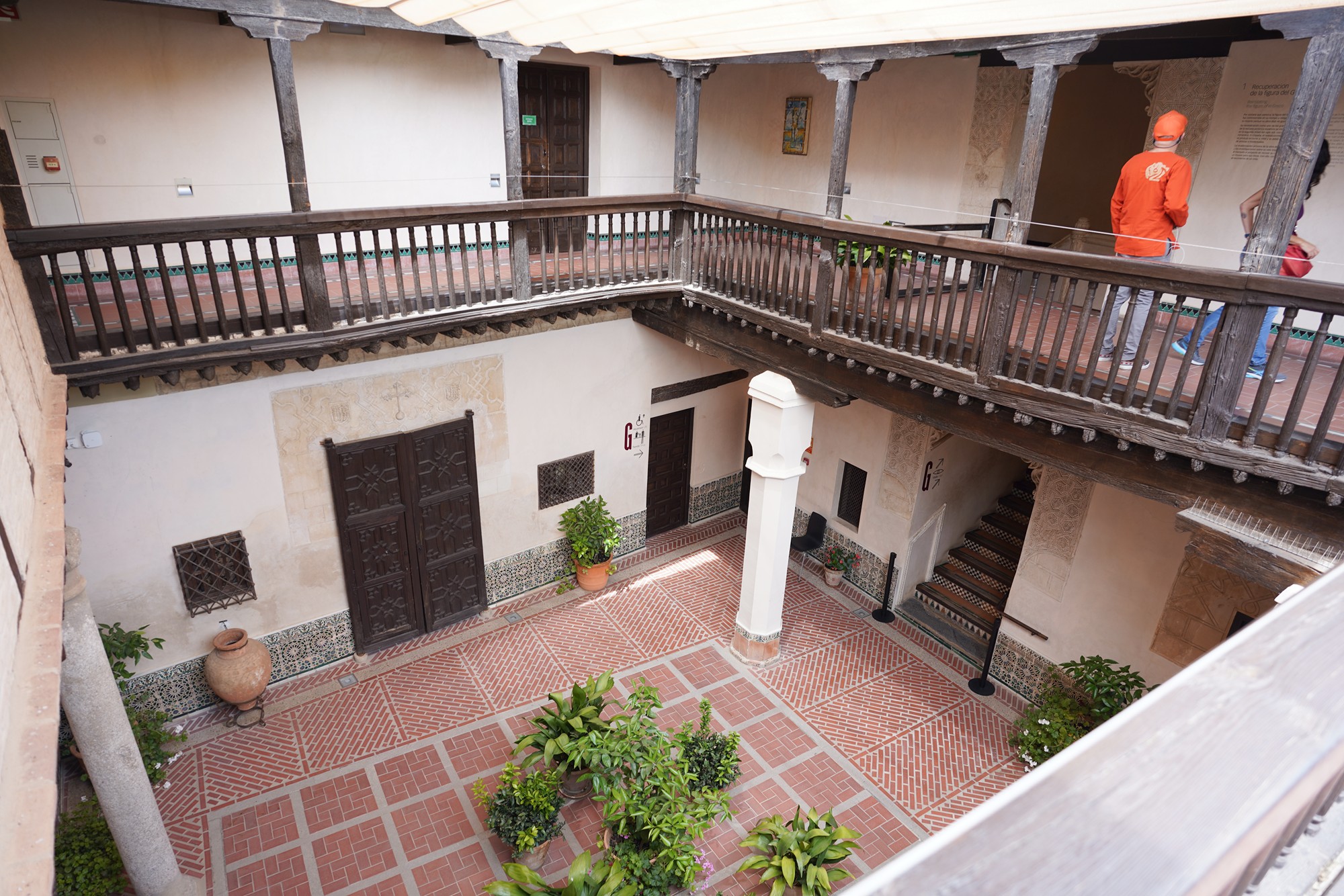
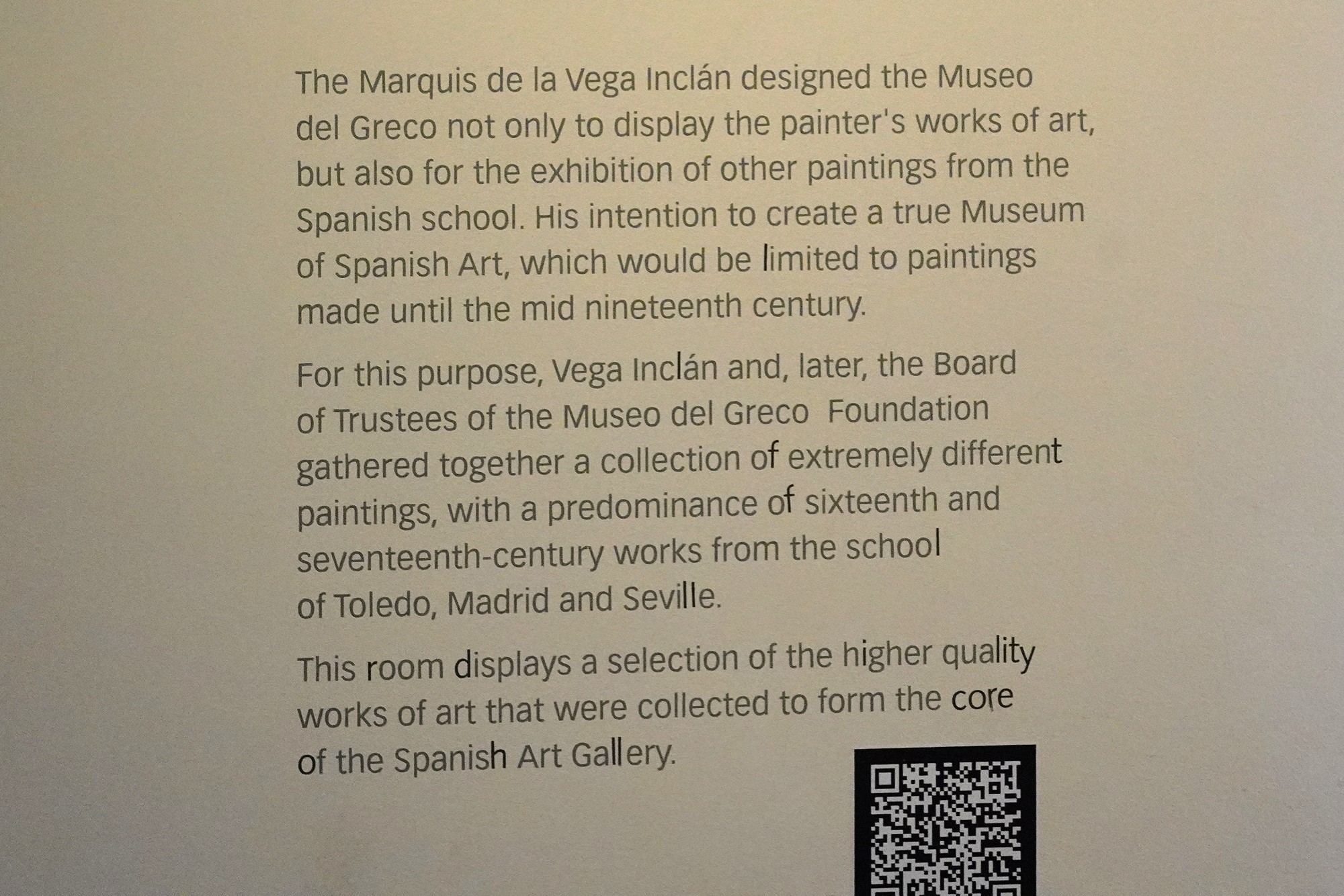

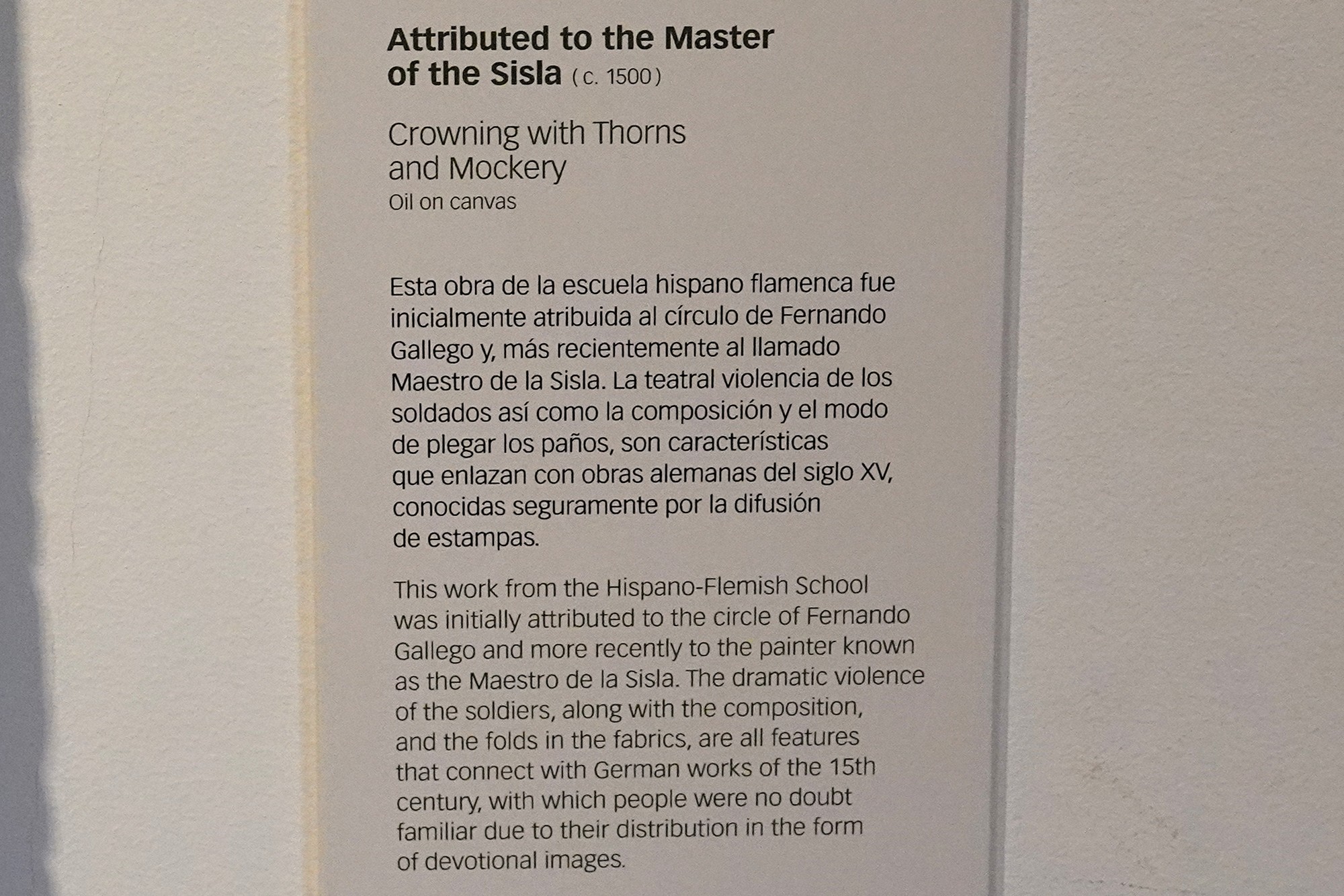

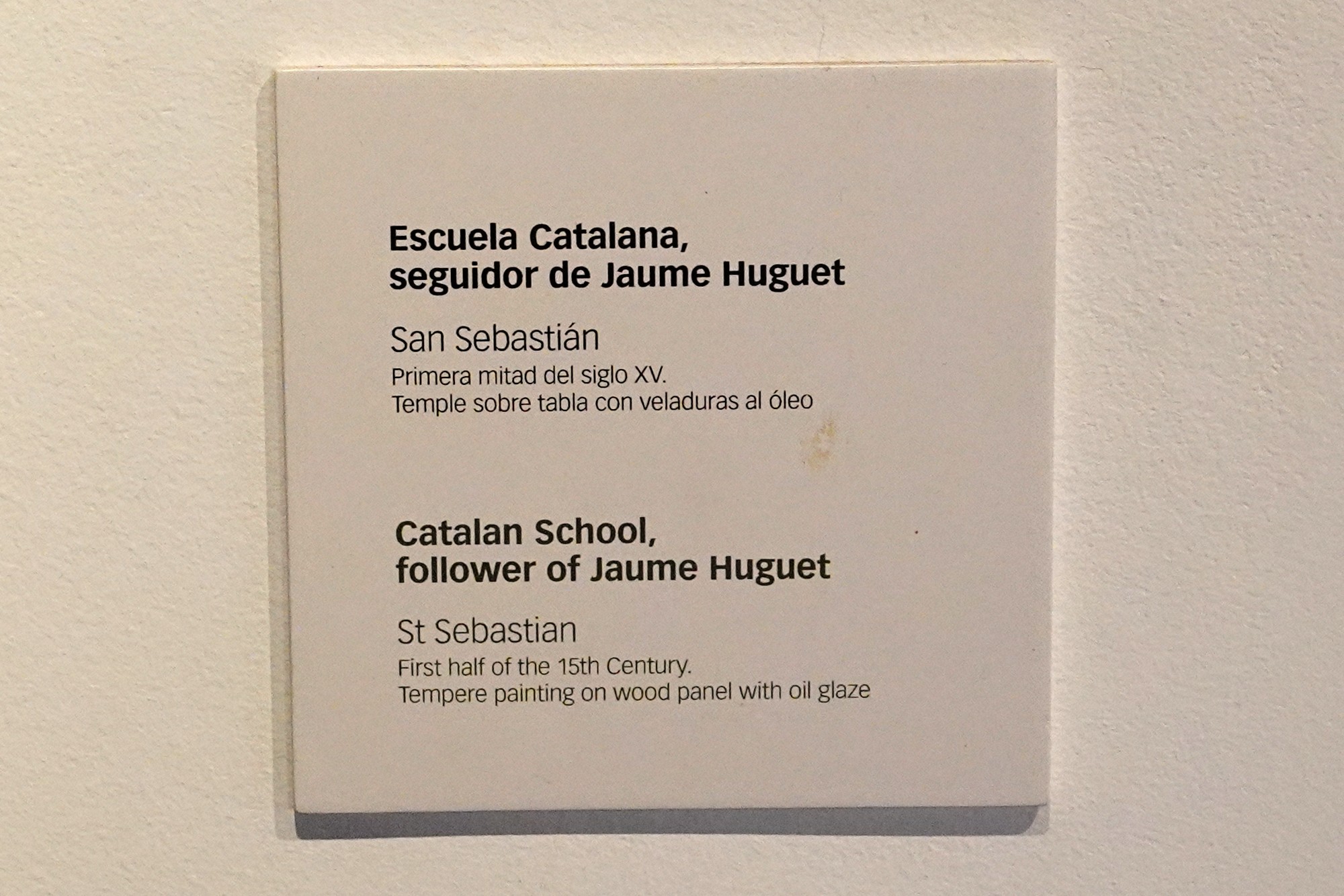
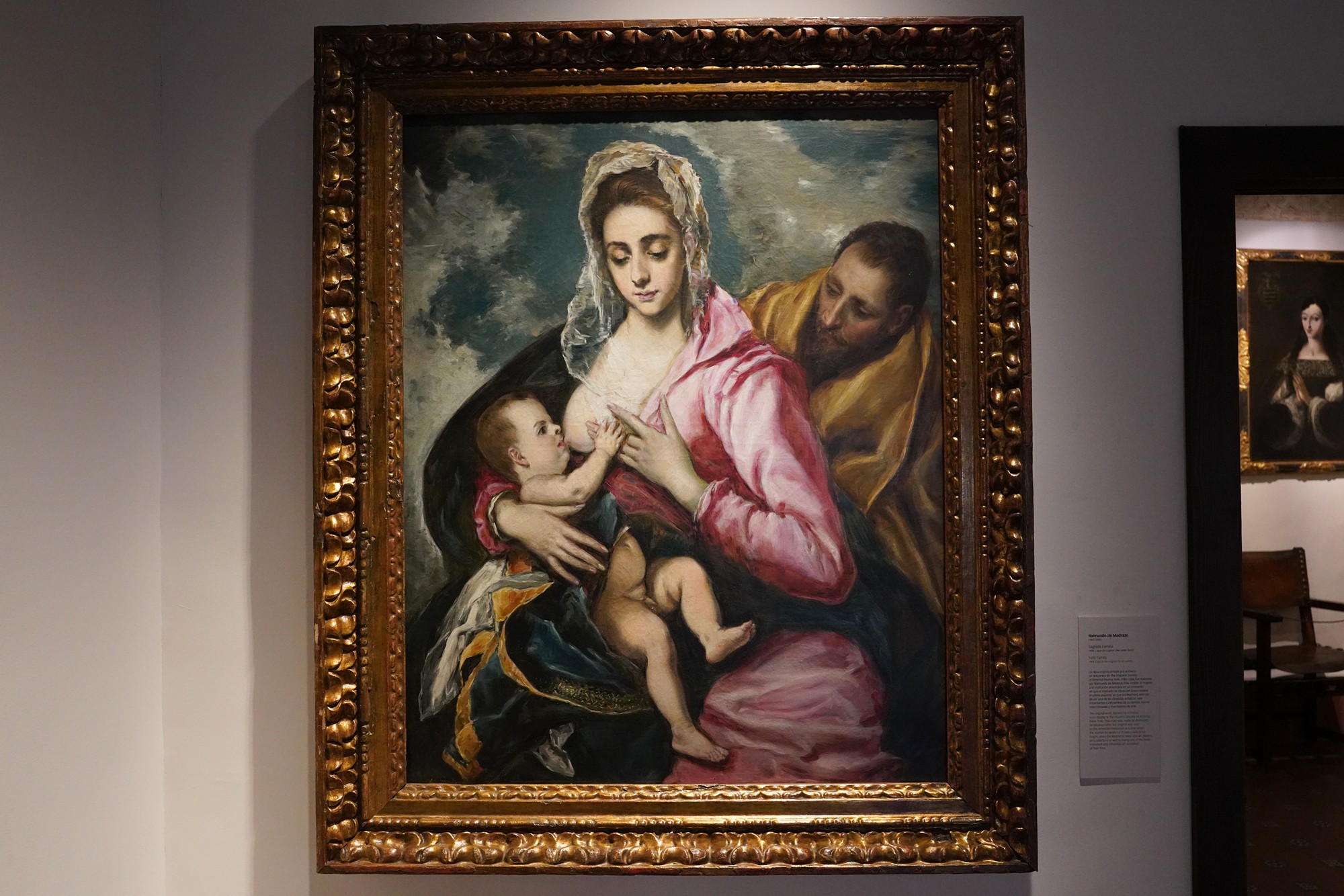
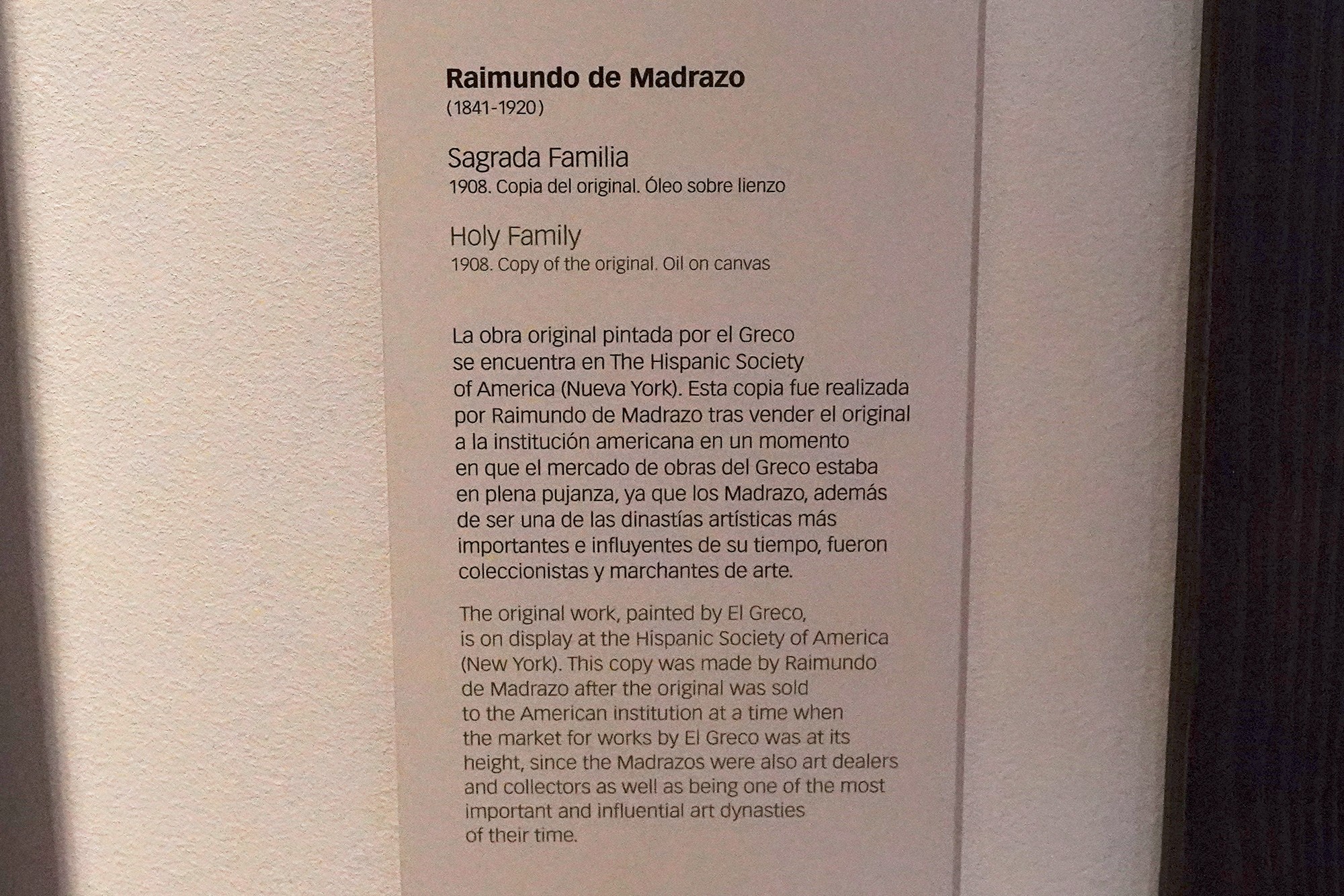
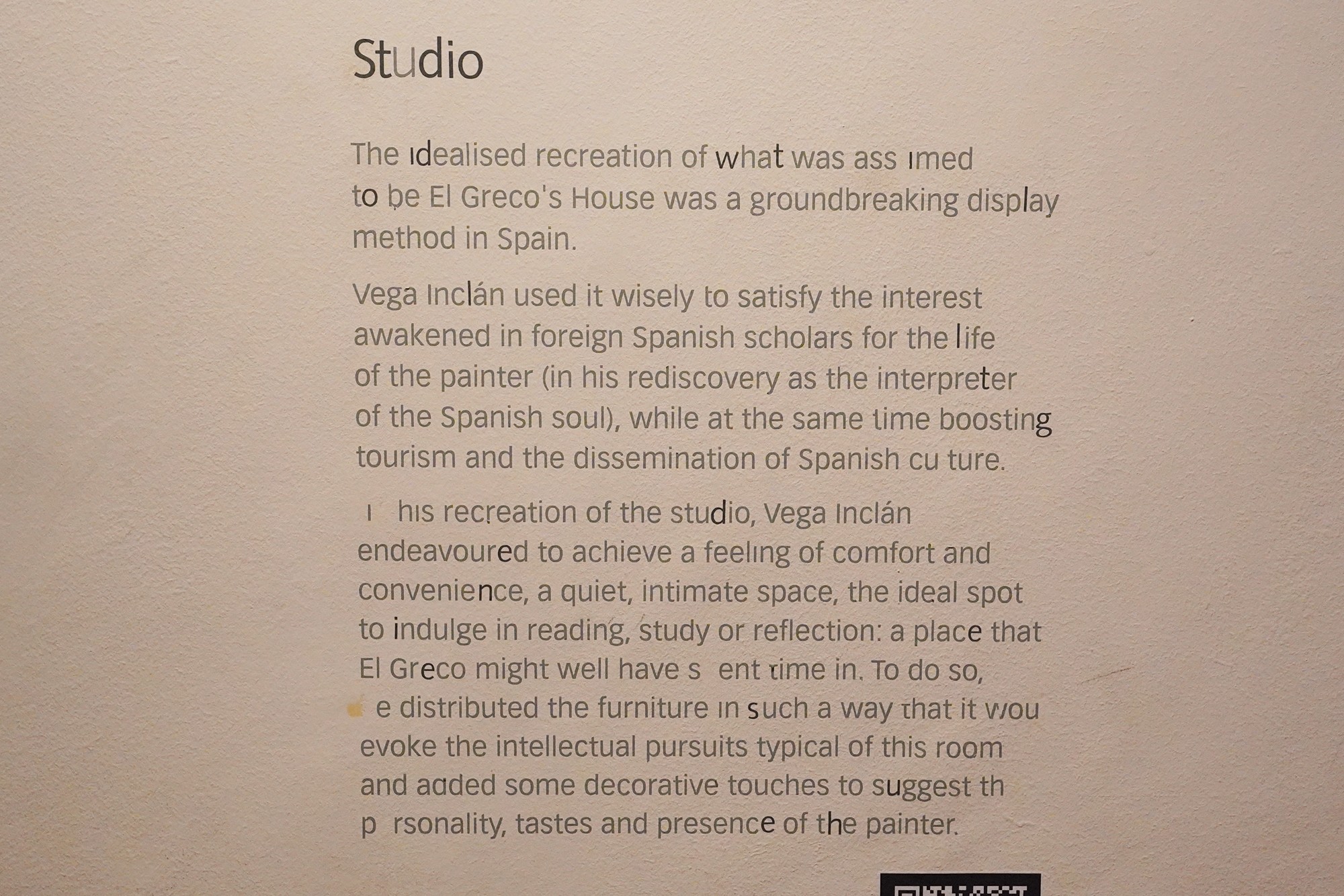

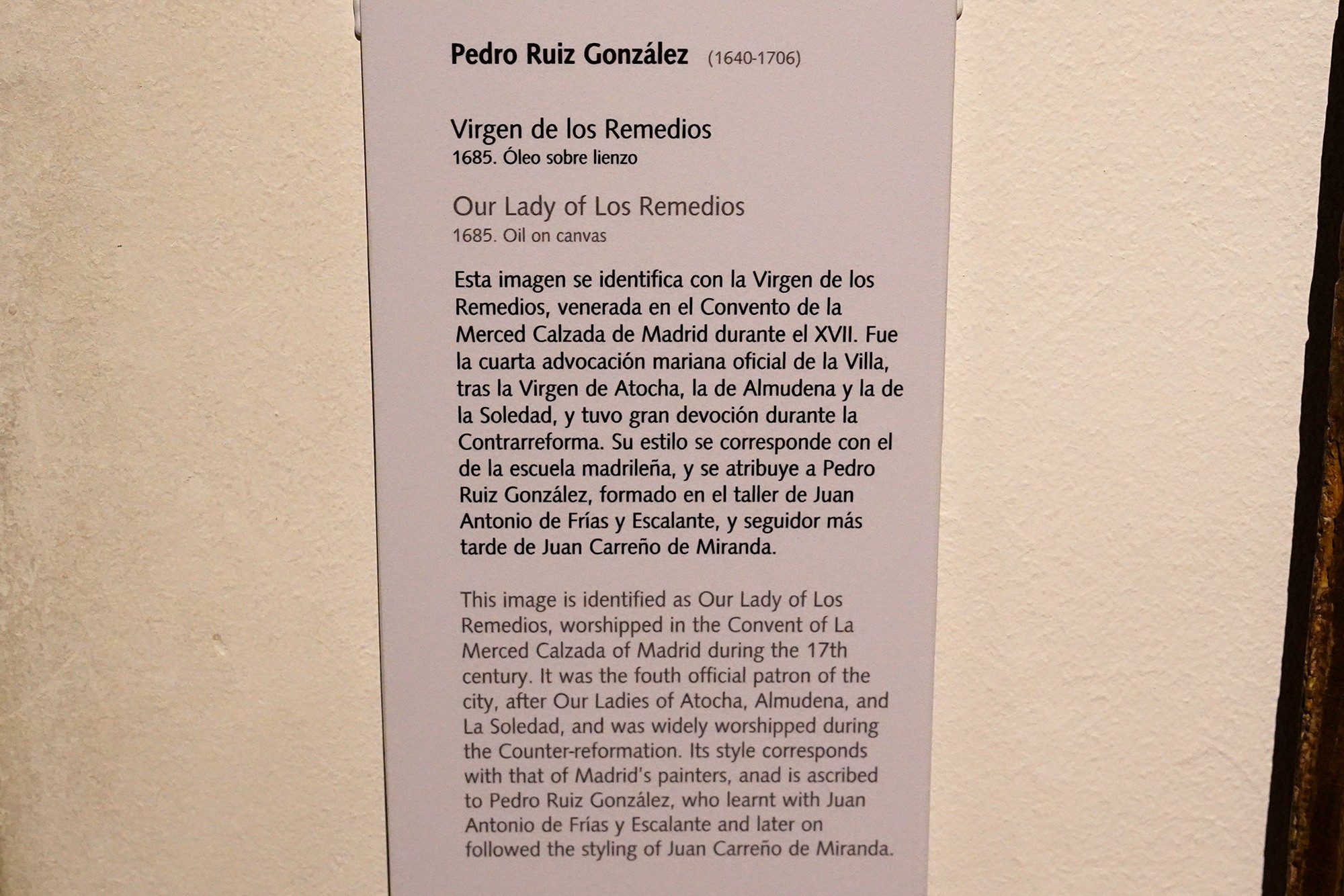
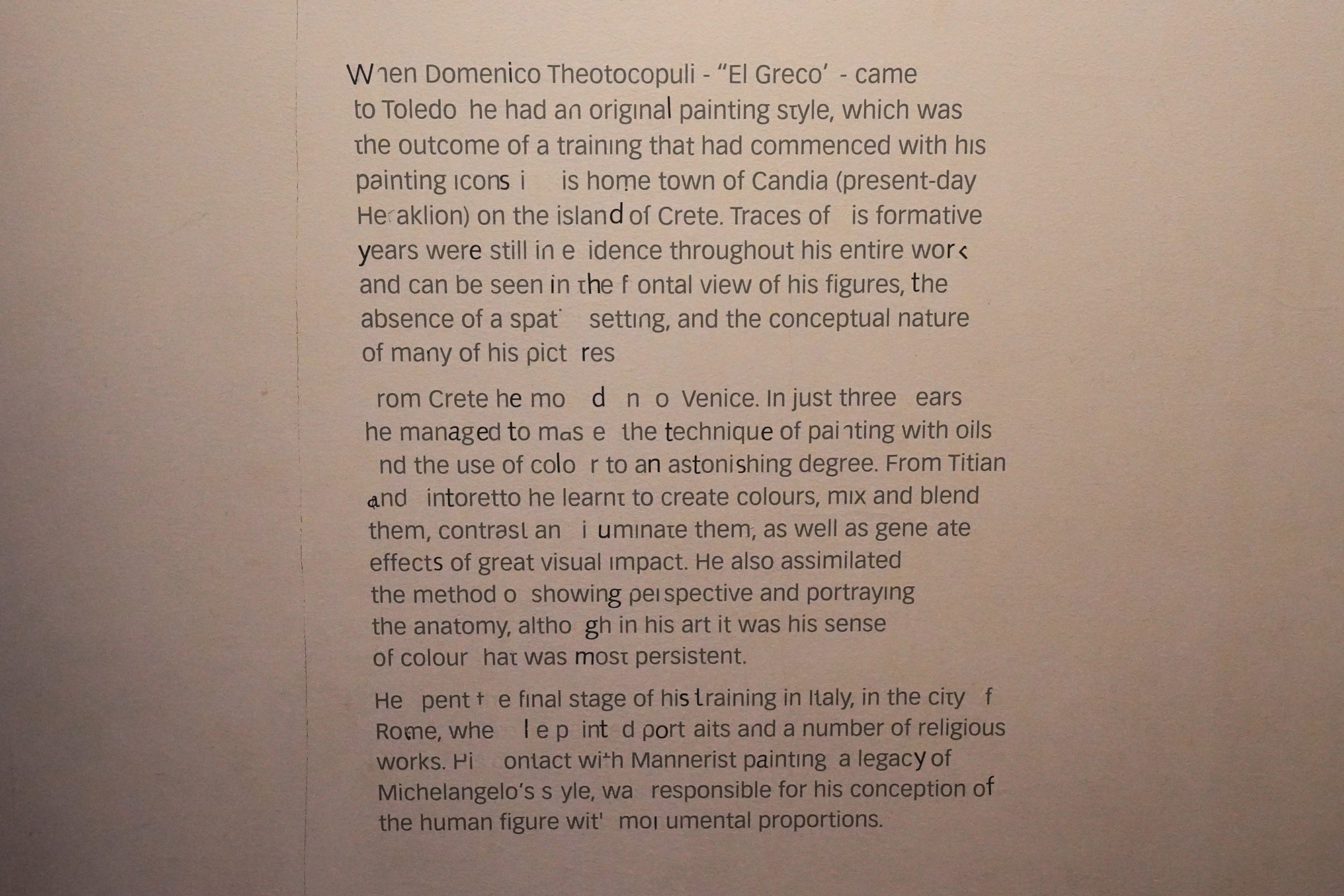

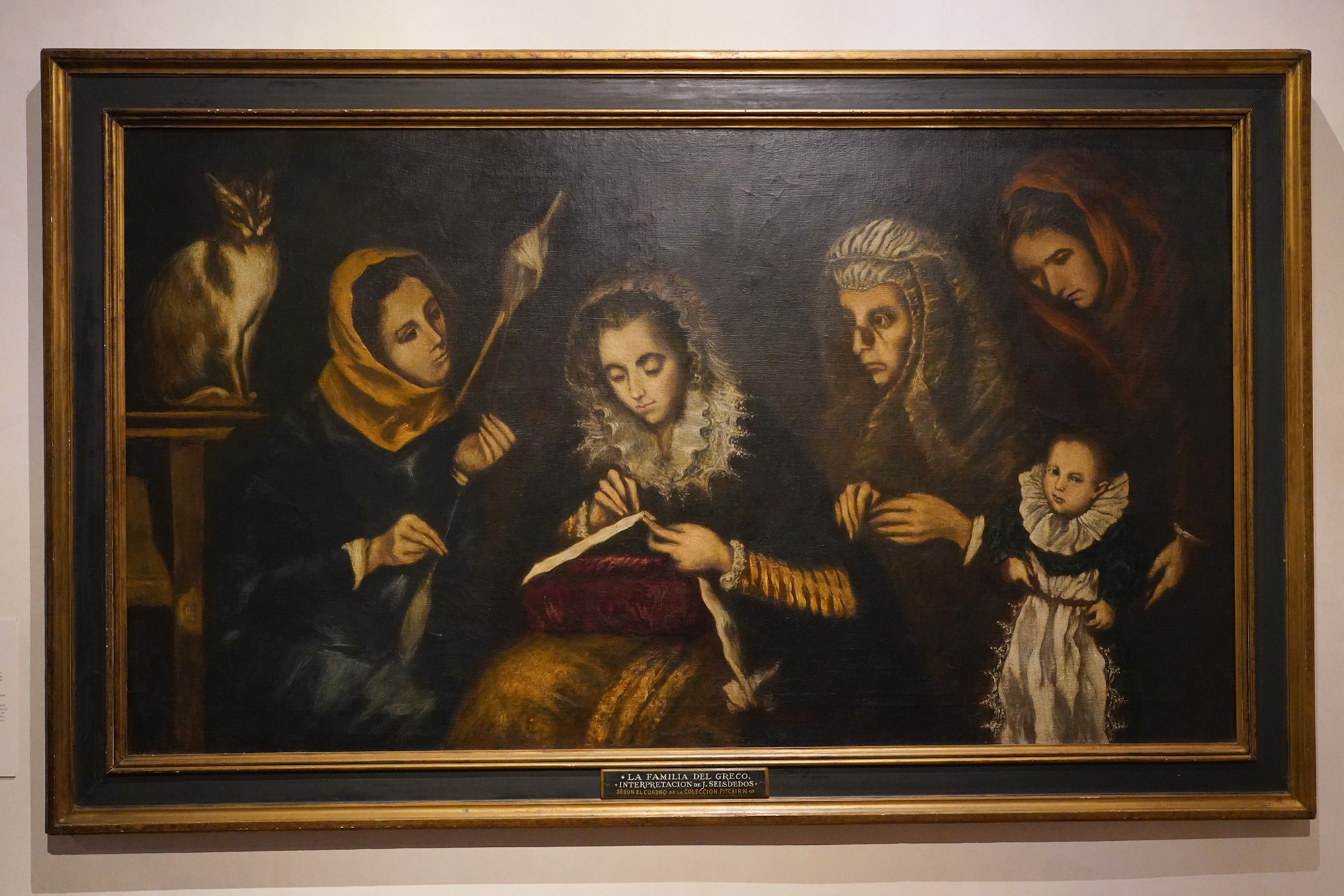
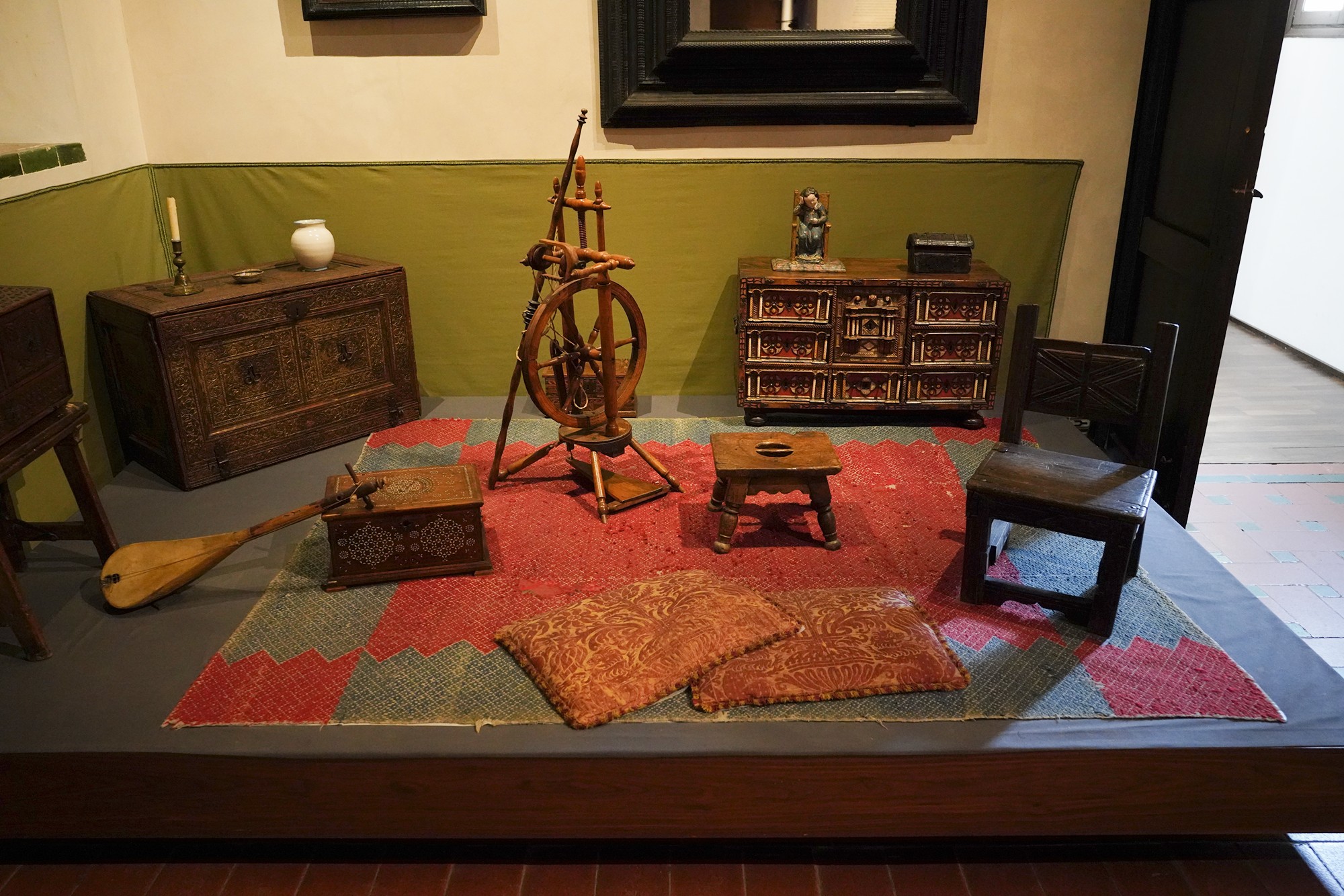
This is a small museum, and it does not have many paintings.
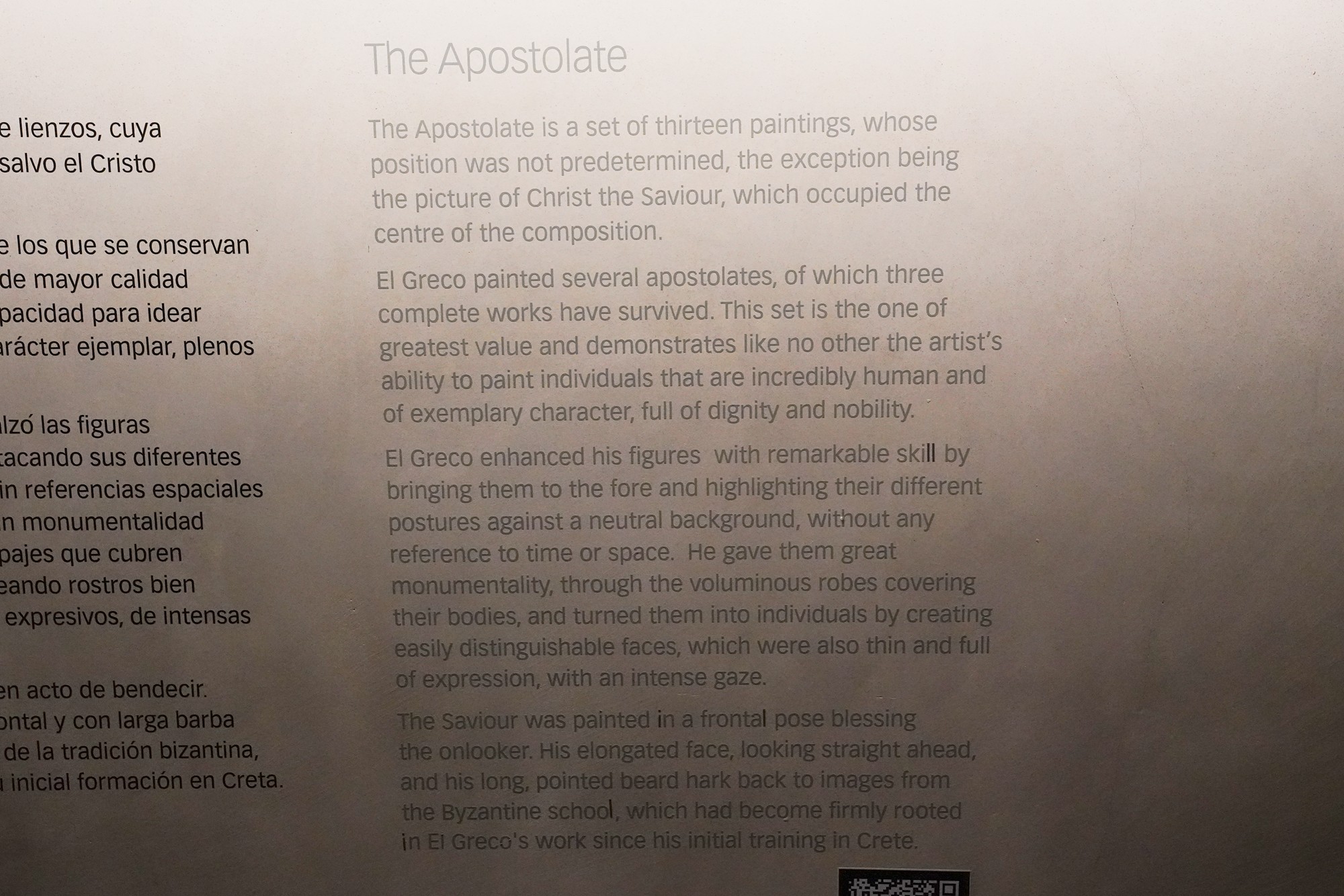
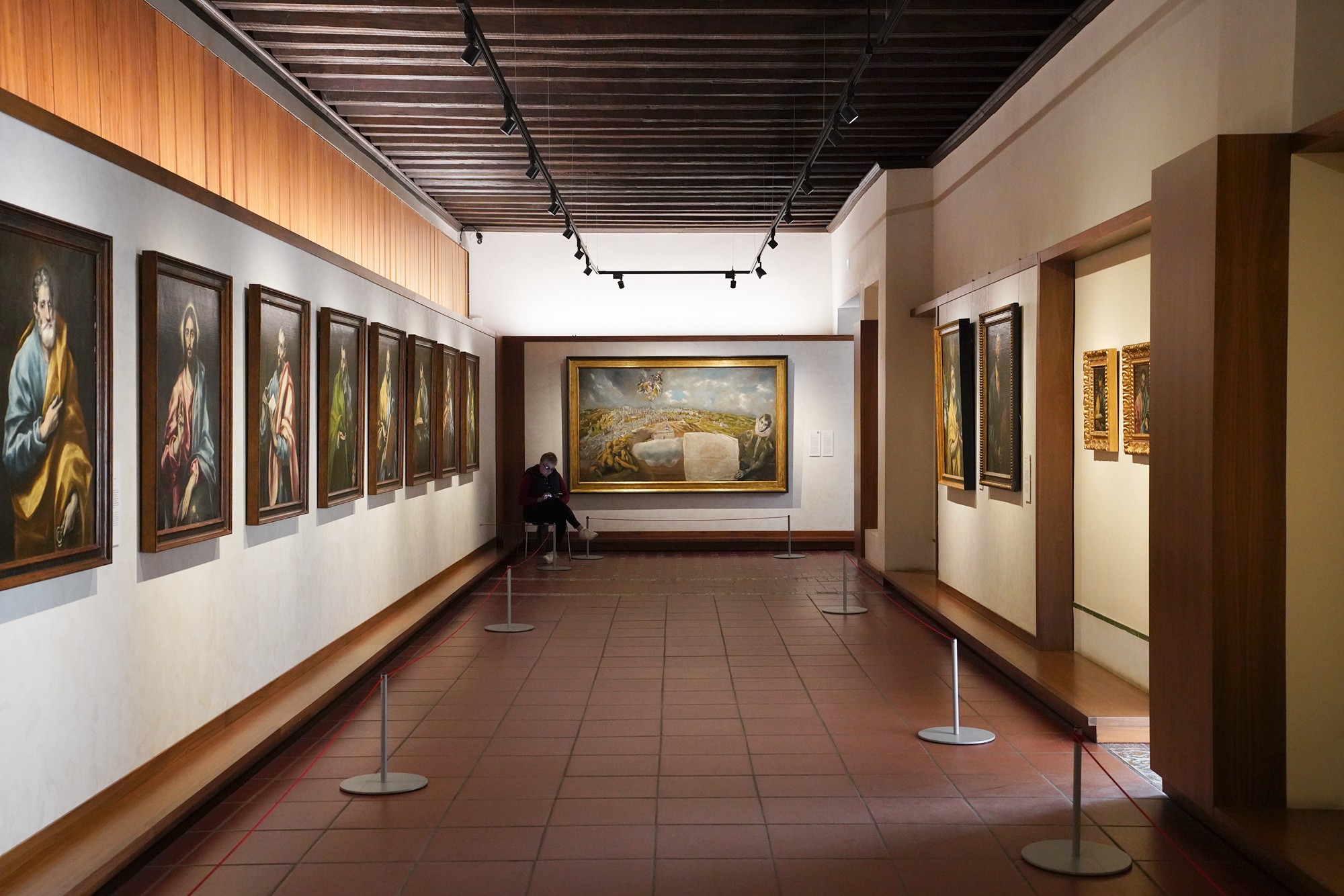
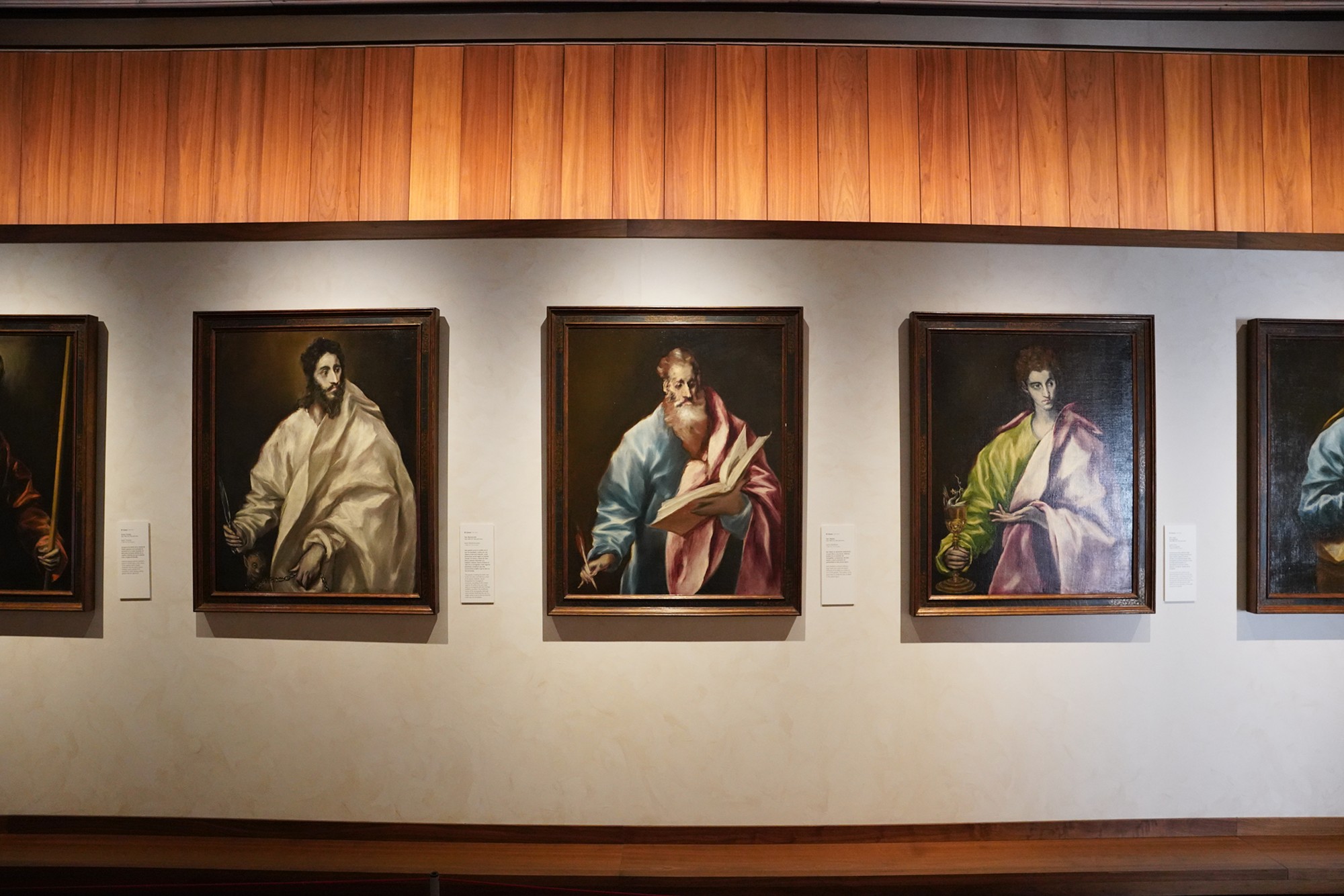
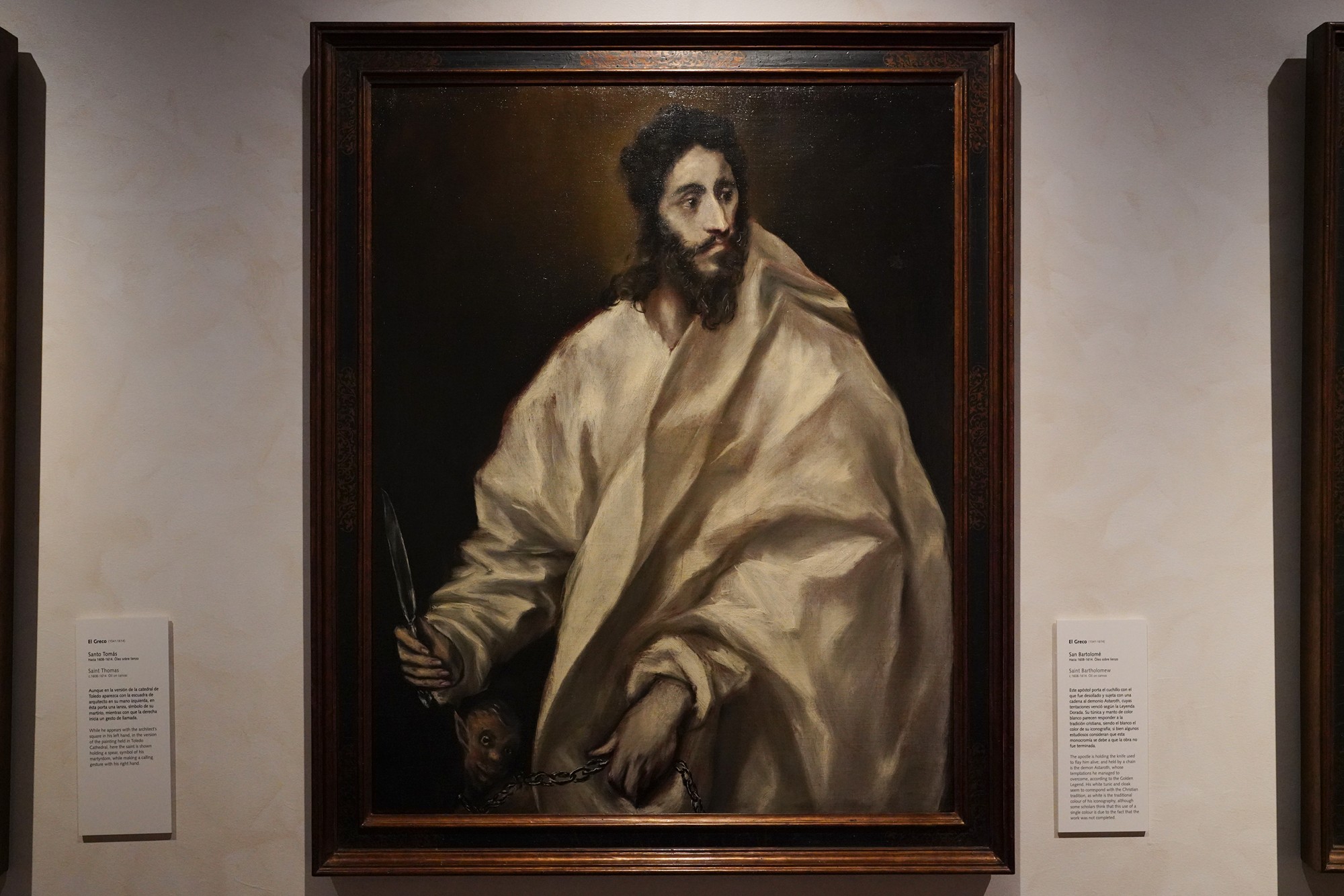


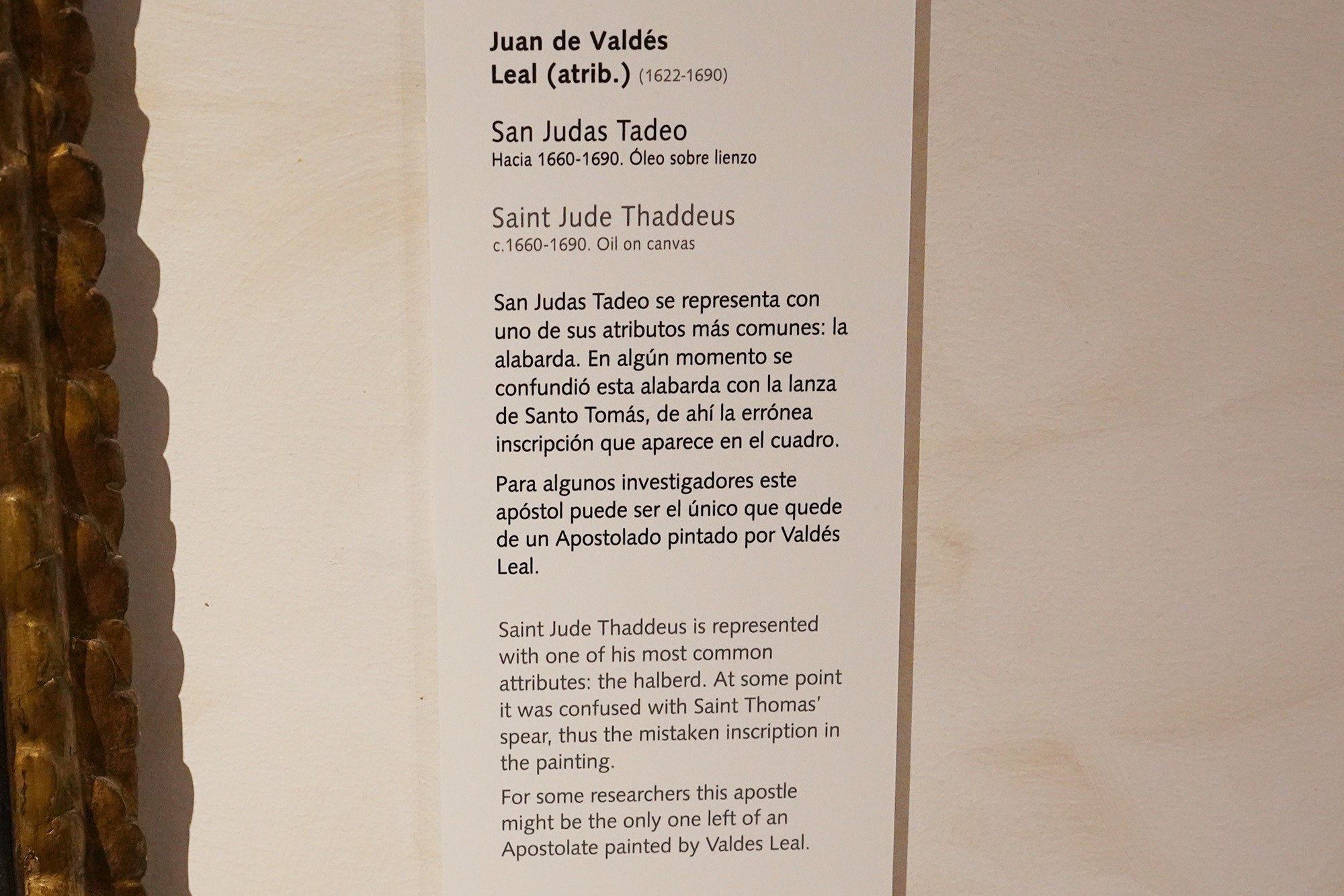
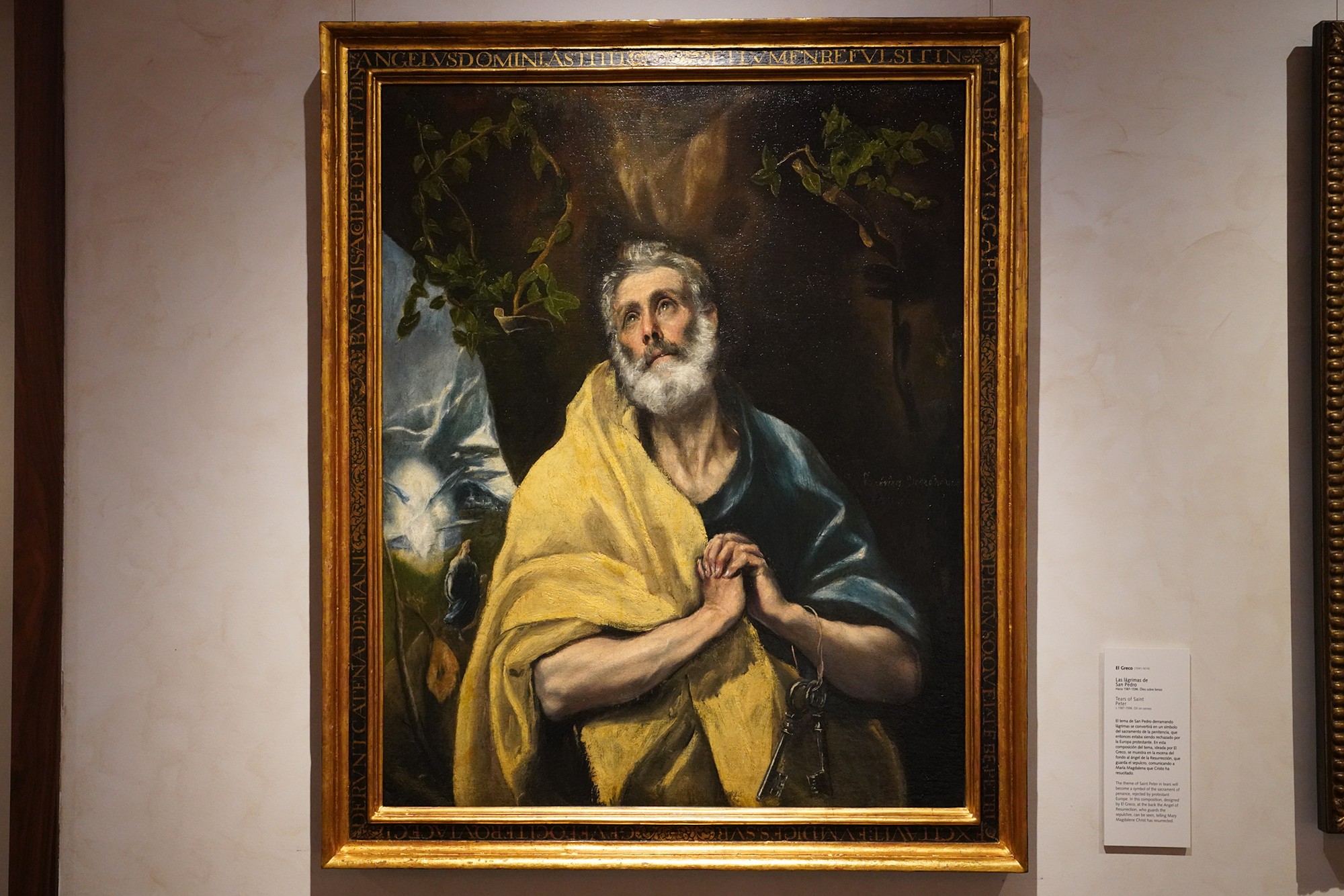
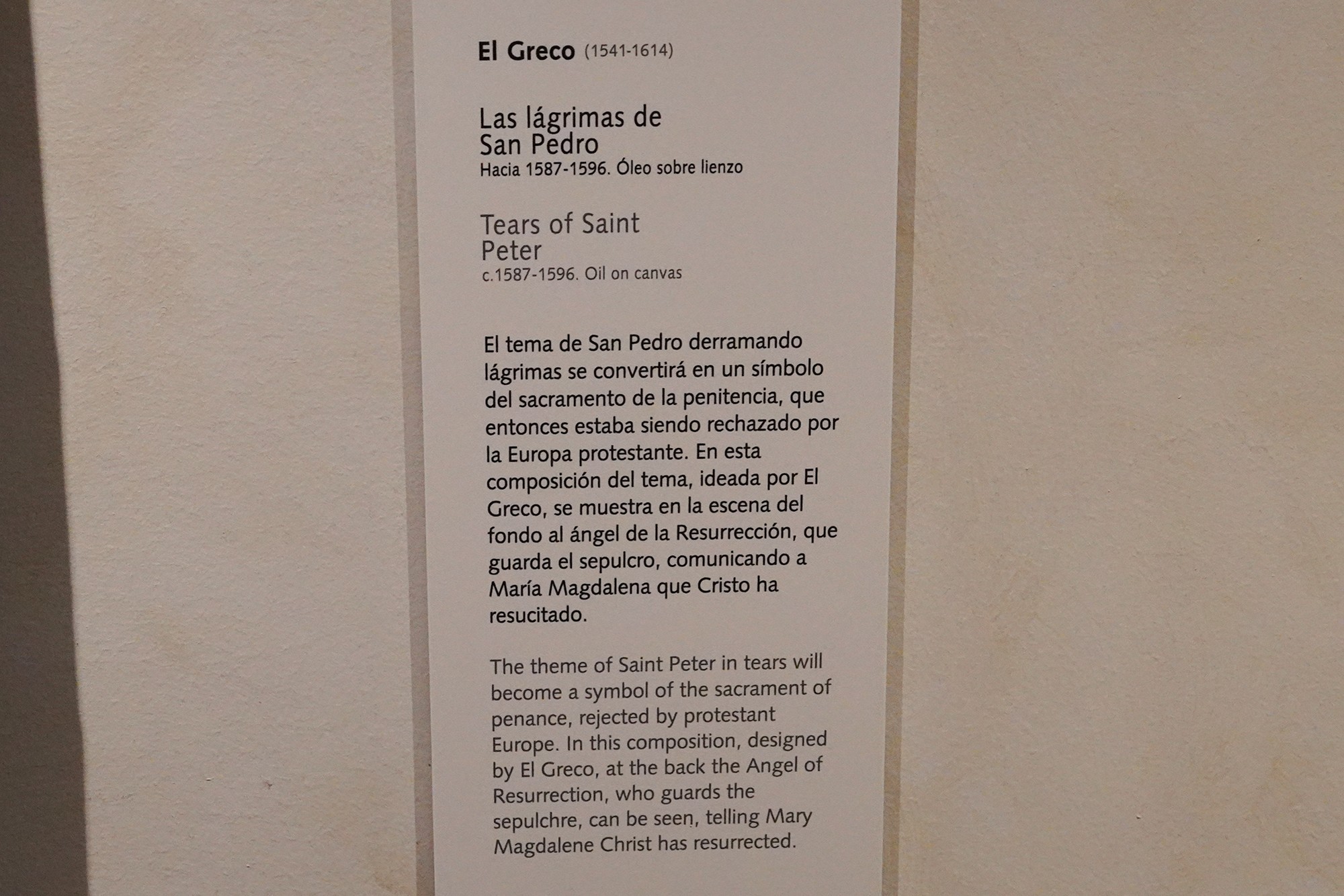
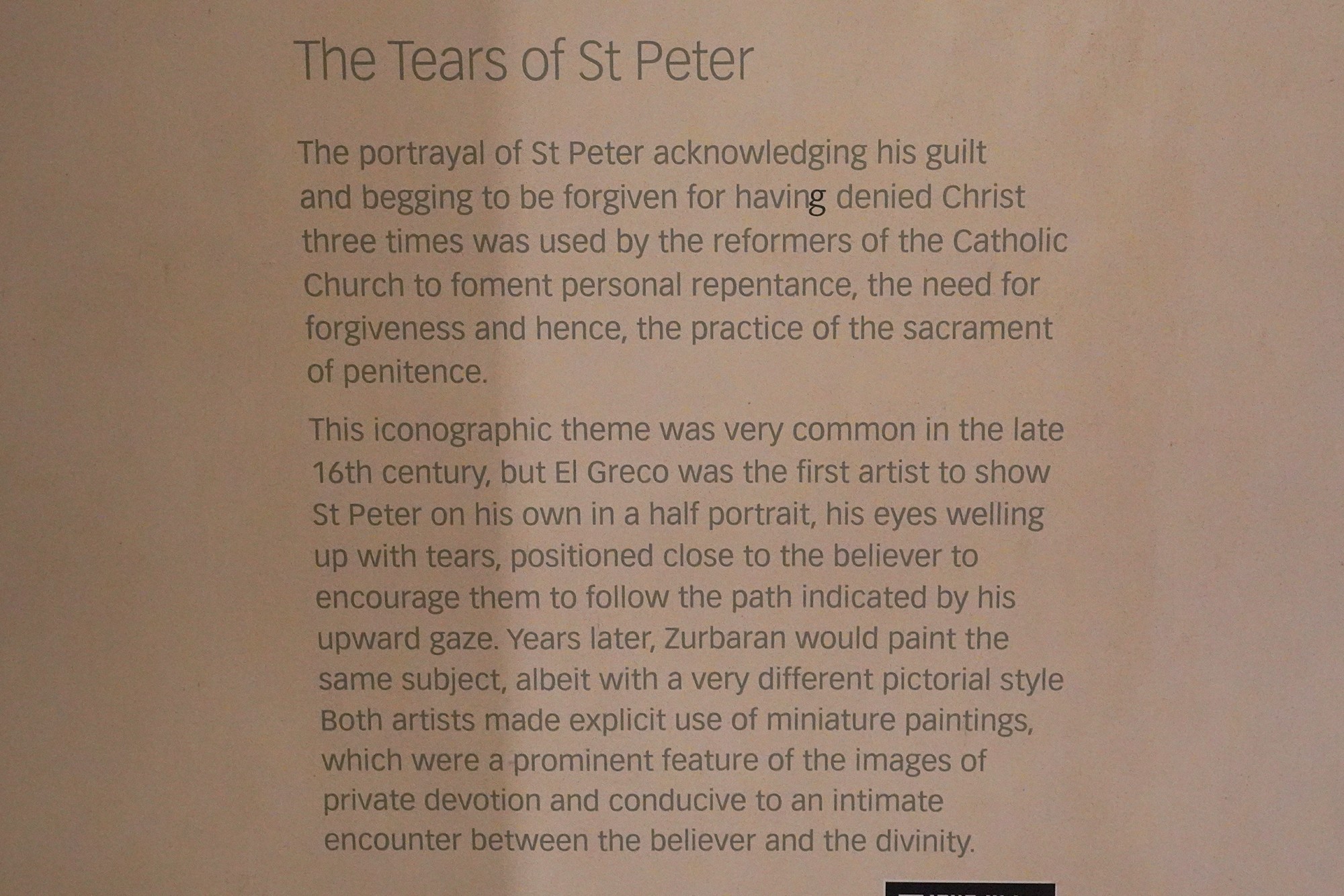
The house garden
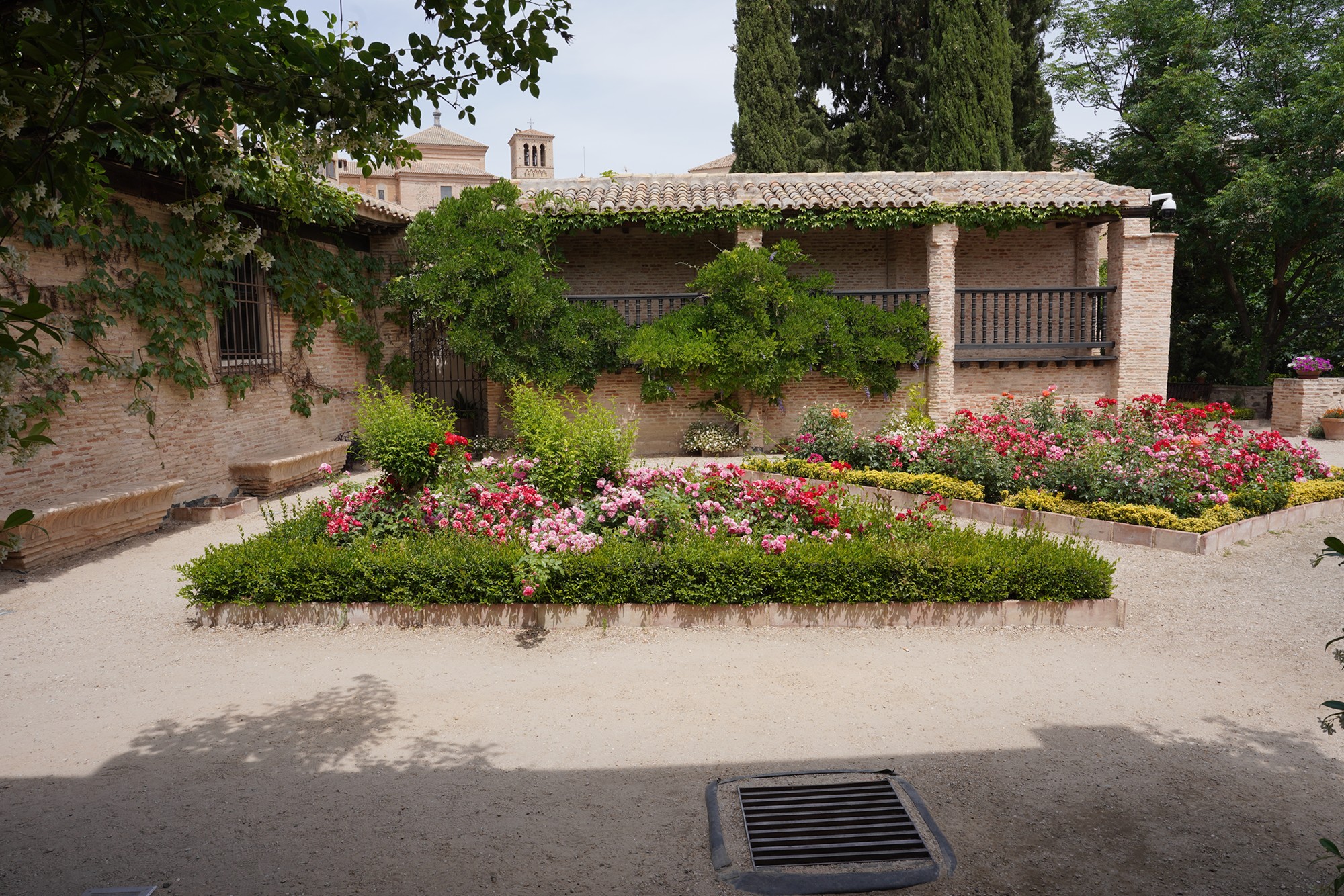
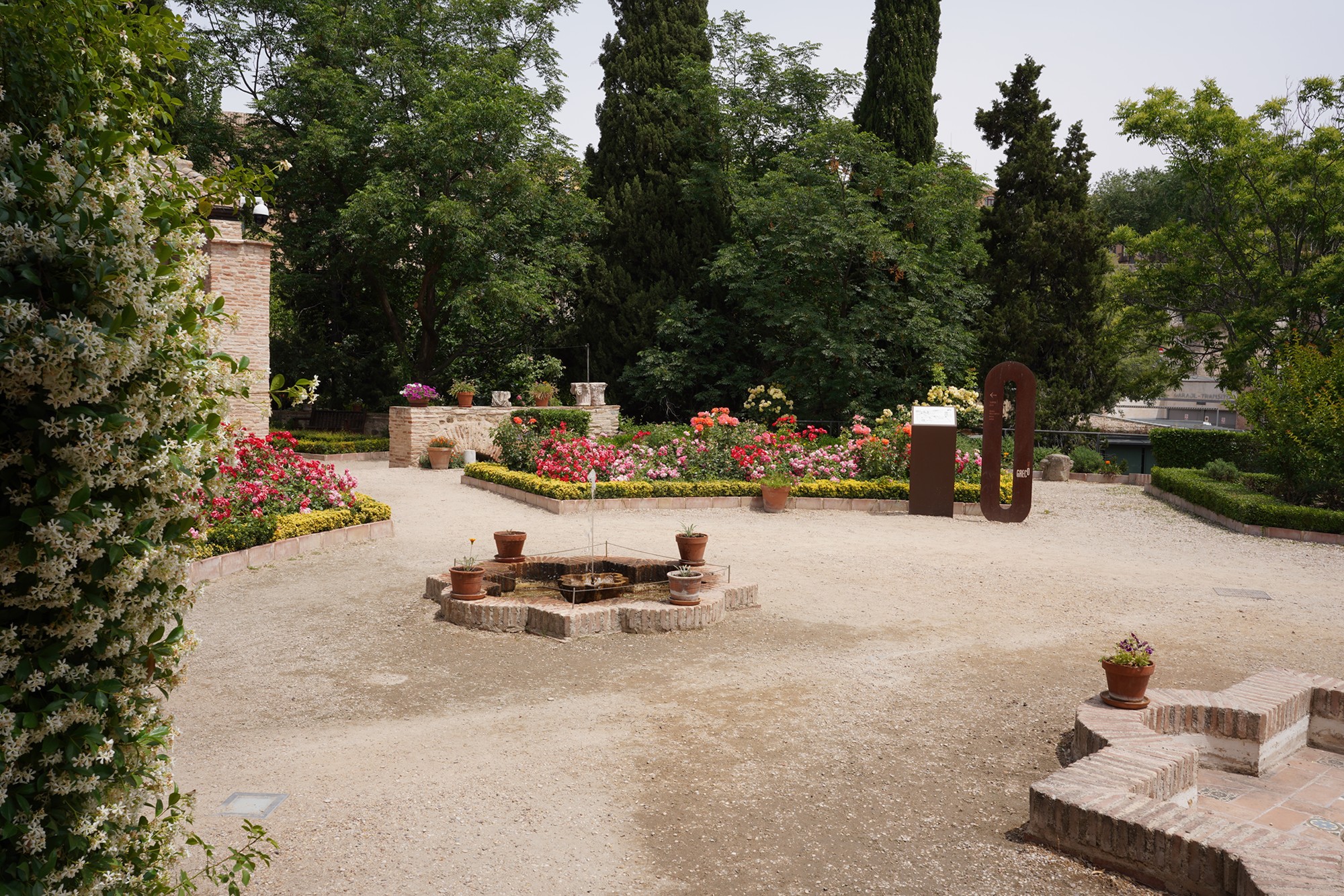
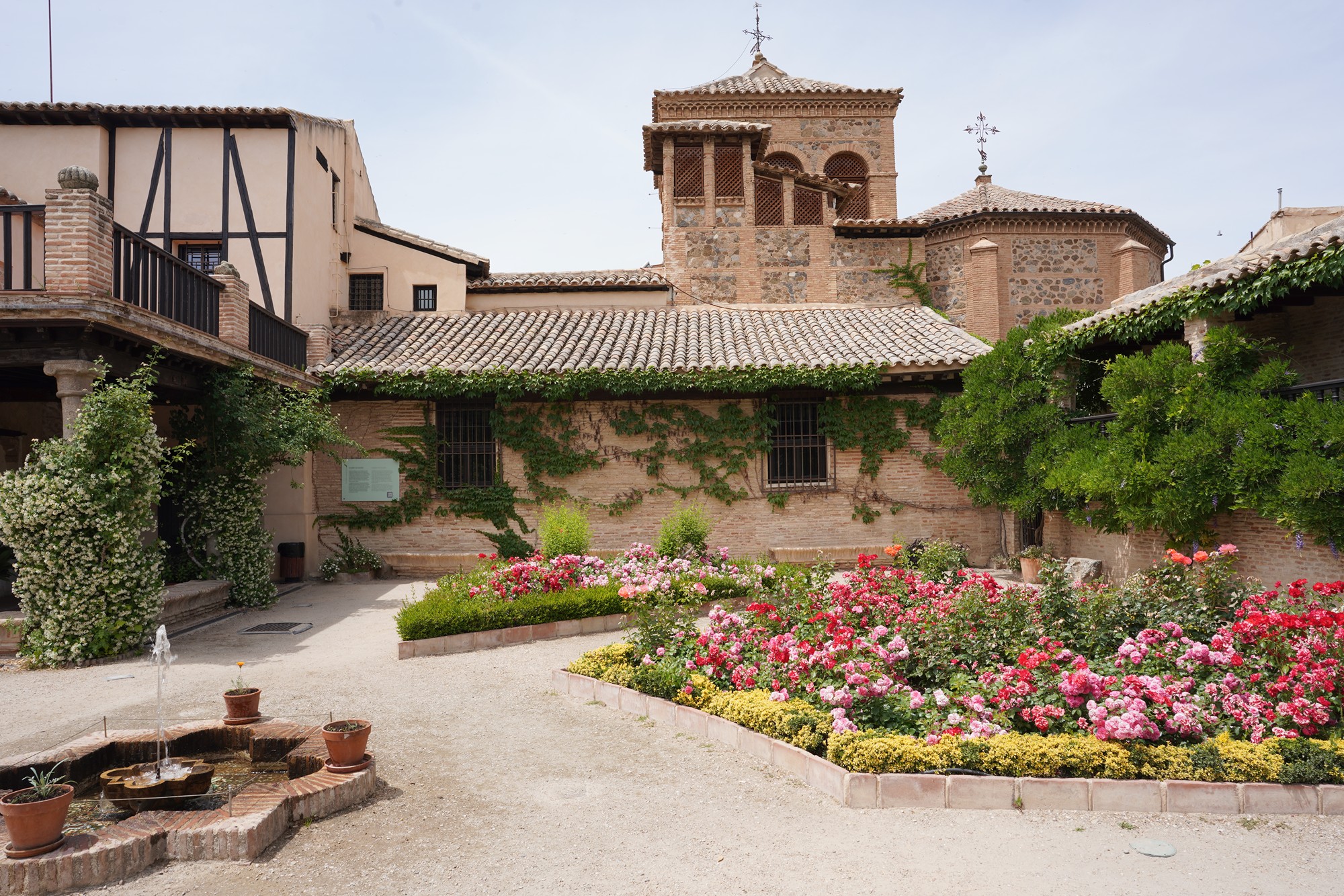

Out from the museum and walking toward Monasterio de San Juan de los Reyes
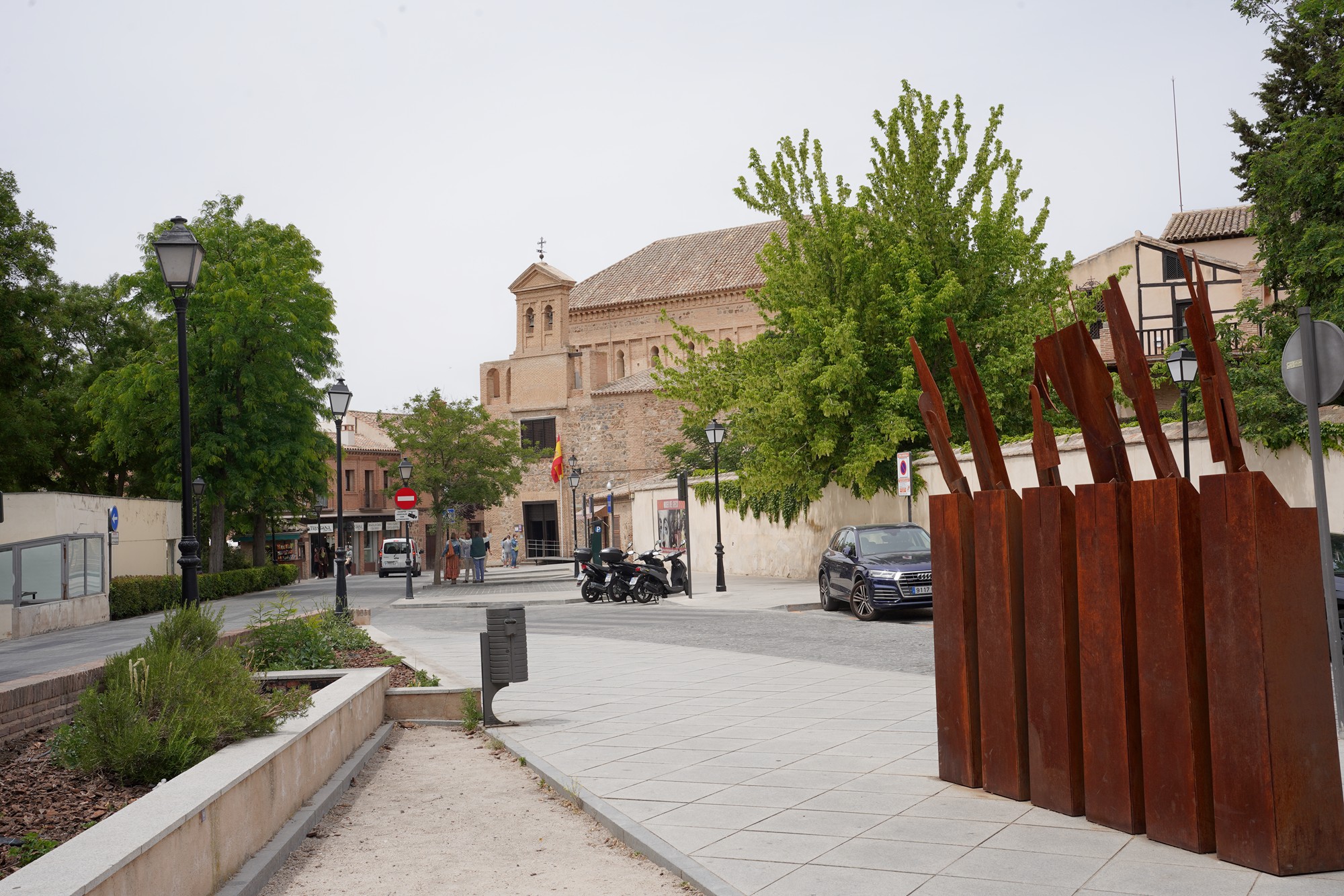
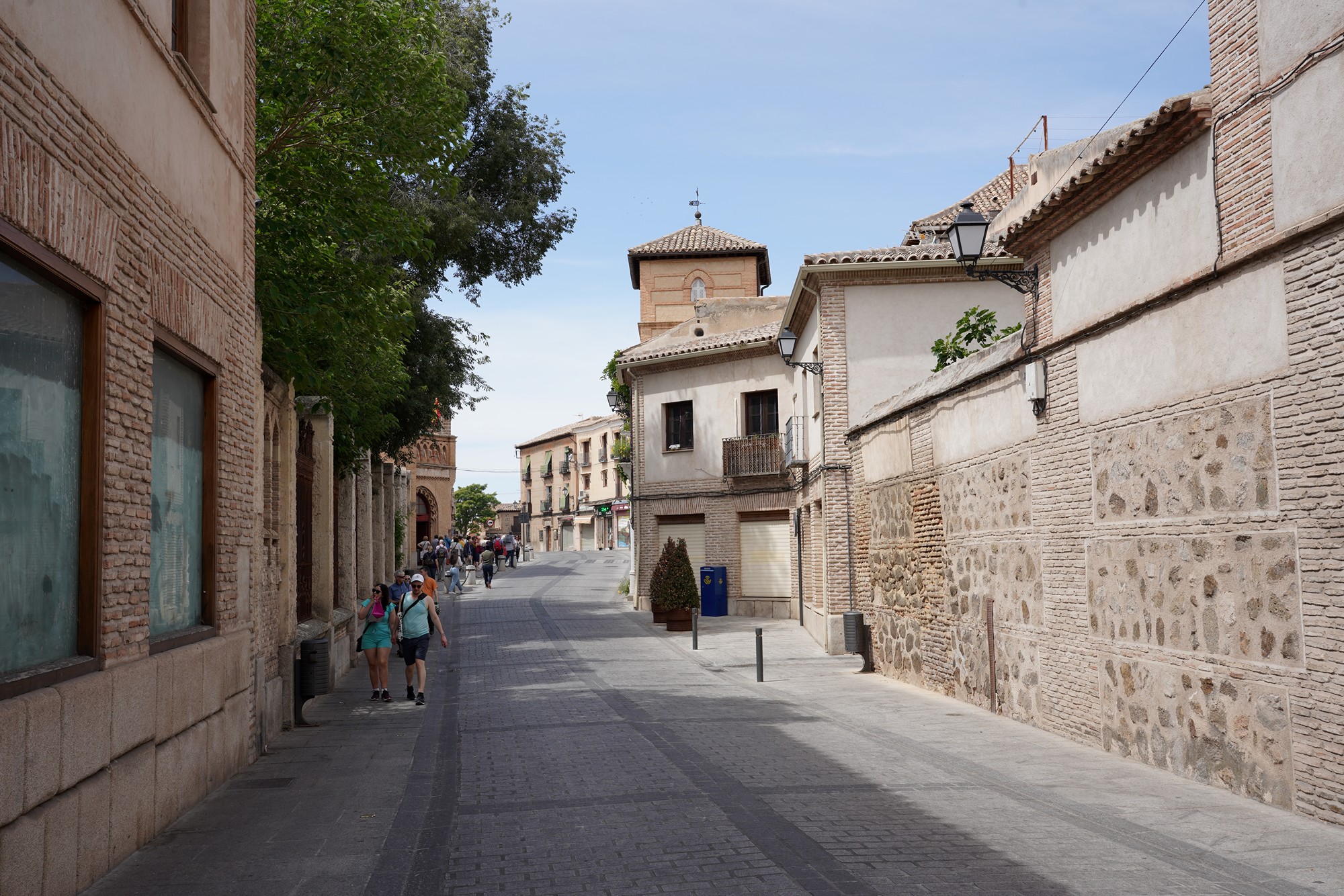
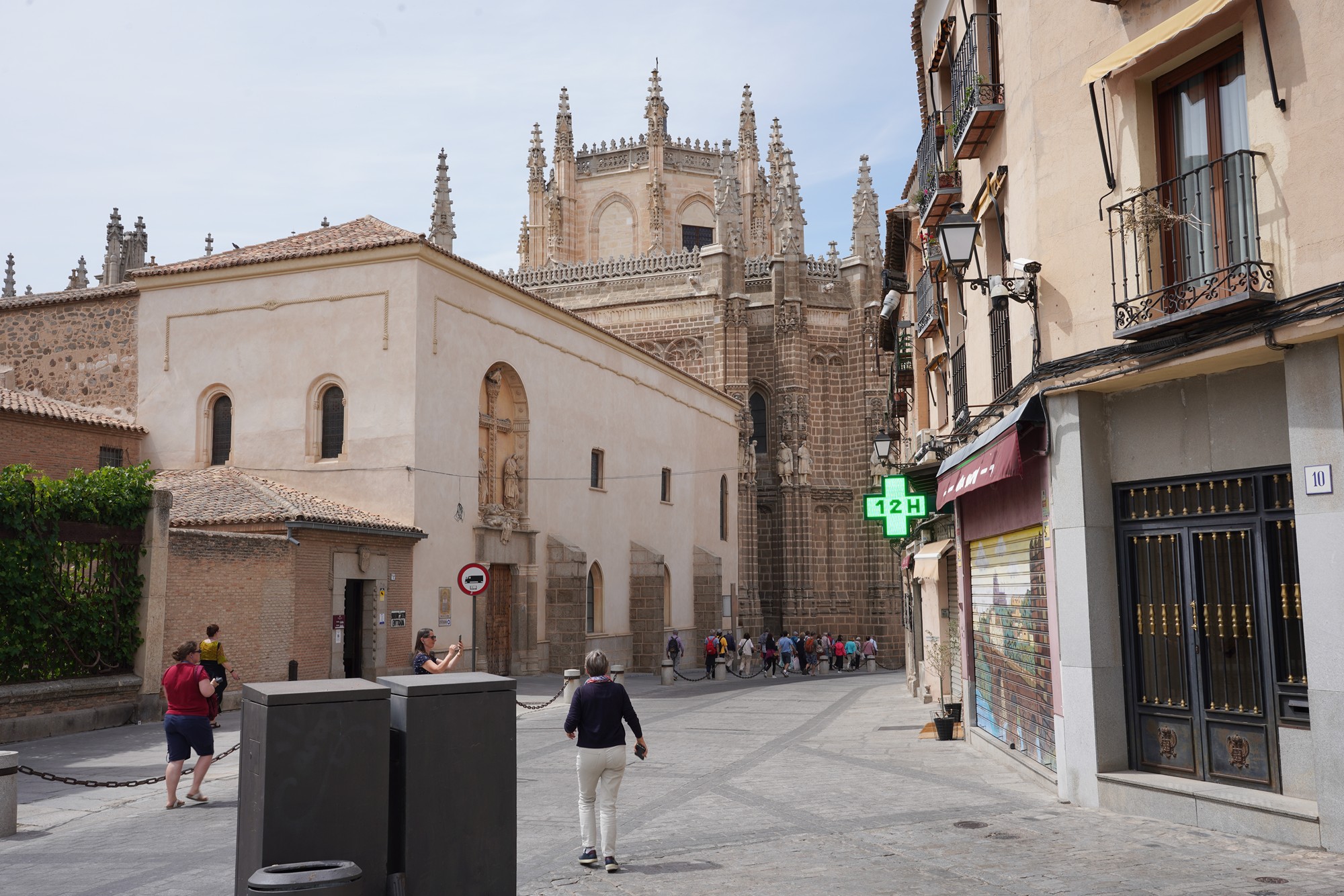
Monasterio de San Juan de los Reyes. The monastery was commissioned by King Ferdinand II of Aragon and Queen Isabella I of Castile in the late 15th century. It was built to commemorate their victory at the Battle of Toro and to serve as a royal pantheon for their dynasty. Construction began in 1477 and was completed in 1504.

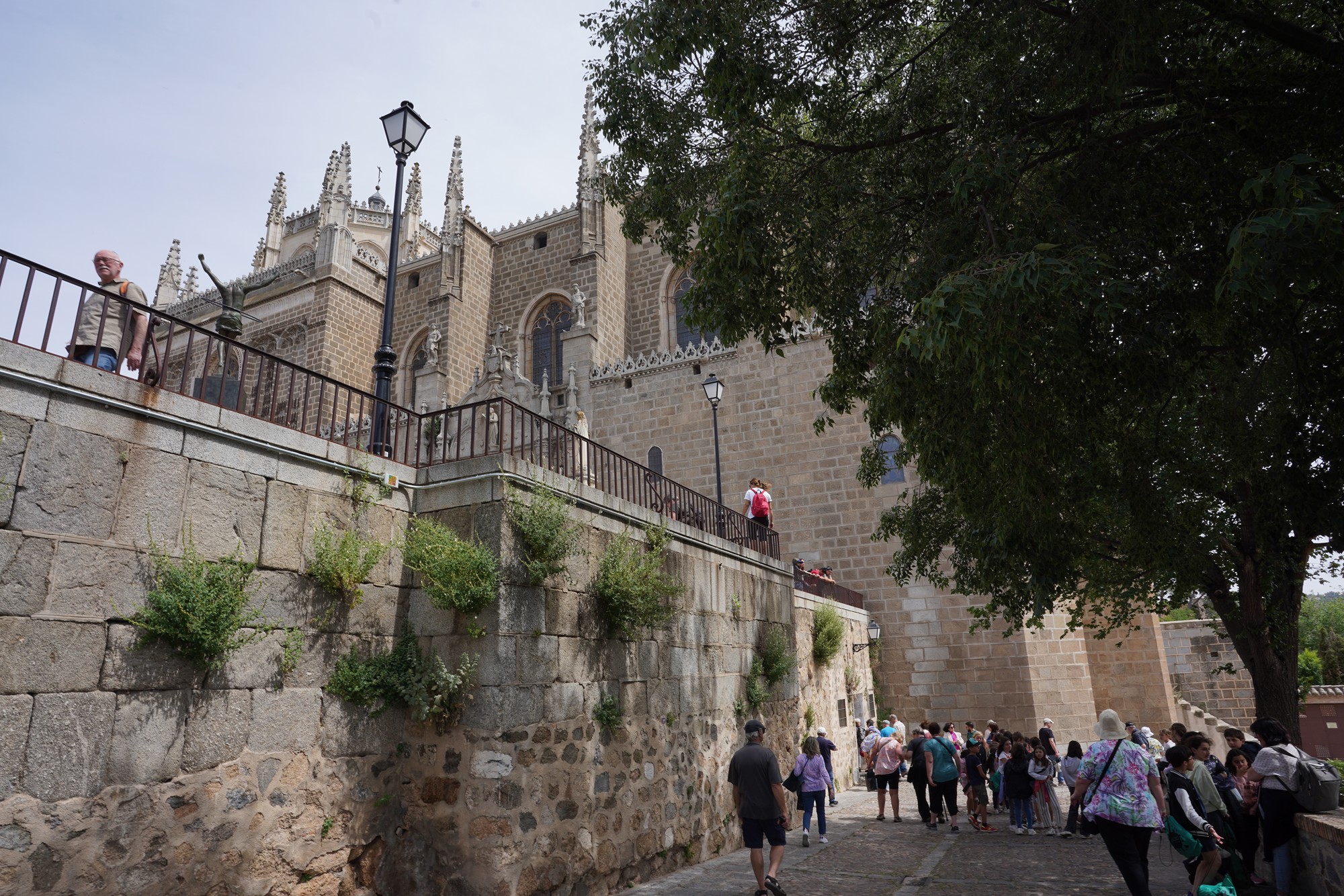
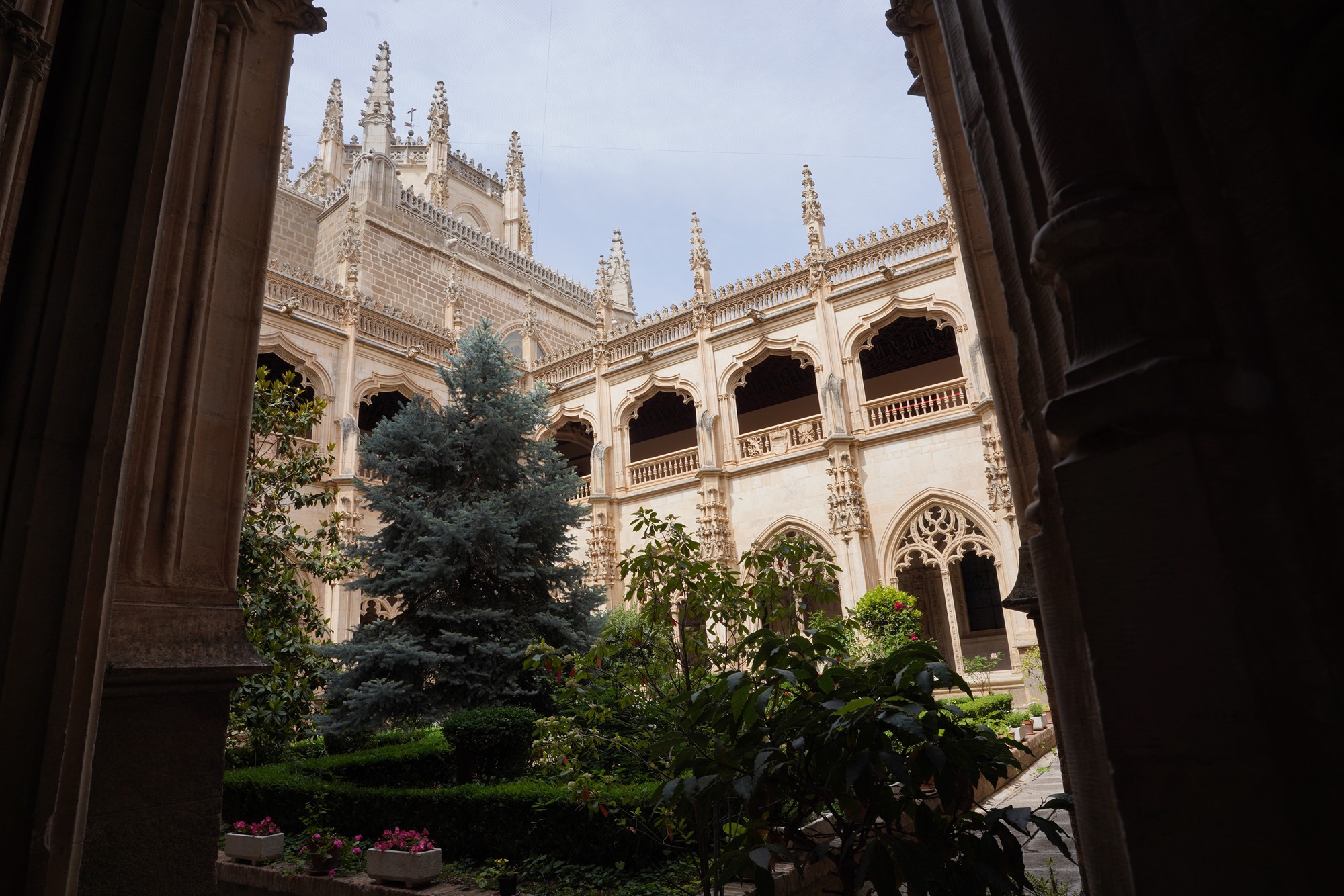
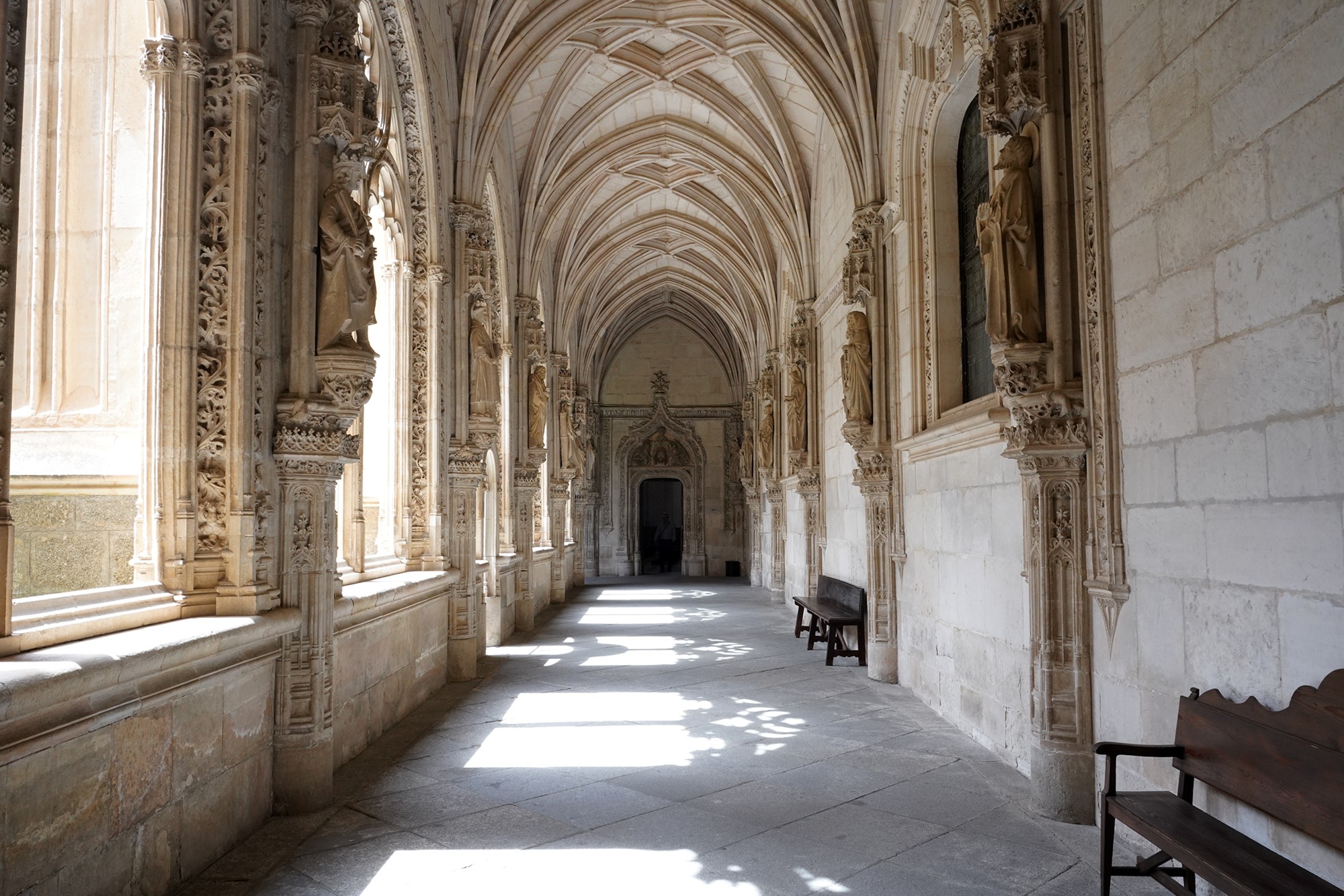
The Monasterio de San Juan de los Reyes is a remarkable example of late Gothic architecture in Spain.
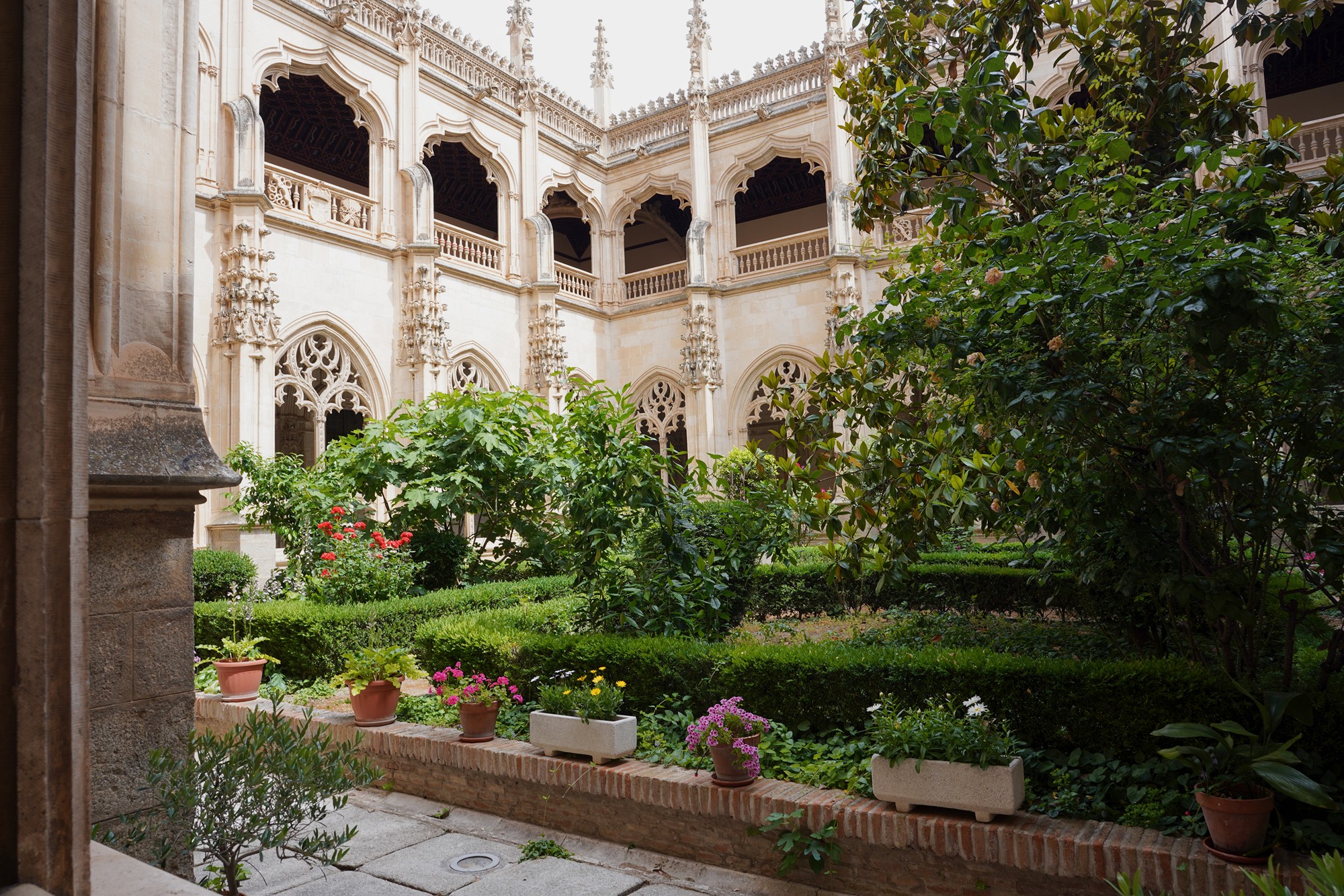
The monastery’s church is known for its elegant simplicity and grandeur.
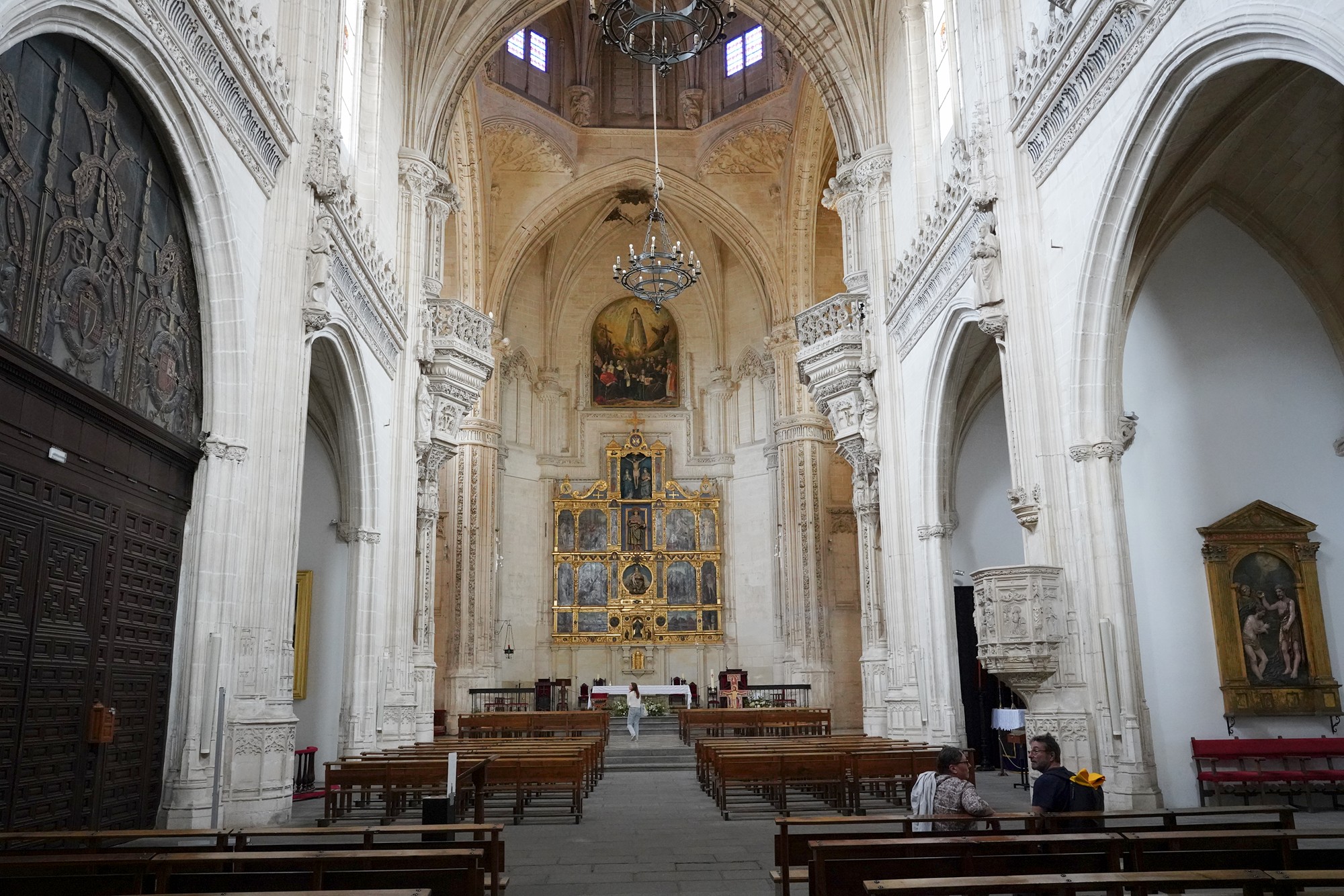

Looking back
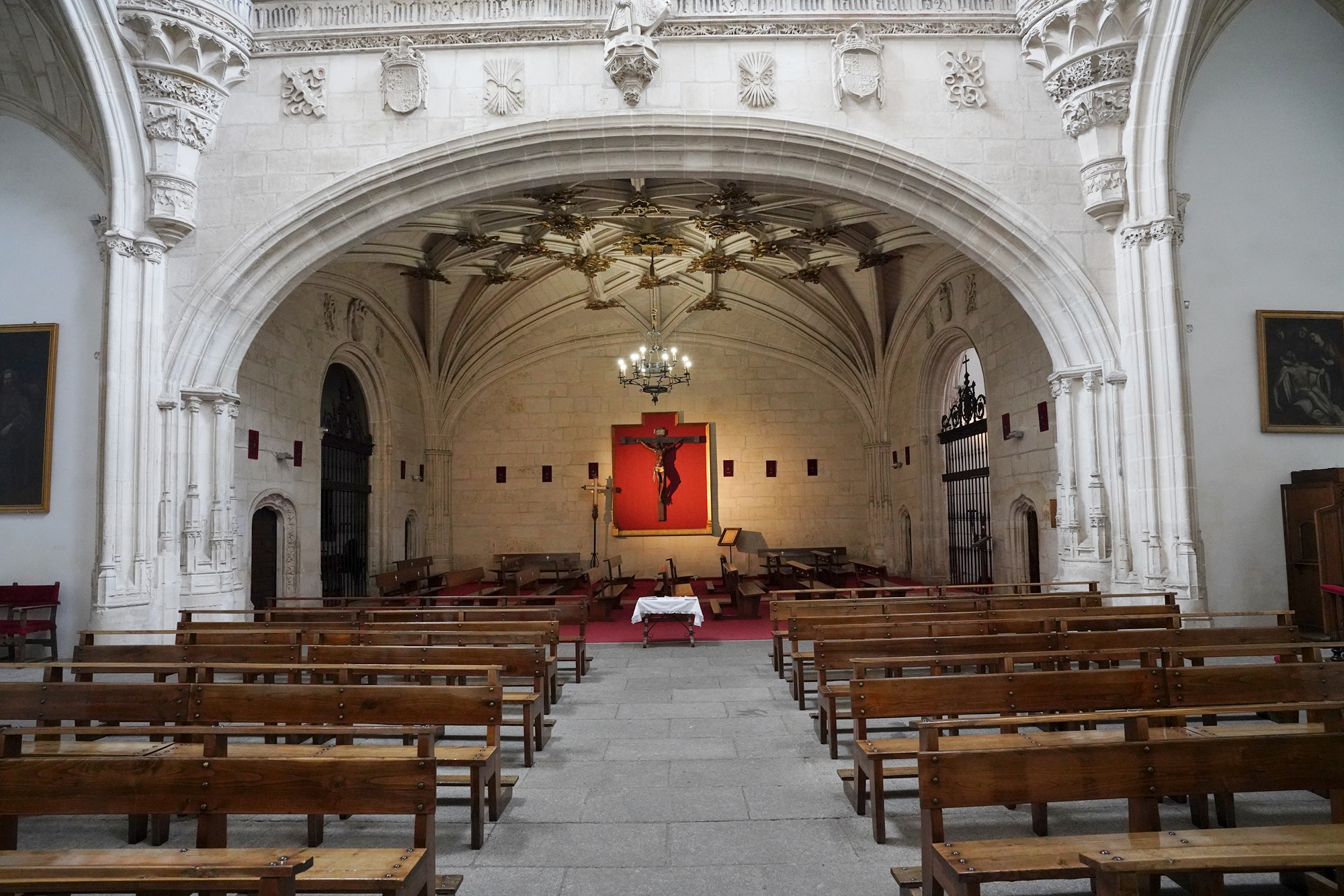

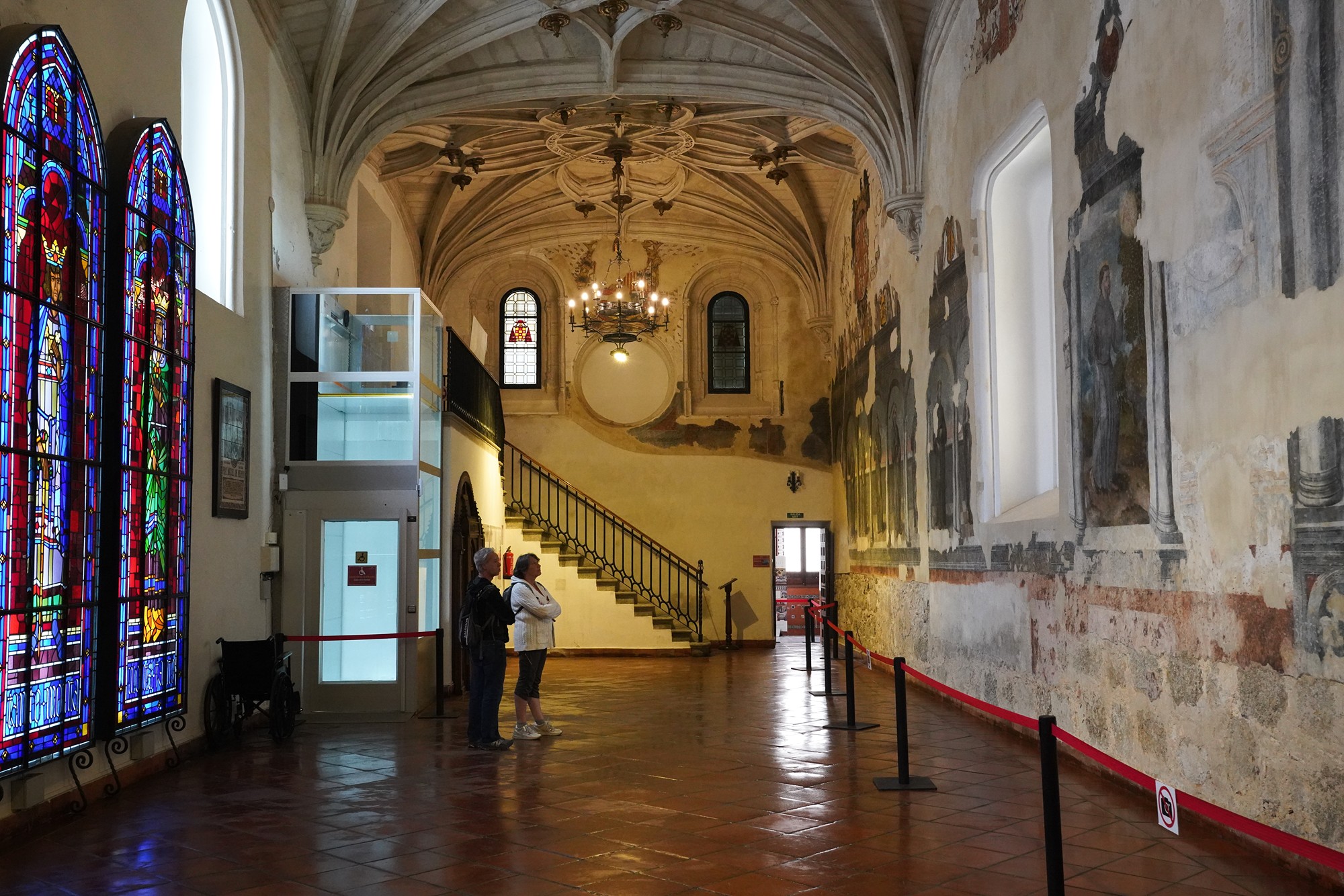
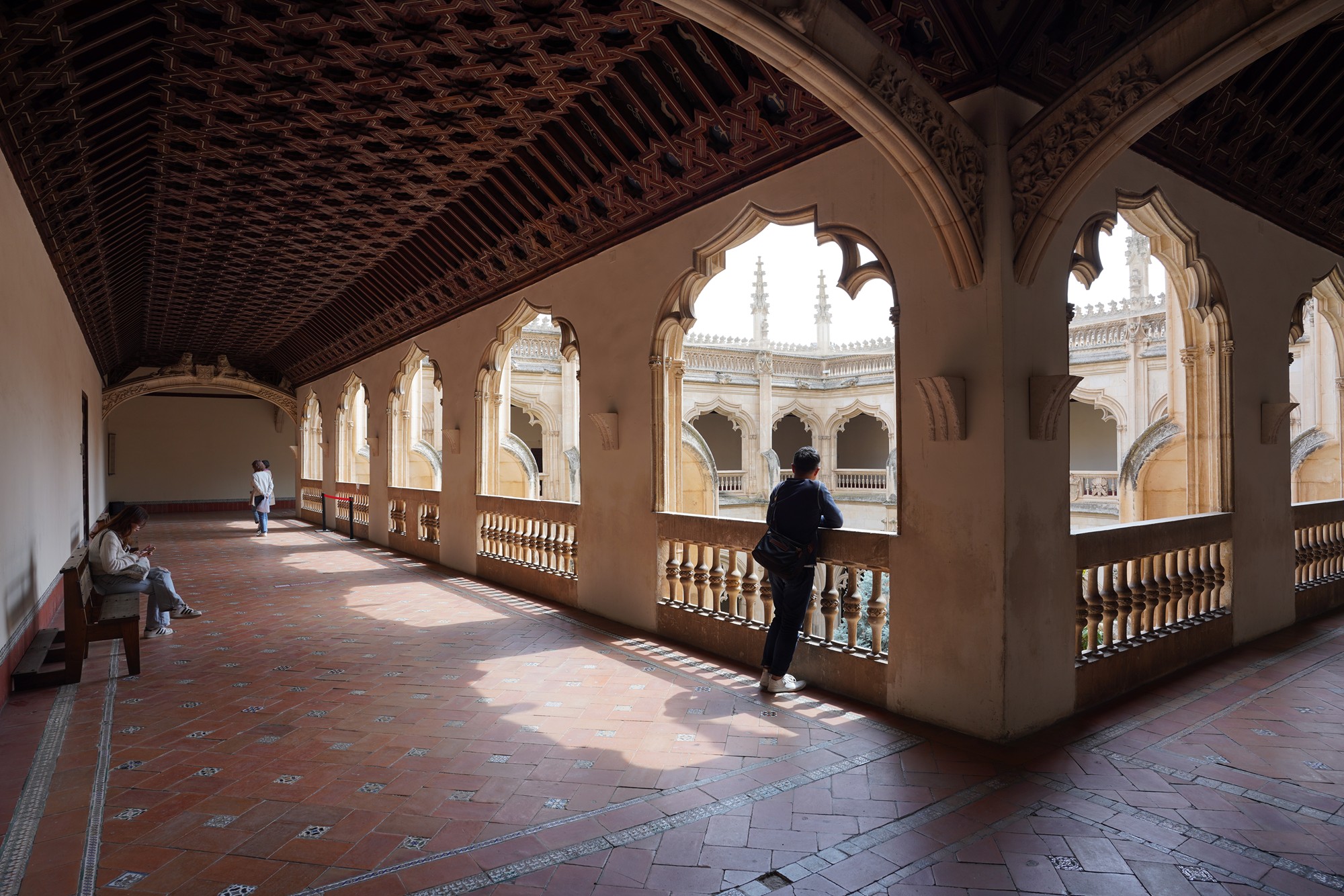
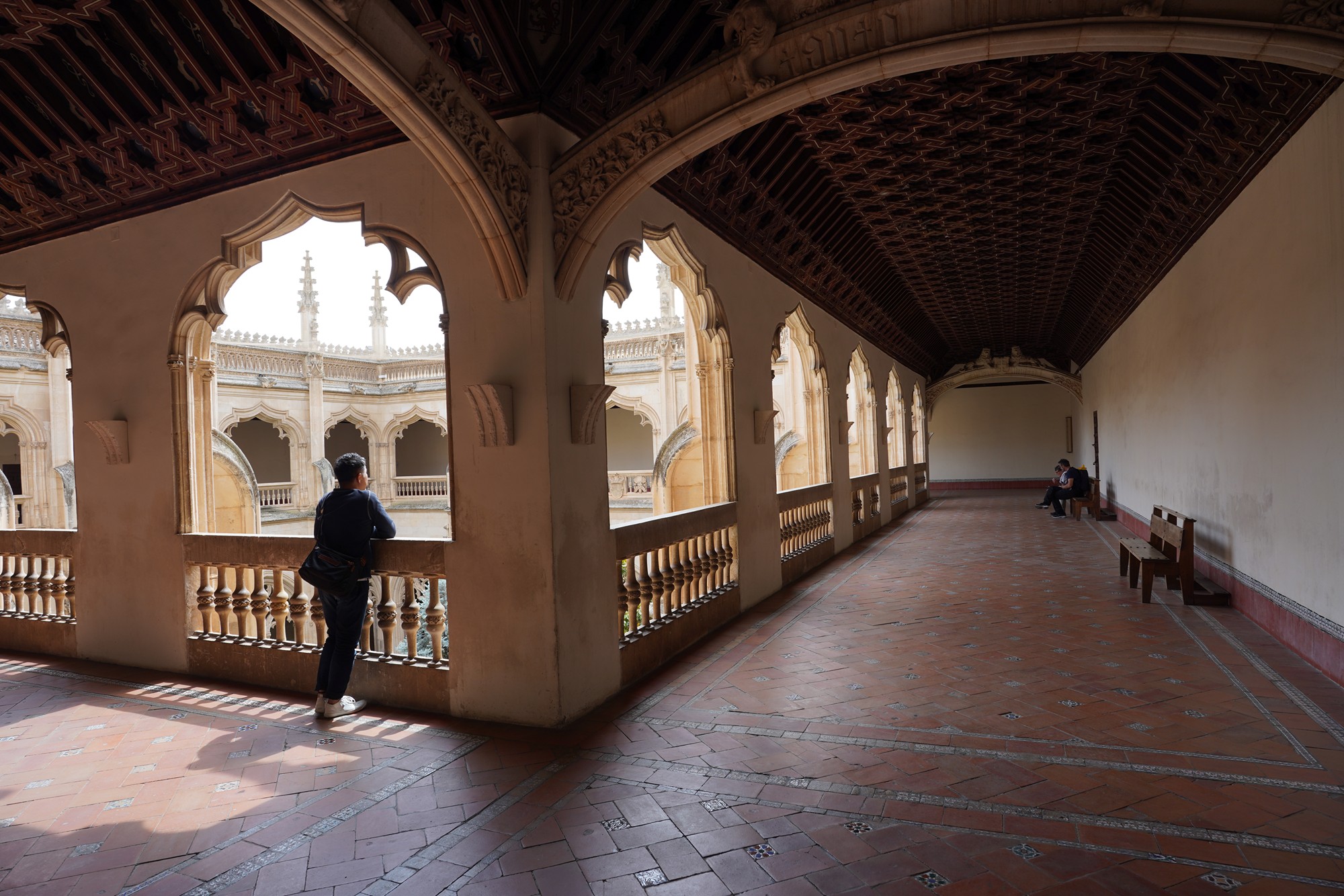
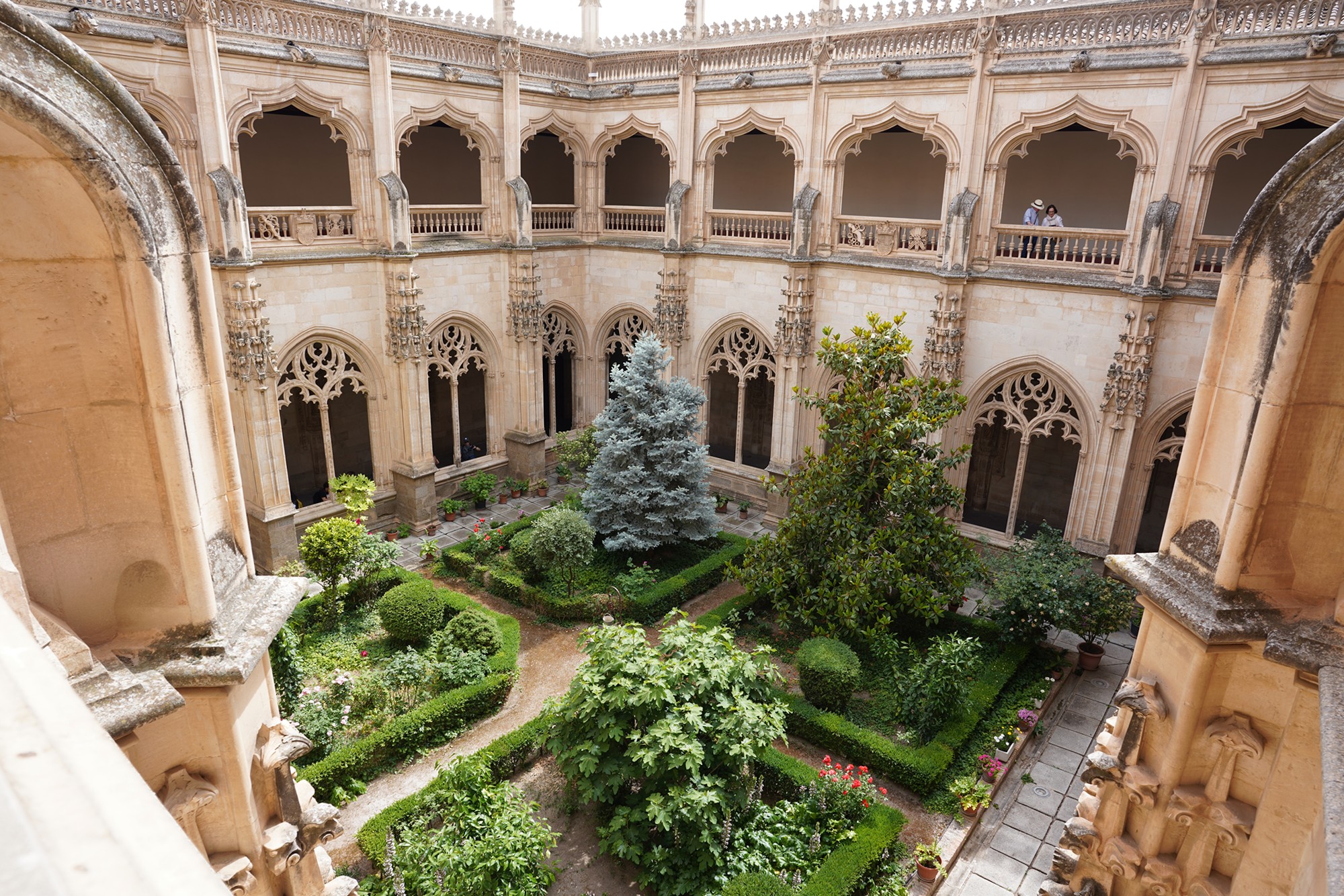
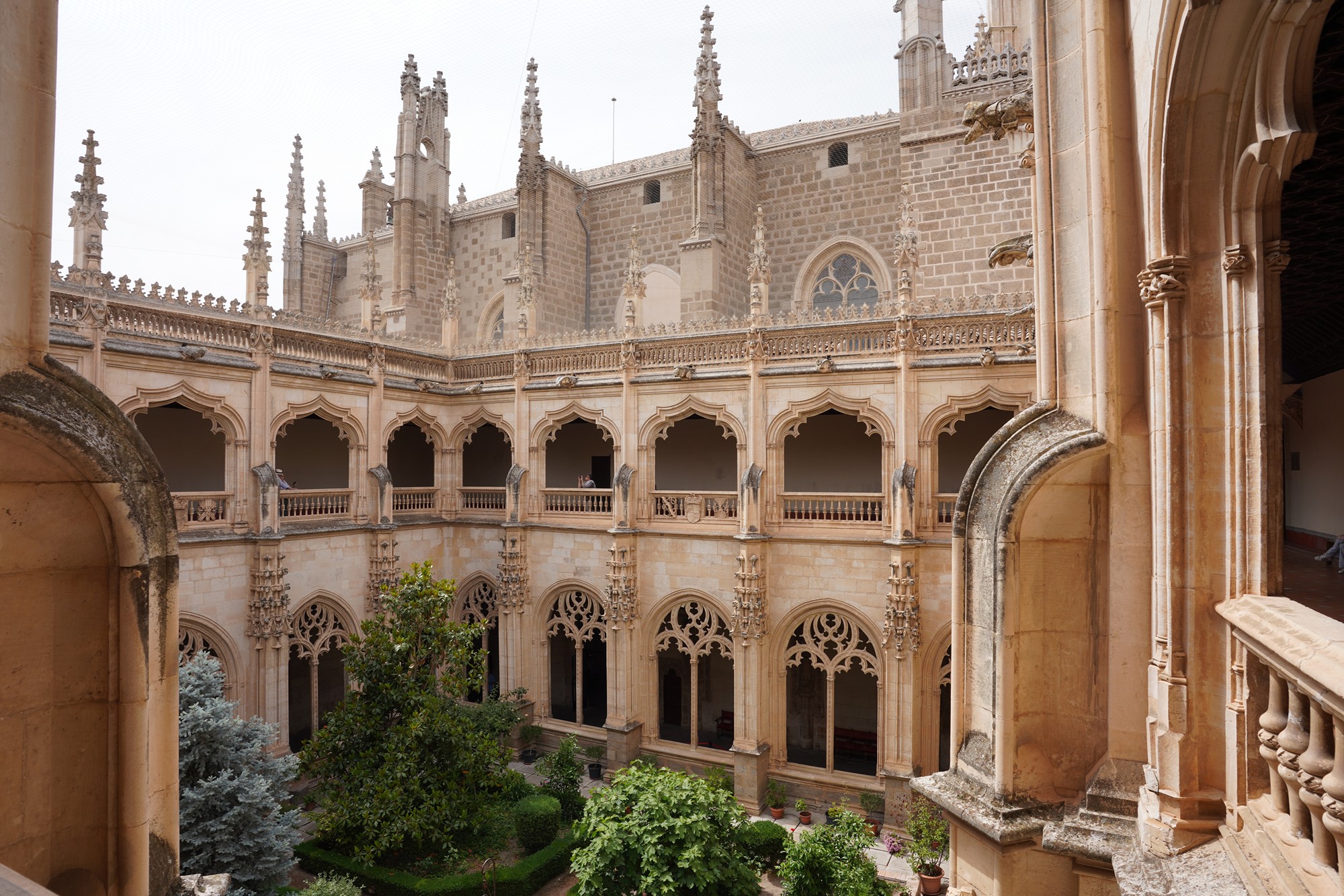
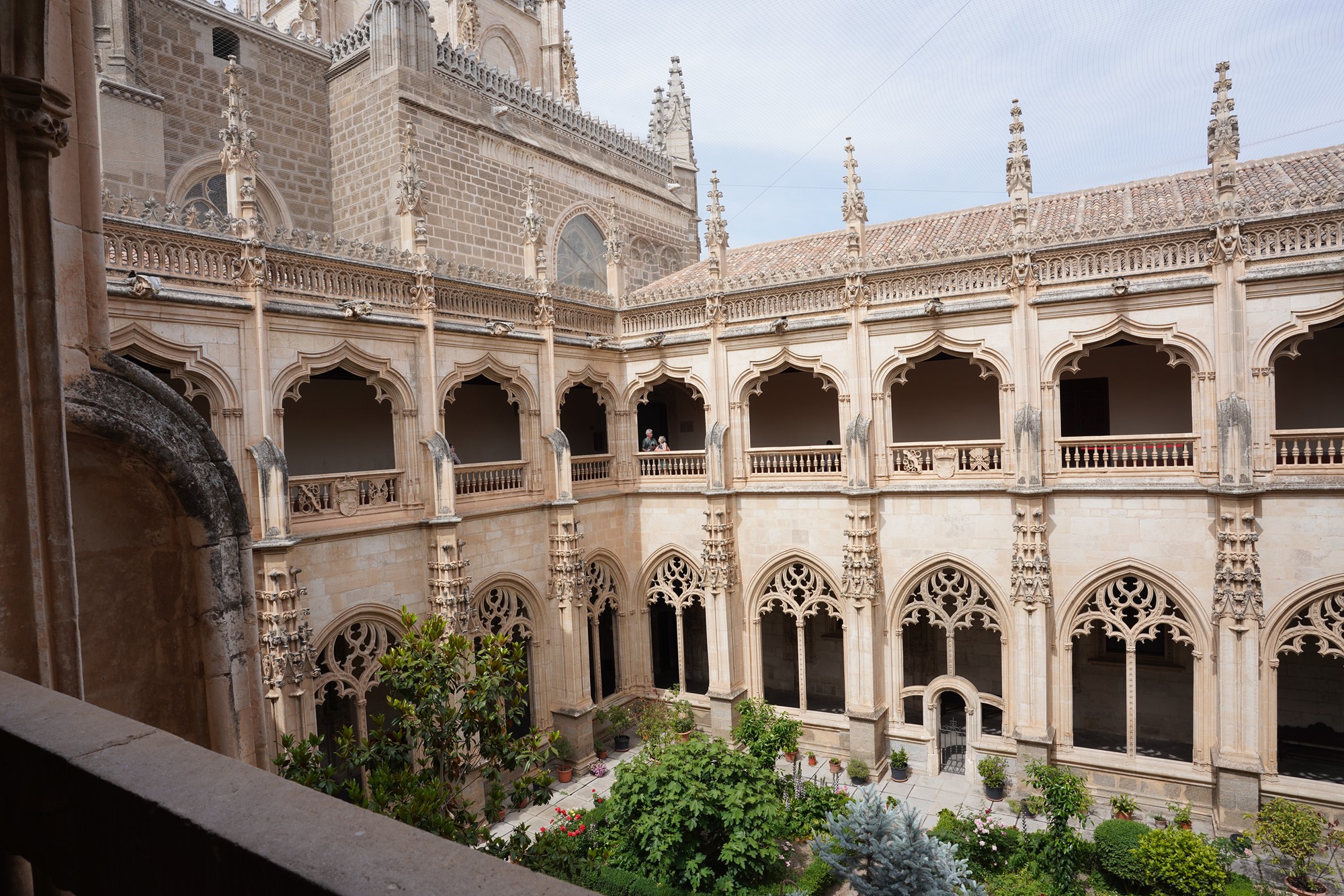
Out from the monastery and walking back to where I started because it is where I stay in Toledo
